Unlike the Samsung Galaxy S23 Ultra, which targets the most demanding users and connoisseurs of unique features, the younger Samsung Galaxy S23 and Galaxy S23+ came out as more mainstream flagship smartphones with everything you need. They feature remarkable AMOLED screens with an adaptive 120Hz refresh rate and high brightness levels, as well as a versatile camera suite that takes good pictures in almost any situation. The smartphones are made of glass and reinforced aluminium, have a nice minimalist design and are protected against dust and water. Battery life is at a typical flagship level, so you don't have to charge more than once a day. Dolby Atmos-enabled stereo speakers are also present.
There are no compromises in performance compared to the Ultra: the smartphones get the same flagship Snapdragon 8 Gen 2 Mobile Platform for Galaxy processor. But it's worth noting that in the younger models, it can overheat a bit under prolonged peak loads. In everyday use, though, you don't have to fear this. The Samsung Galaxy S23 and Galaxy S23+ come in 6.1-inch and 6.6-inch screen diagonals, so everyone can choose the best one for themselves. The more usual one with a bigger screen, or a compact one, of which there are very few available right now.
6 Reasons to Buy Samsung Galaxy S23+ and Galaxy S23:
- Quality AMOLED screens with refresh rates up to 120 Hz and high brightness
- Flagship Qualcomm Snapdragon 8 Gen 2 Mobile Platform for Galaxy
- Minimalistic design, quality materials and water protection
- Universal camera set that shoots well
- Android 13 with a fast and convenient One UI 5.1
- You're looking for a compact flagship (Samsung Galaxy S23)
3 Reasons Not to Buy Samsung Galaxy S23+ and Galaxy S23:
- Noticeable heating under prolonged peak load
- Slow memory in 8/128GB configuration (Samsung Galaxy S23)
What's in the Box?

Expect no bonuses in a flagship smartphone bundle. So together with the Samsung Galaxy S23 and Galaxy S23+ we get the usual Type-C cable and SIM card tray ejection tool. And, of course, the documentation.
Samsung Galaxy S23 and Galaxy S23+ Design

Last year, the top model Samsung Galaxy S22 Ultra got a slightly updated design, and the Samsung Galaxy S22 and Galaxy S22+ were quite similar to the Galaxy S21 range. That same year, Samsung brought the entire flagship range to a single, minimalist style. The differences on the front, if any, are minimal. So we have the usual monoblocks, the whole front panel of which is taken by screens. It looks like the already very thin borders around the display have become even smaller. The corners of the screen are rounded which repeat the shape of the case. The screens are completely flat, without rounding of the protective glass. Which, by the way, both front and rear are Corning Gorilla Glass Victus 2, just like the 'main' flagship Ultra. The front camera is traditionally in a small round hole.

The smartphones frame is made of reinforced aluminium. Samsung claims it is durable and scratch-resistant. The frame is glossy and has a rounded shape. It's silver on the lighter models and matches the colour of the back panel on the darker ones. The buttons are located in the usual place, on the right edge. They are quite large, and their height is comfortable to use with either hand. And that goes for both the compact Samsung Galaxy S23 and the larger Galaxy S23+.




The only useful thing on the top edge of the smartphones is an additional microphone. On the bottom there are the main speaker, USB Type-C socket, slot and two microphones, like the Ultra model. Last year's flagships had one microphone each on the bottom. It's hard to say how much of a positive effect the extra microphone will have on voice transmission or sound recording. Anyway, there were no problems with it before.

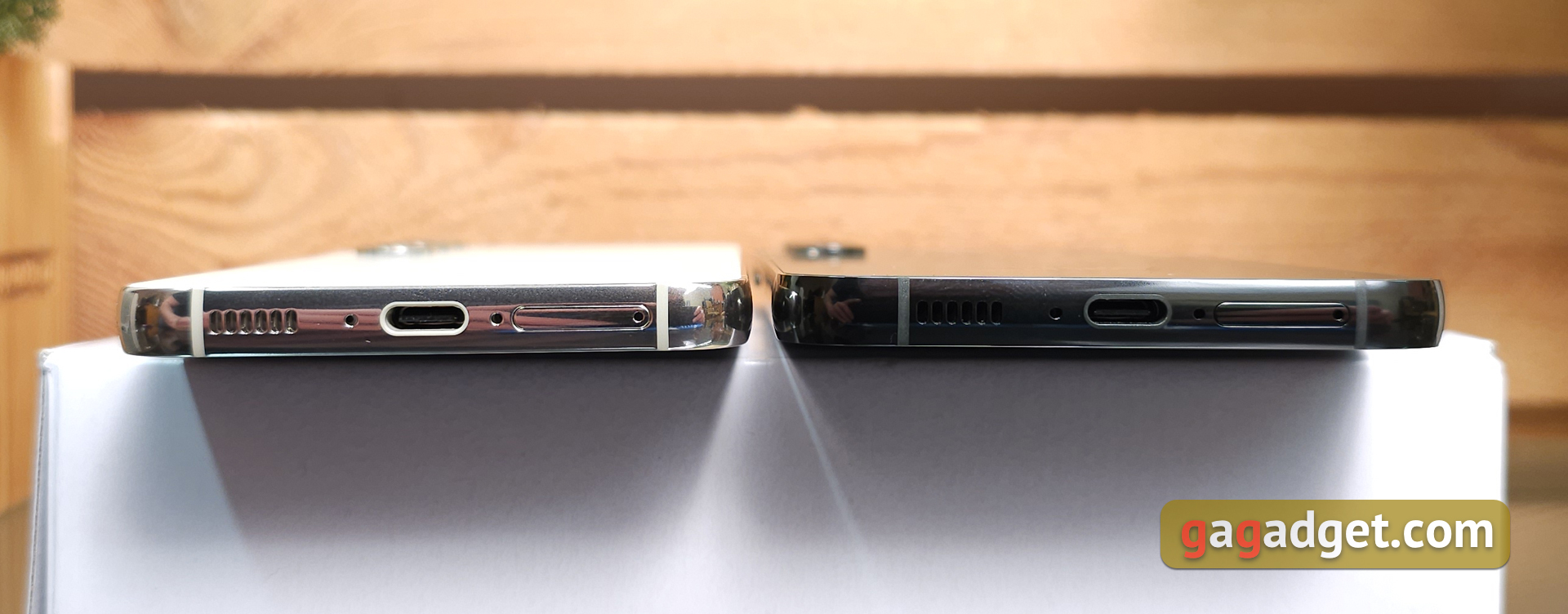


Tray without surprises: it holds two SIM cards. There is also eSIM support. MicroSD slots seem to be forgotten about, in the flagships for sure. Yes, it makes one think hard about the required capacity before buying. But there's some logic to it, too: internal storage in smartphones wins out over memory cards by a wide margin in terms of speed.

The main design changes are at the back. Now instead of a common metal camera unit we have three separate vertically placed lenses of the same shape and size. The situation with the frame colour is similar to the frame: either silver or the same colour as the smartphone. Overall, it looks good. But, as with the Ultra, the cameras stick out quite a bit. The paint can rub off. The back cover glass is matte and pleasant to the touch. On light models there are no prints at all, on dark models there are some, but not critical and does not spoil the overall look. The colour options are black, lavender, cream and green. We had cream and green. It all depends solely on personal preference. But it's unfortunate that they decided to change the green from the grey-green in Samsung Galaxy Fold4. In my opinion, it was much better.
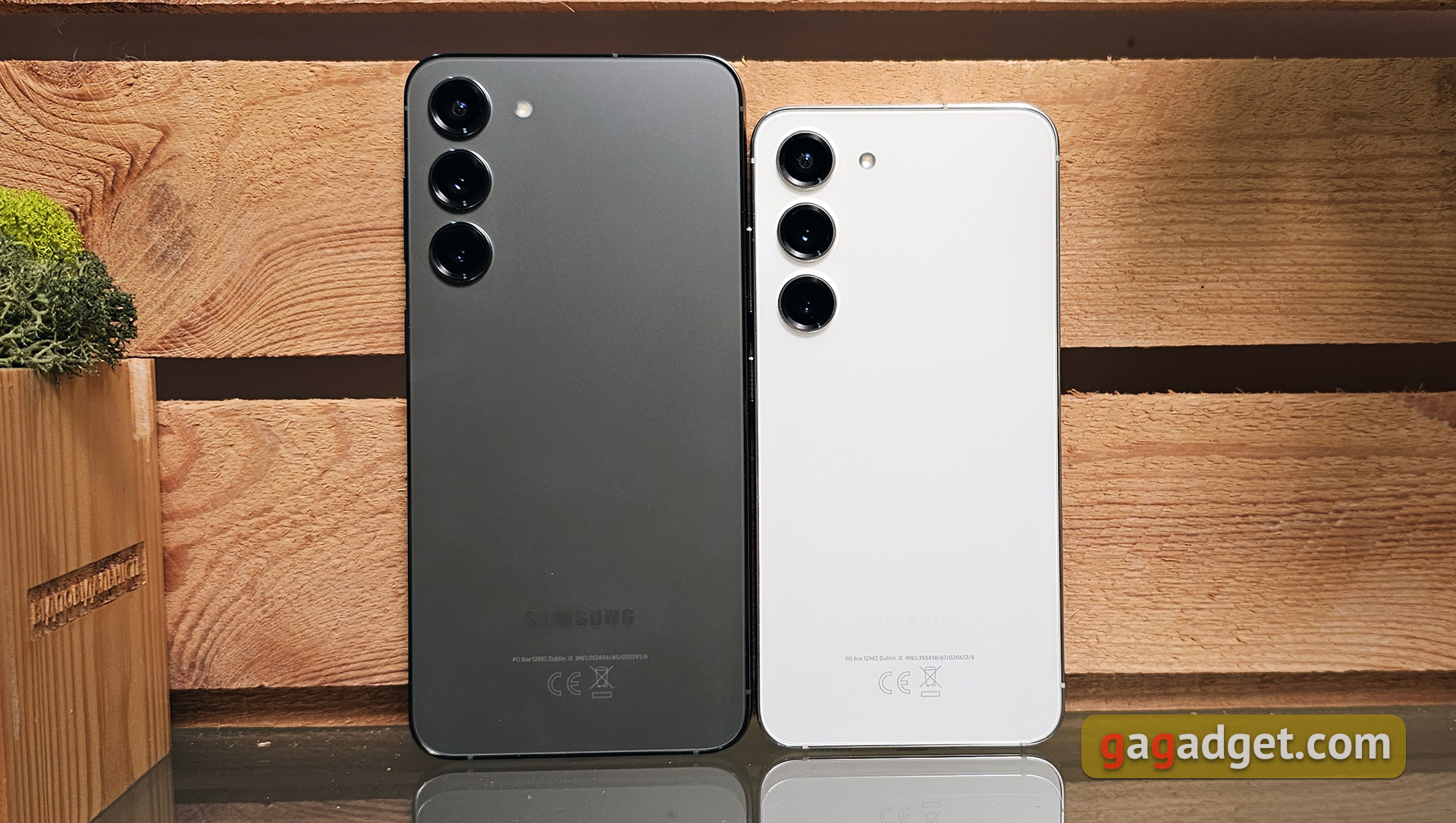
The new Samsung Galaxy S23 and Galaxy S23+ didn't get any extraordinary design solutions, but they look stylish and expensive. They feel quite solid and monolithic in the hand. Regarding the size, again, it's a matter of personal taste. But it is very encouraging that Samsung is not giving up on the compact model. Flagships with large displays abound. Only the iPhone 14 can be mentioned, which will not interest the Android fans. And also ASUS Zenfone 9.
Samsung Galaxy S23 and Galaxy S23+ Screens
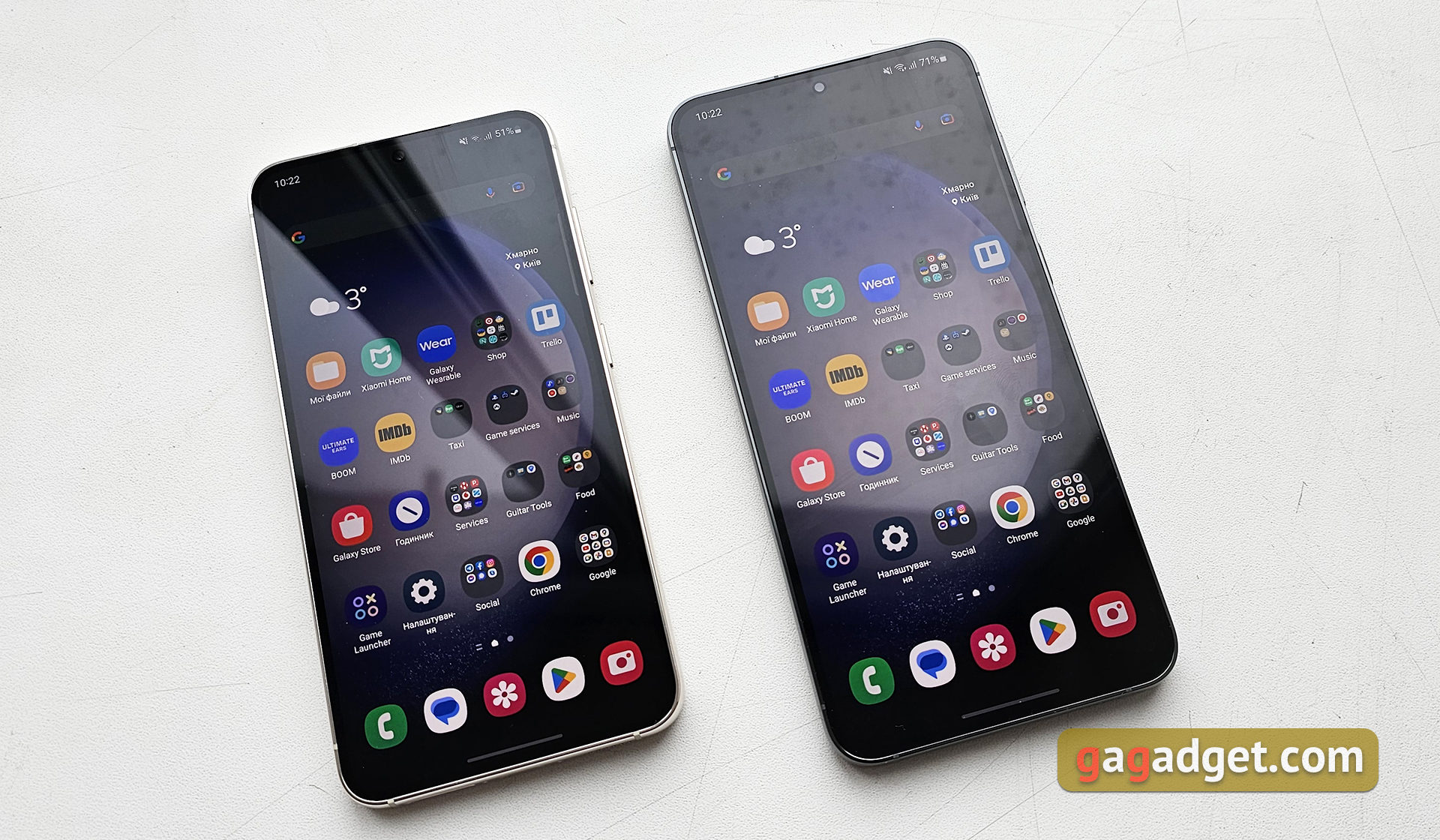
Samsung Galaxy S23 and Galaxy S23+ use Dynamic AMOLED 2X displays with a resolution of 2340x1080 (aspect ratio - 19.5:9), refresh rate 48-120 Hz and sensor readout frequency 240 Hz. The Galaxy S23 display has a diagonal of 6.1 inches and a pixel density of 422 ppi. It is one of the most compact flagships today. The Galaxy S23+ has a 6.6-inch display and a pixel density of around 390 ppi. The screens support HDR10+, colour coverage of 100% DCI-P3 colour space and peak brightness 1750 cd/m2.
There were generally no complaints about the displays of last year's flagships. This year too, everything is fine: a rich picture, a very high level of maximum brightness and maximum viewing angles.
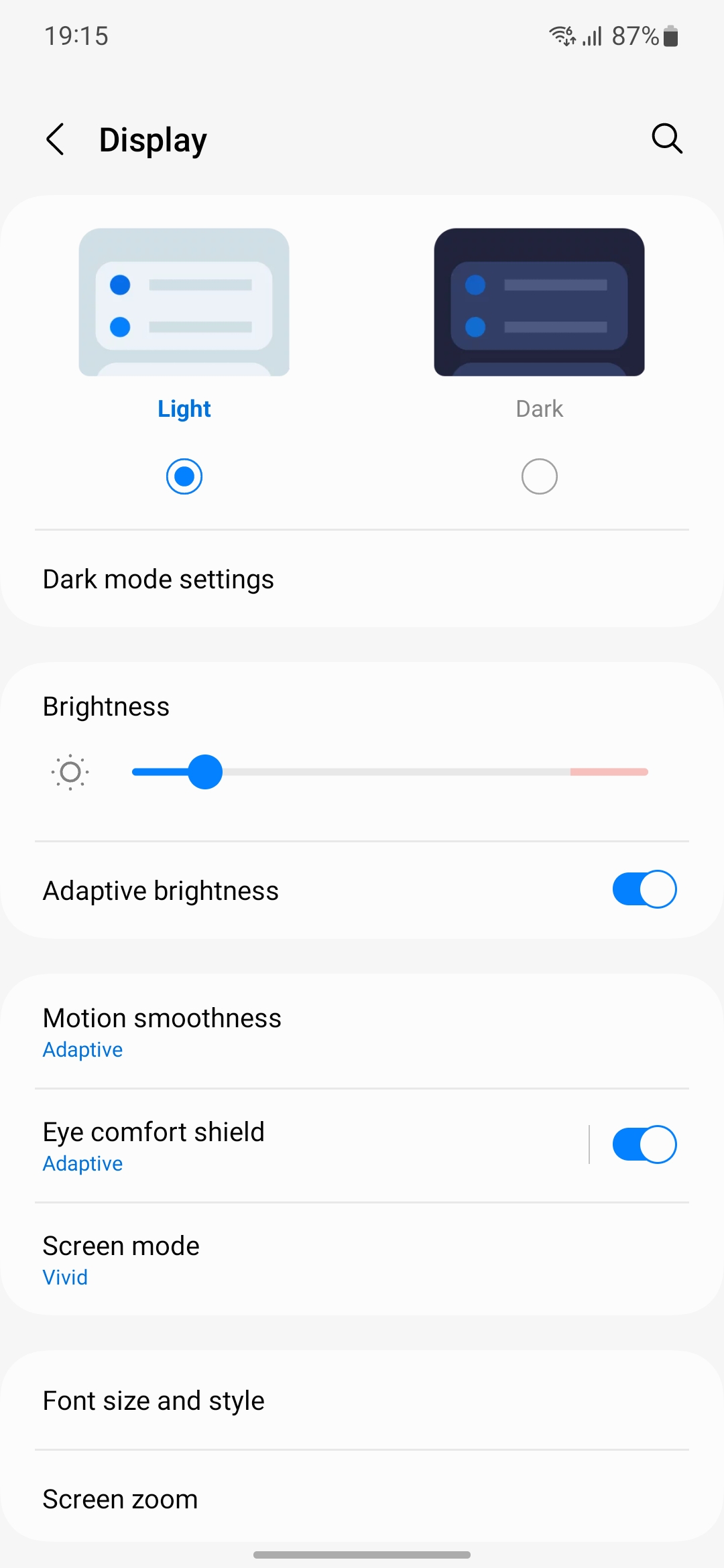
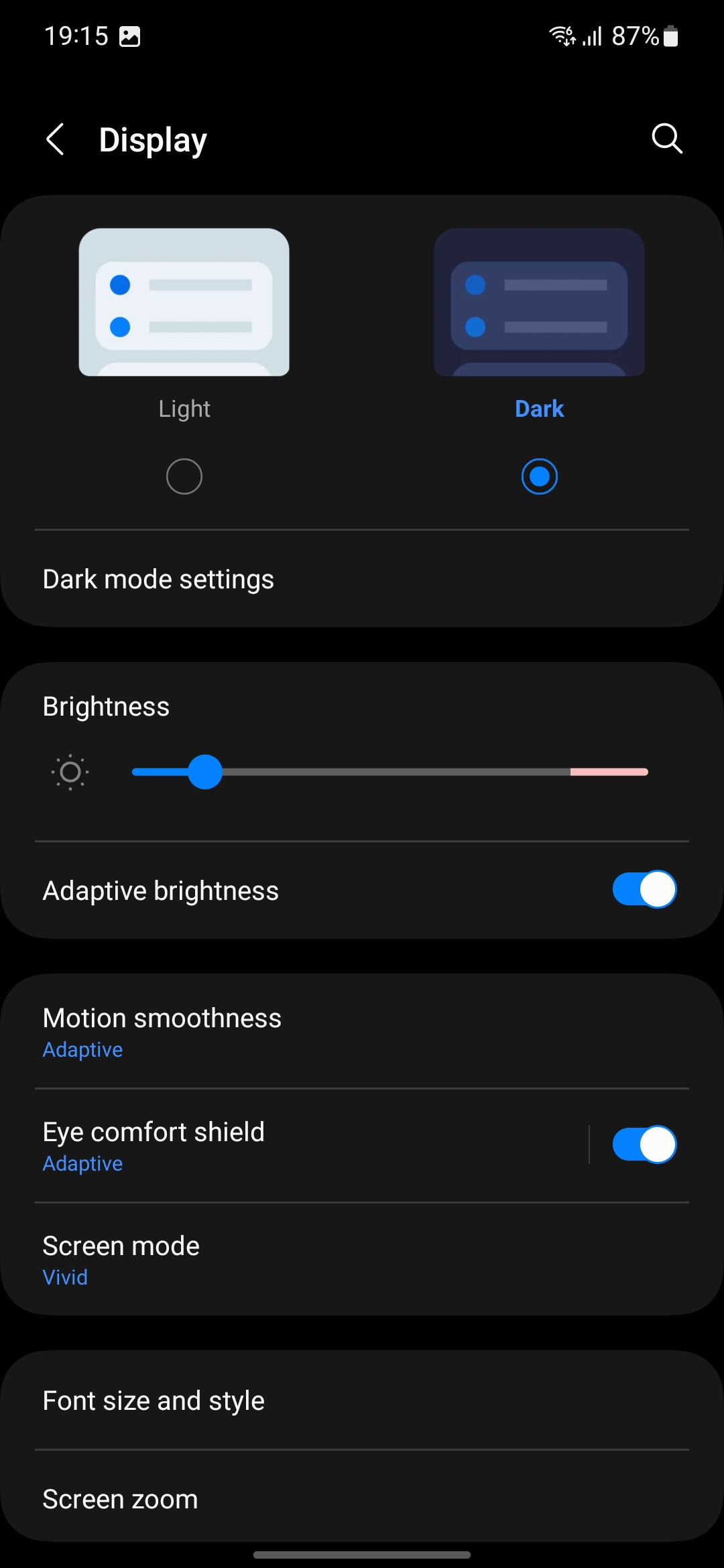
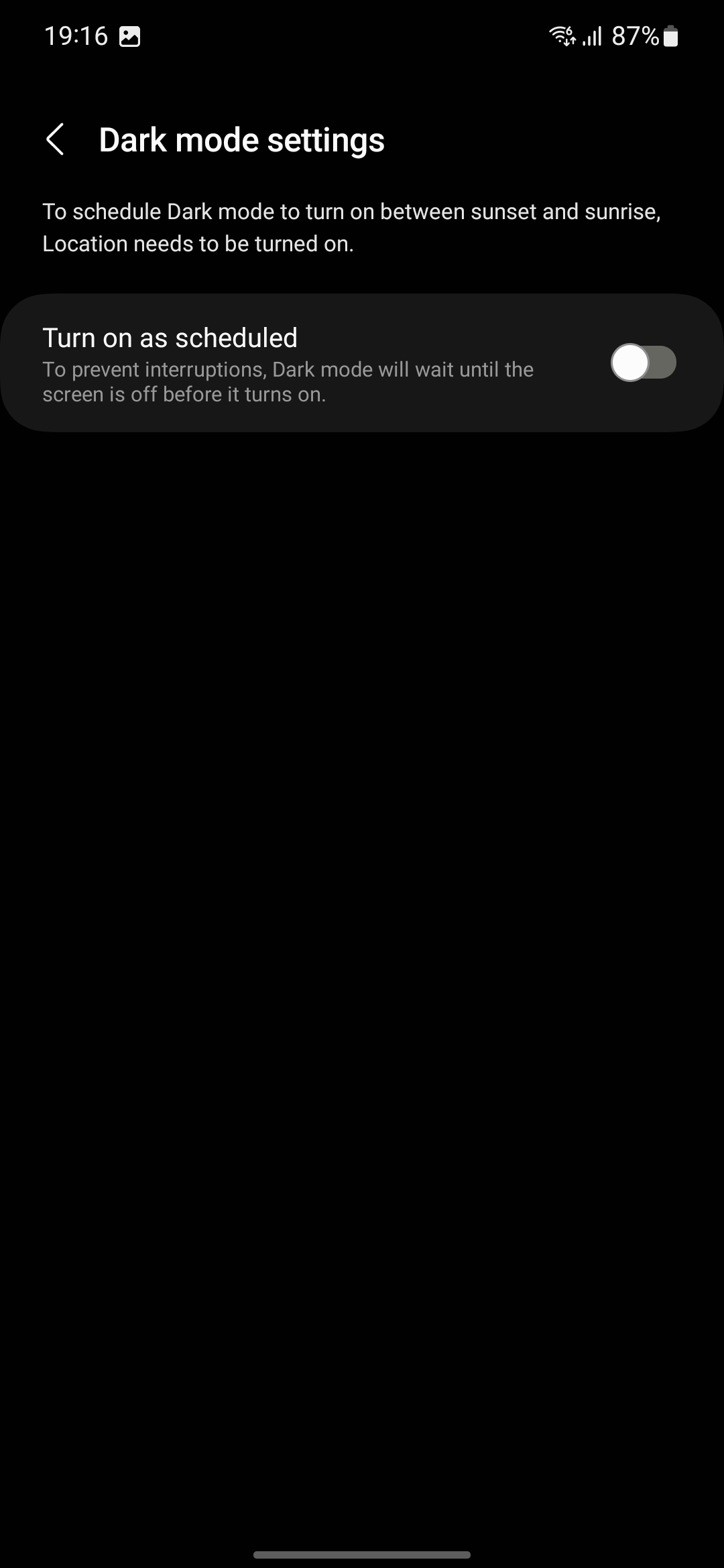
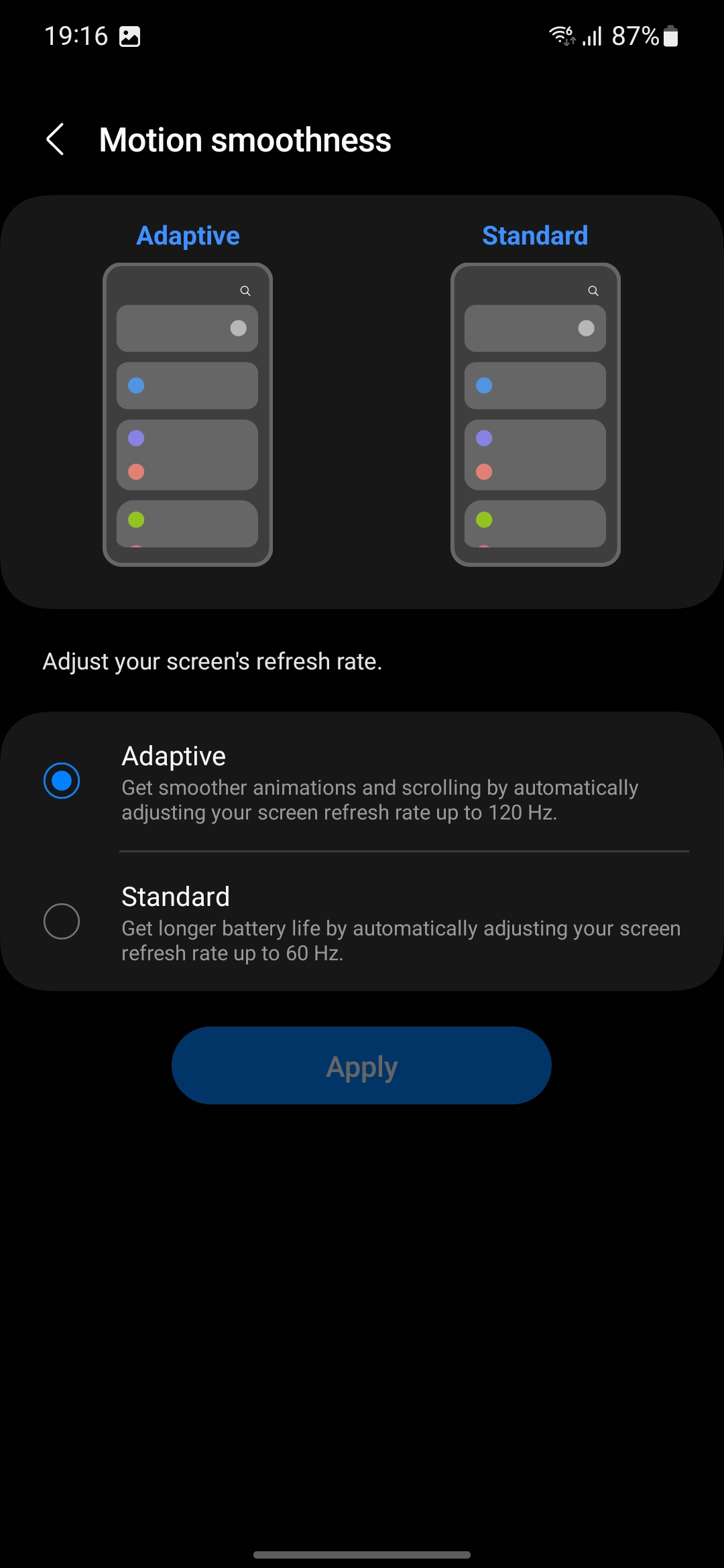


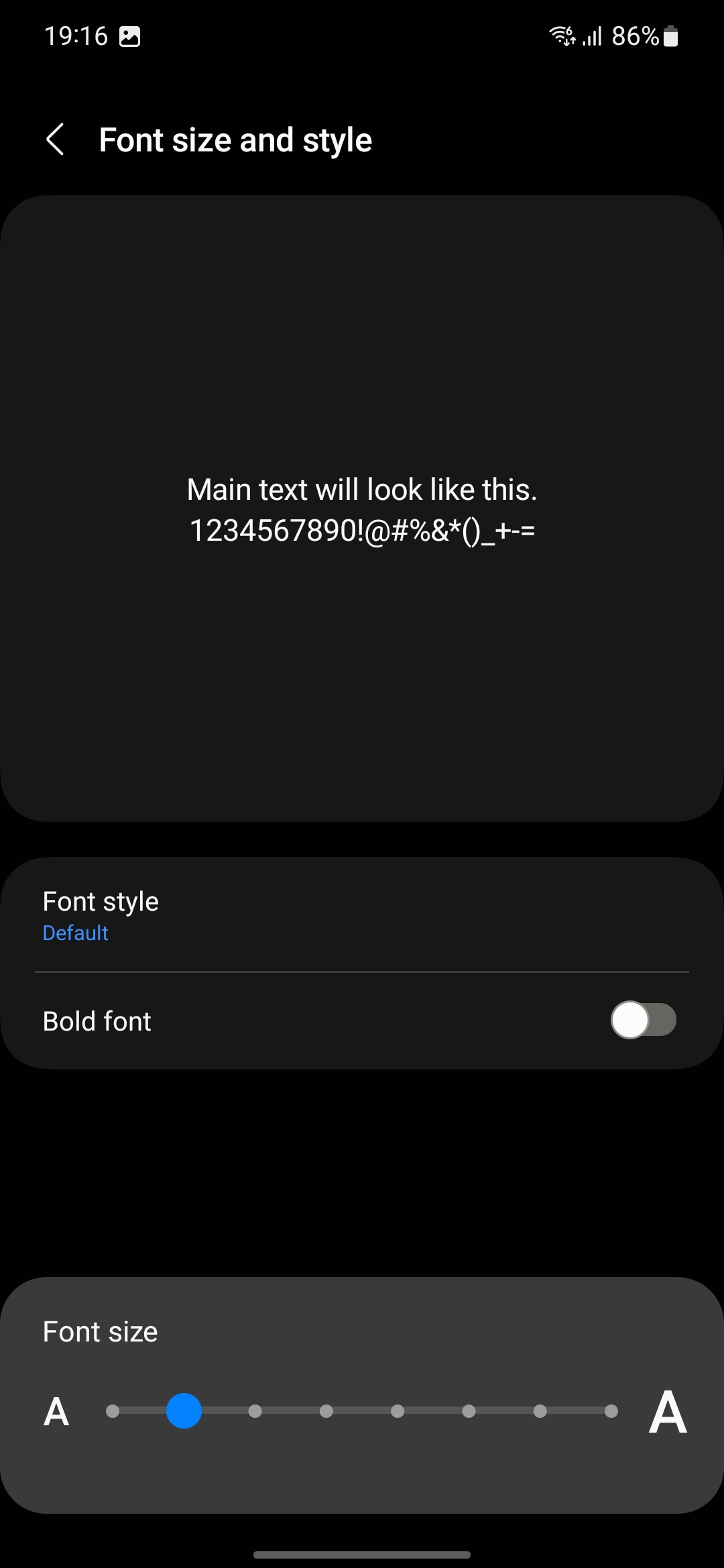
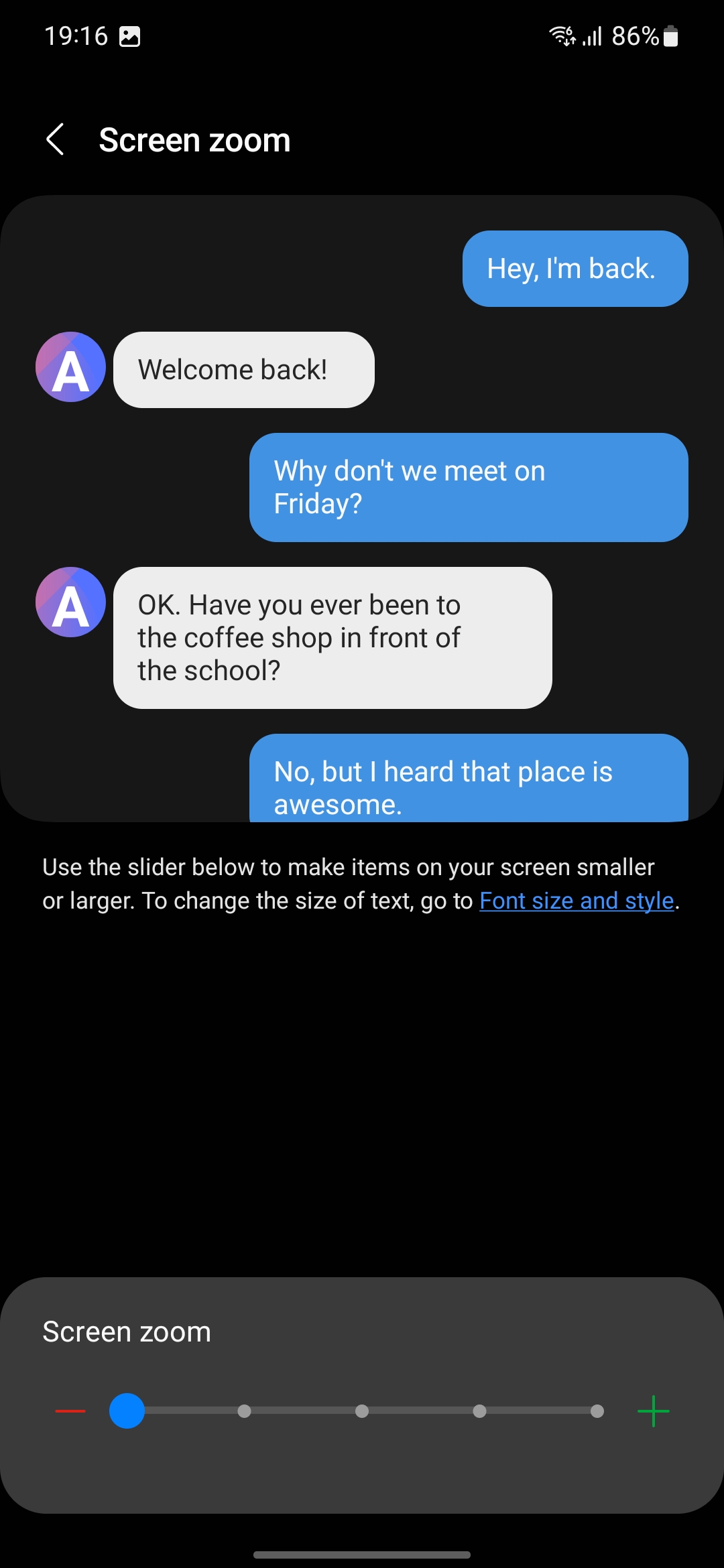
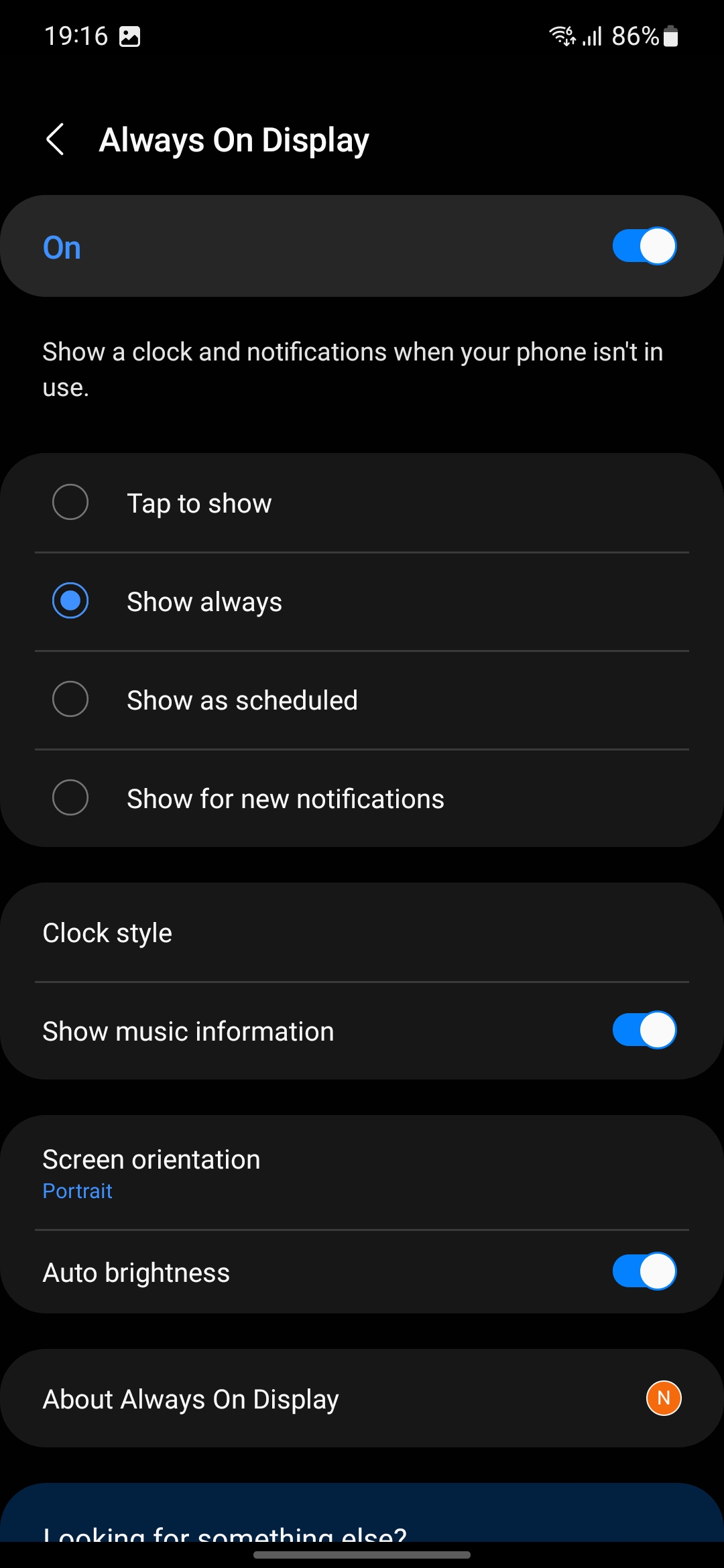











The set of settings is similar to all the latest Samsung flagships: the choice of light or dark theme with the ability to turn on a schedule, brightness, scale of interface elements, font size, "eye comfort" (automatic adjustment of colour temperature depending on ambient light), colour display modes (rich and natural), update rate and Always on Display:
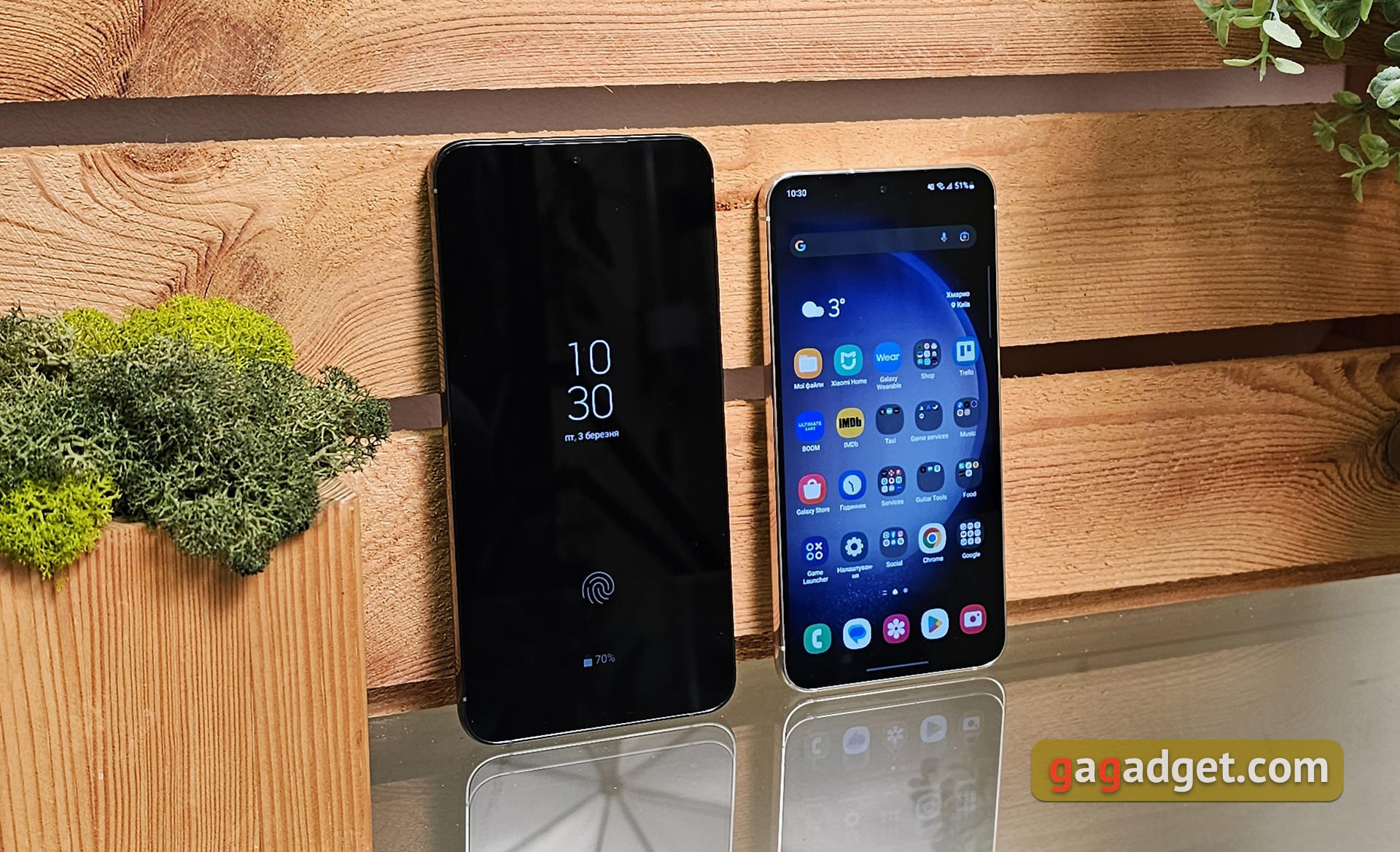
Maximum screen brightness Sa765 cd/m2, colour coverage is significantly wider than the sRGB colour space, all values are very close to the reference values, including colour temperature and RGB colour values.










In 'Natural' mode the colour coverage is close to sRGB, although slightly off. Maximum brightness is lower: 629.093 cd/m2. Colour reproduction is also quite accurate.
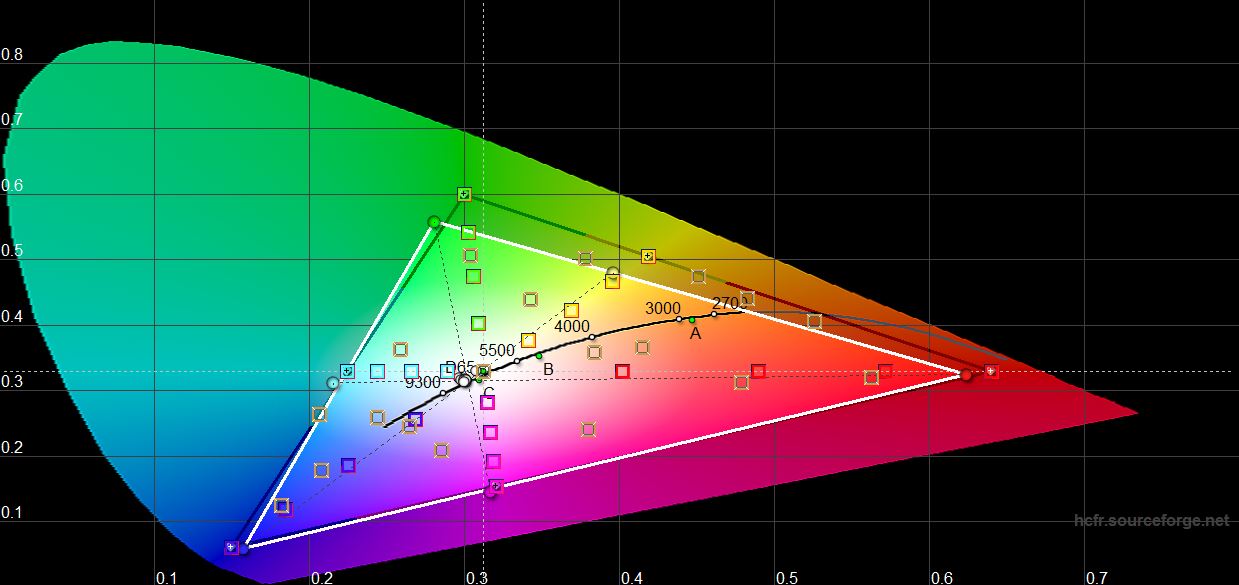



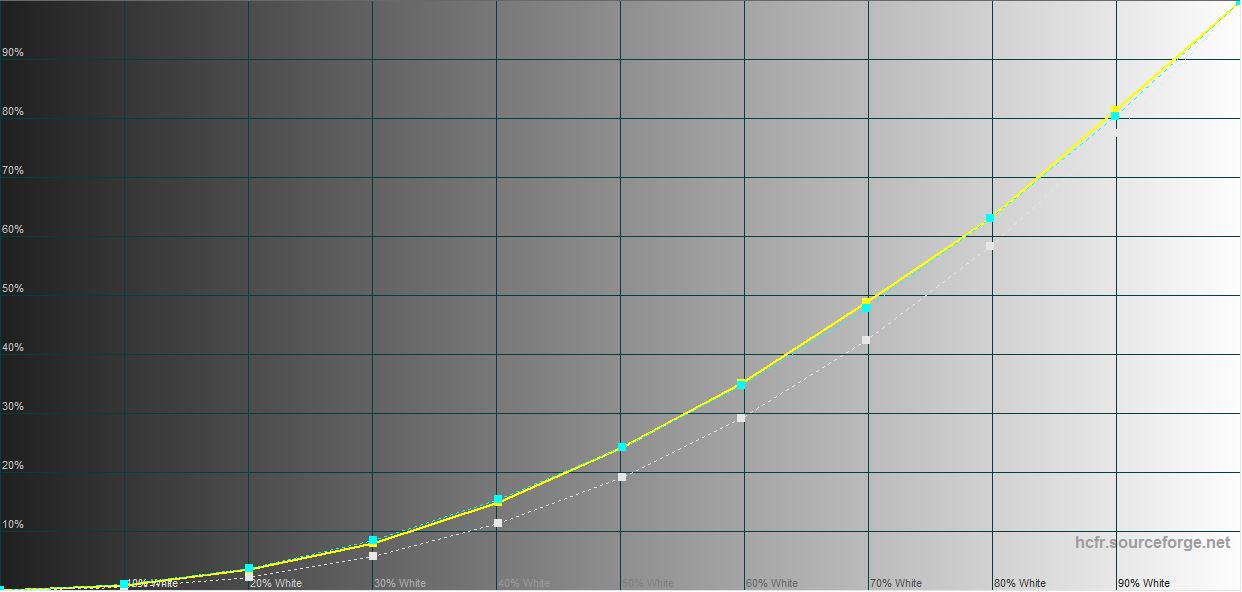





The brightness of the Samsung Galaxy S23+ screen is almost the same. In "Rich" mode it is 670.598 cd/m2. Meanwhile, colour rendering is also close to the Galaxy S23:
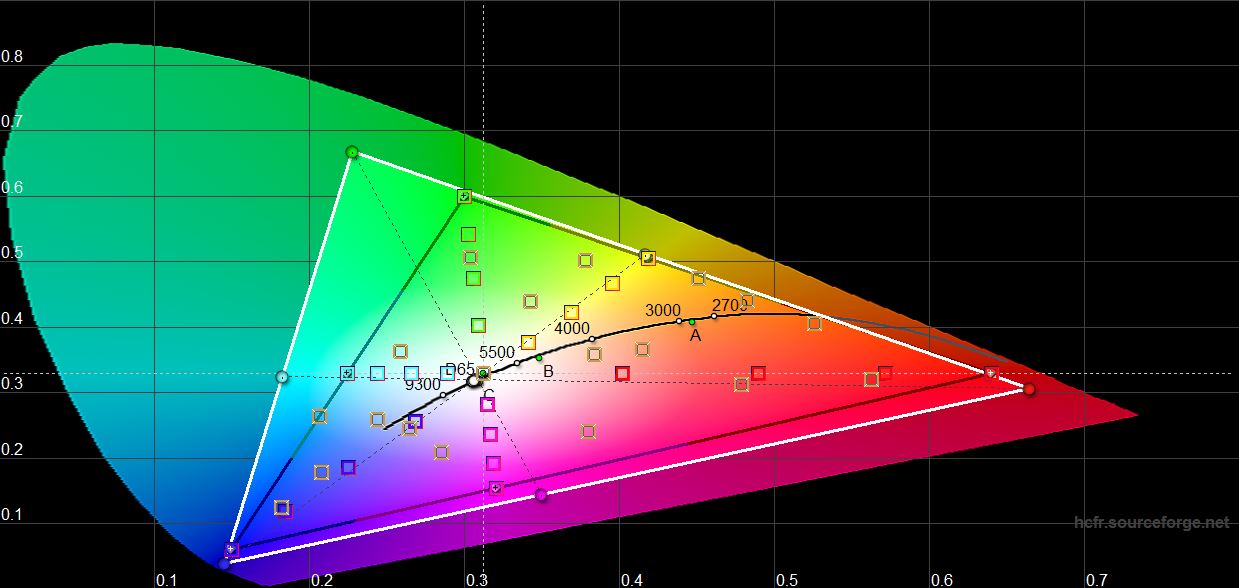



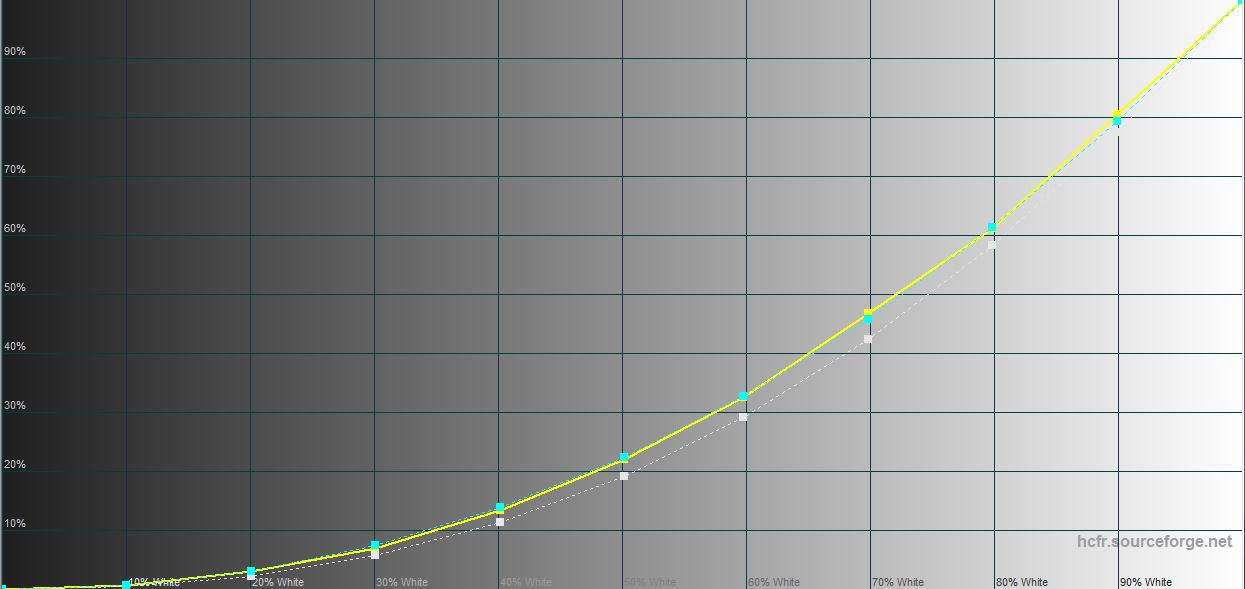





Brightness in "Natural" mode: 641.507 cd/m2. Colour reproduction is also close to the S23, which makes sense.

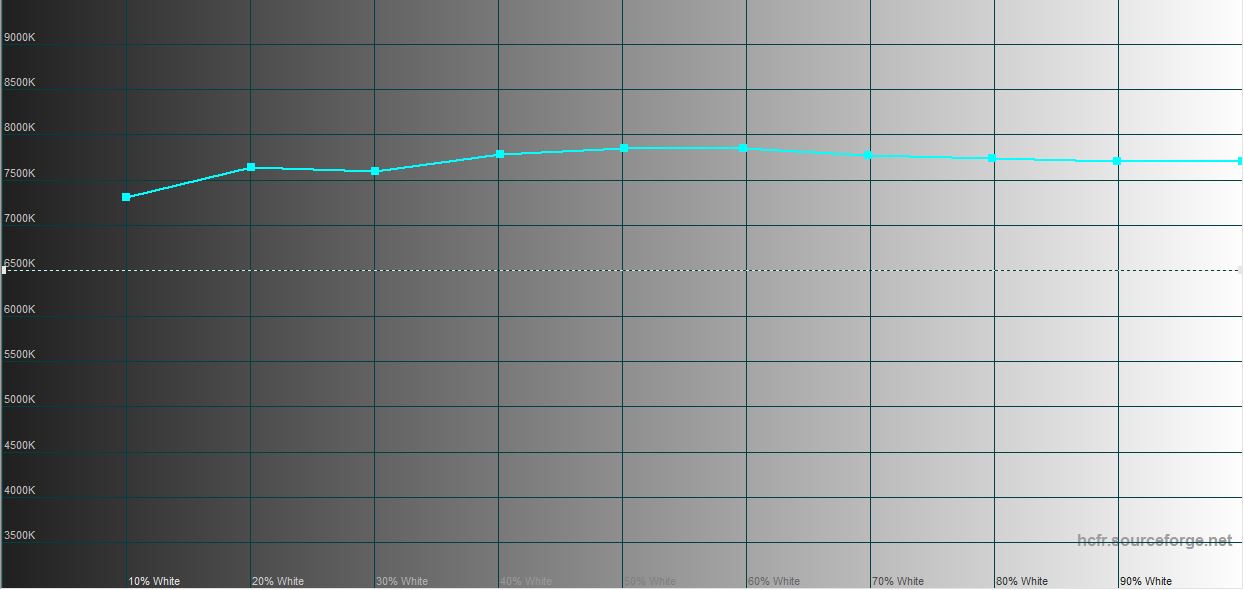
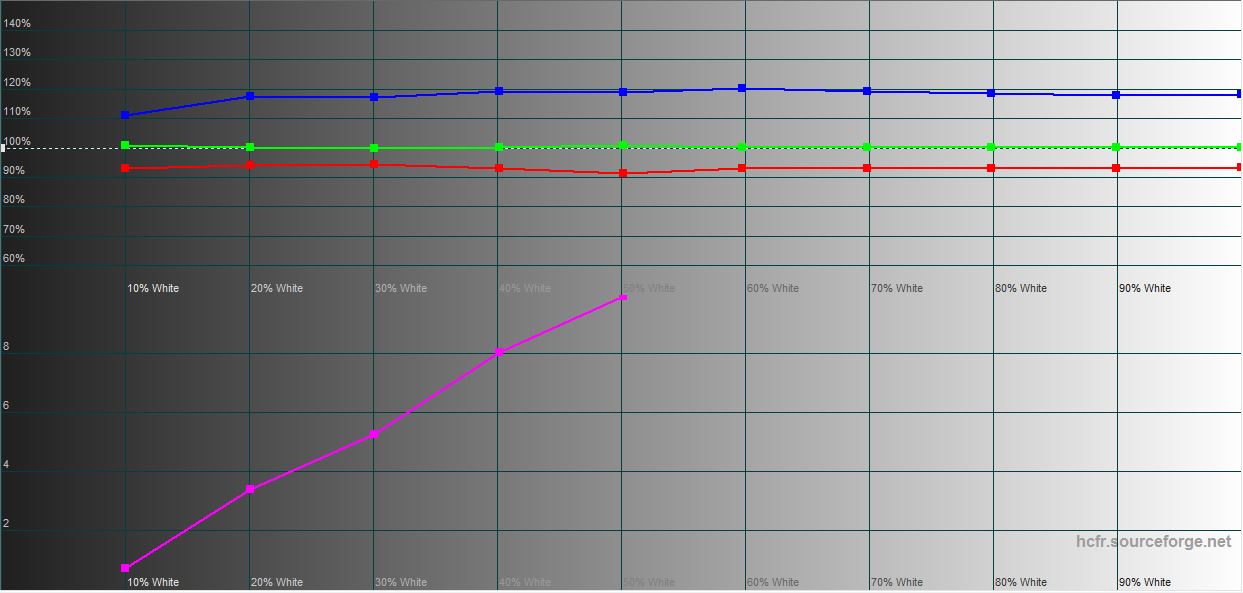
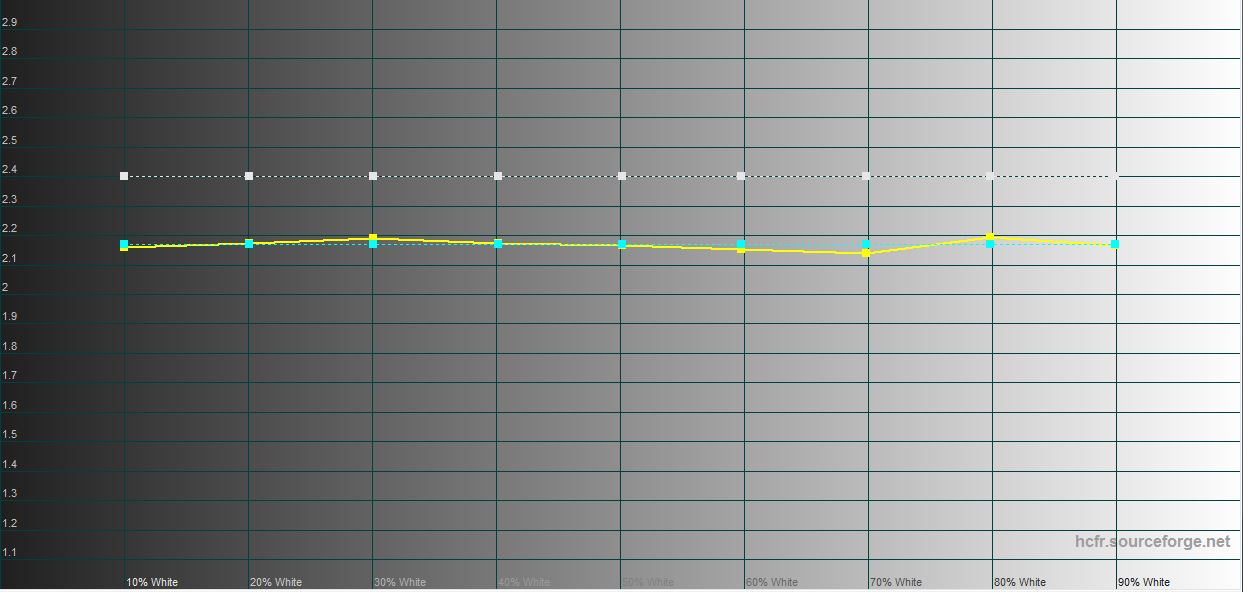






Comparison with other models:
| Device Name | White Field Brightness, cd/m2 |
Black Field Brightness, cd/m2 |
Contrast |
|---|---|---|---|
| Samsung Galaxy S23+ | 670.598 | 0 | ∞ |
| Samsung Galaxy S23 | 681.765 | 0 | ∞ |
| Samsung Galaxy S23 Ultra | 696.675 | 0 | ∞ |
| Samsung Galaxy S22 Ultra | 688.649 | 0 | ∞ |
| Samsung Galaxy Z Flip3 | 460.6 | 0 | ∞ |
| Samsung Galaxy Z Fold3 | 479.32 | 0 | ∞ |
| Xiaomi 11T Pro | 493.872 | 0 | ∞ |
| ASUS ROG Phone 5 | 482.347 | 0 | ∞ |
| Samsung Galaxy S21+ | 437.906 | 0 | ∞ |
| Sony Xperia 1 | 394.97 | 0 | ∞ |
| Huawei P30 Pro | 447.247 | 0 | ∞ |
| Samsung Galaxy S10 | 378.72 | 0 | ∞ |
How to Unlock?
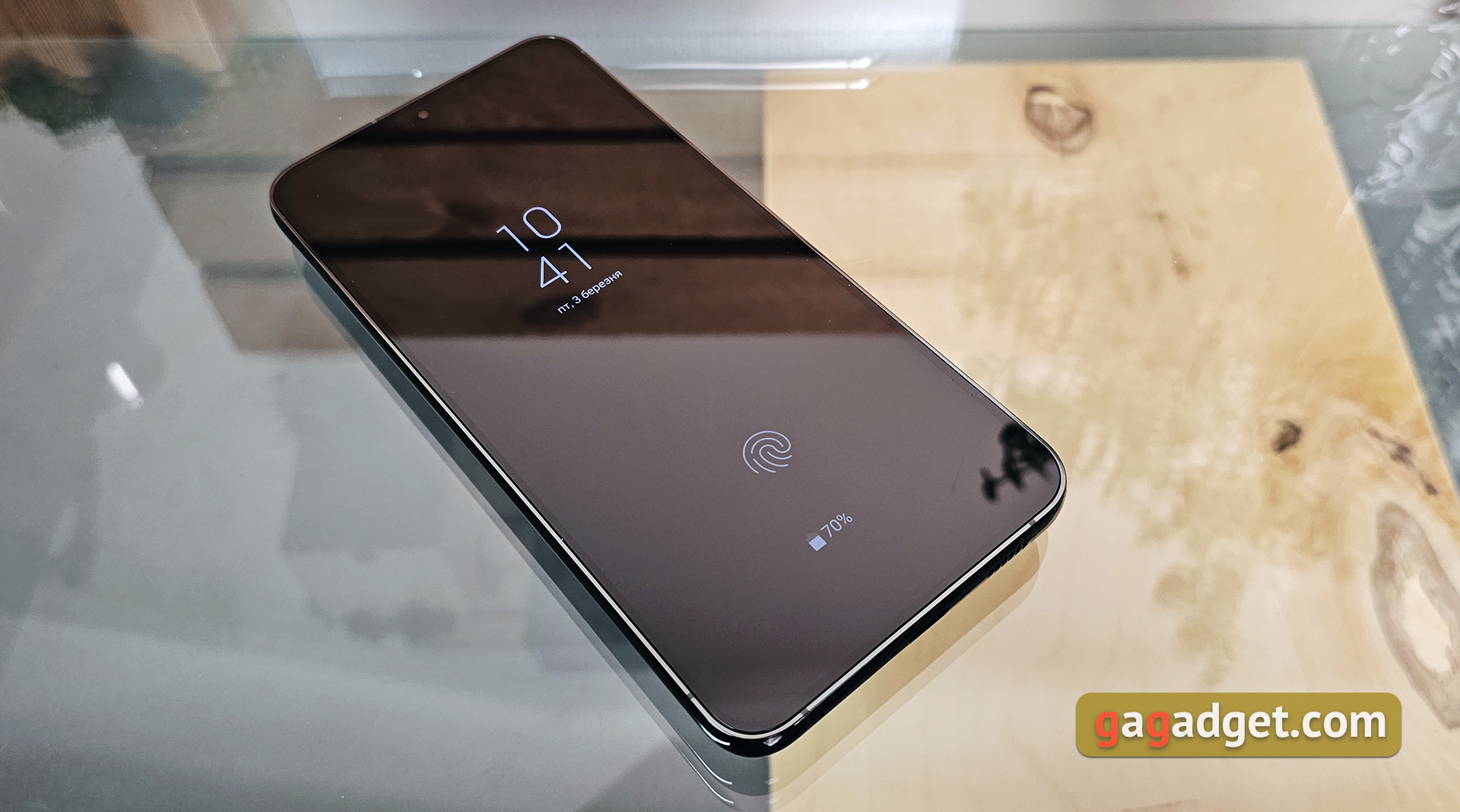
The Samsung Galaxy S23 and Galaxy S23+ feature the already familiar ultrasonic fingerprint scanners in the screen. A few years ago, the very first models with such scanners had some problems, both with accuracy and recognition speed. Now there are no such problems, the scanners work perfectly. In addition to the fingerprint scanner, there is face recognition by the front camera.
There are no additional sensors, so reliability is not the highest. It works quickly with sufficient light. In the settings, you can optionally enable automatic brightening of the display in low light, as well as an option where recognition will not work if your eyes are closed.

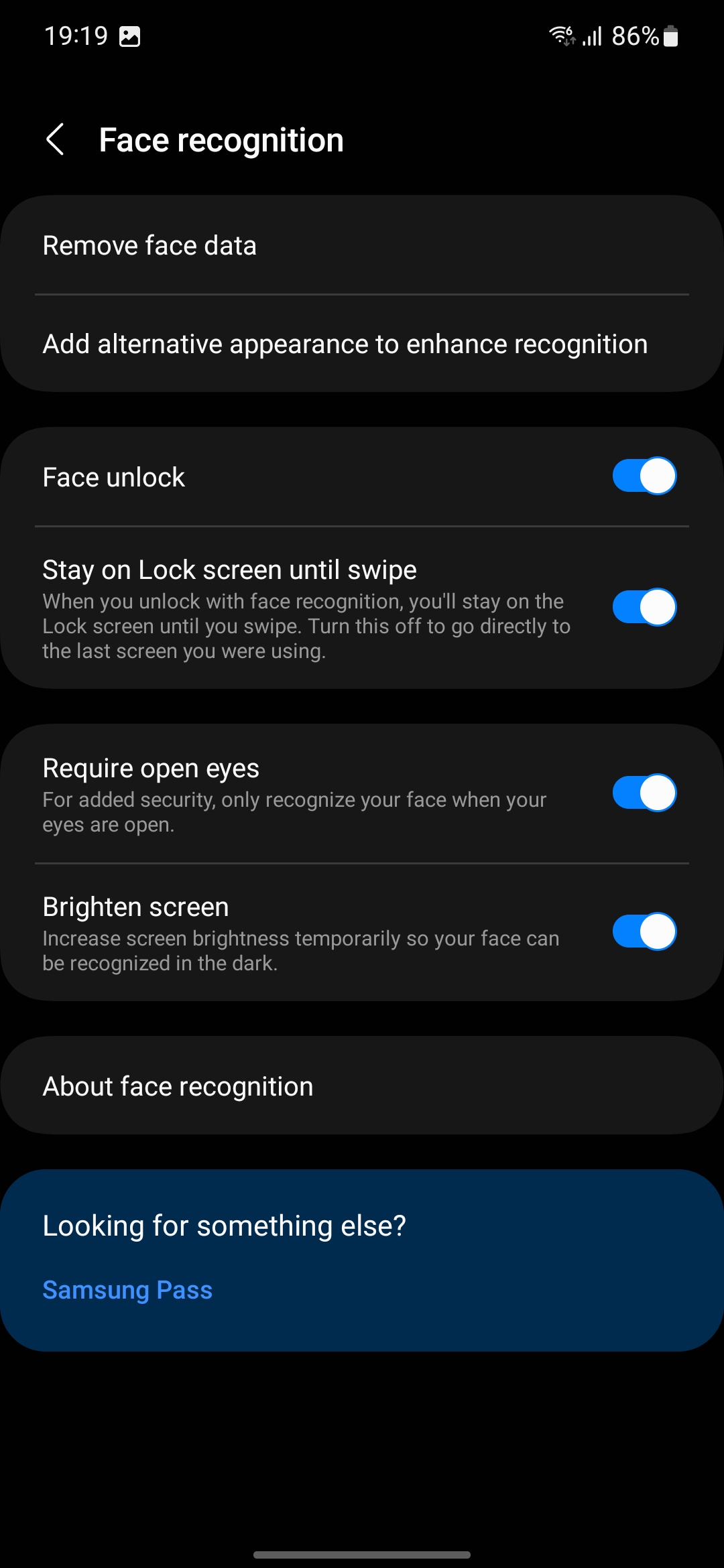
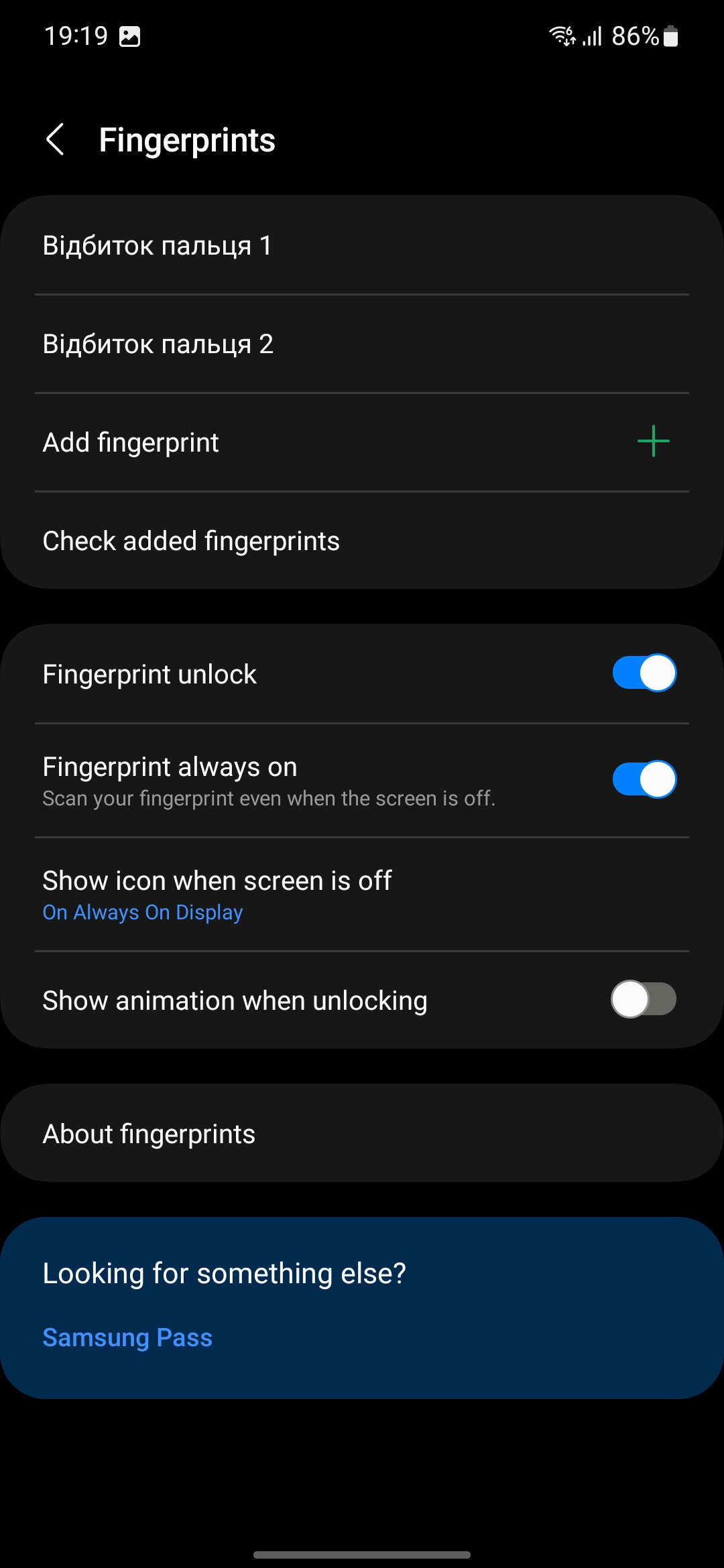
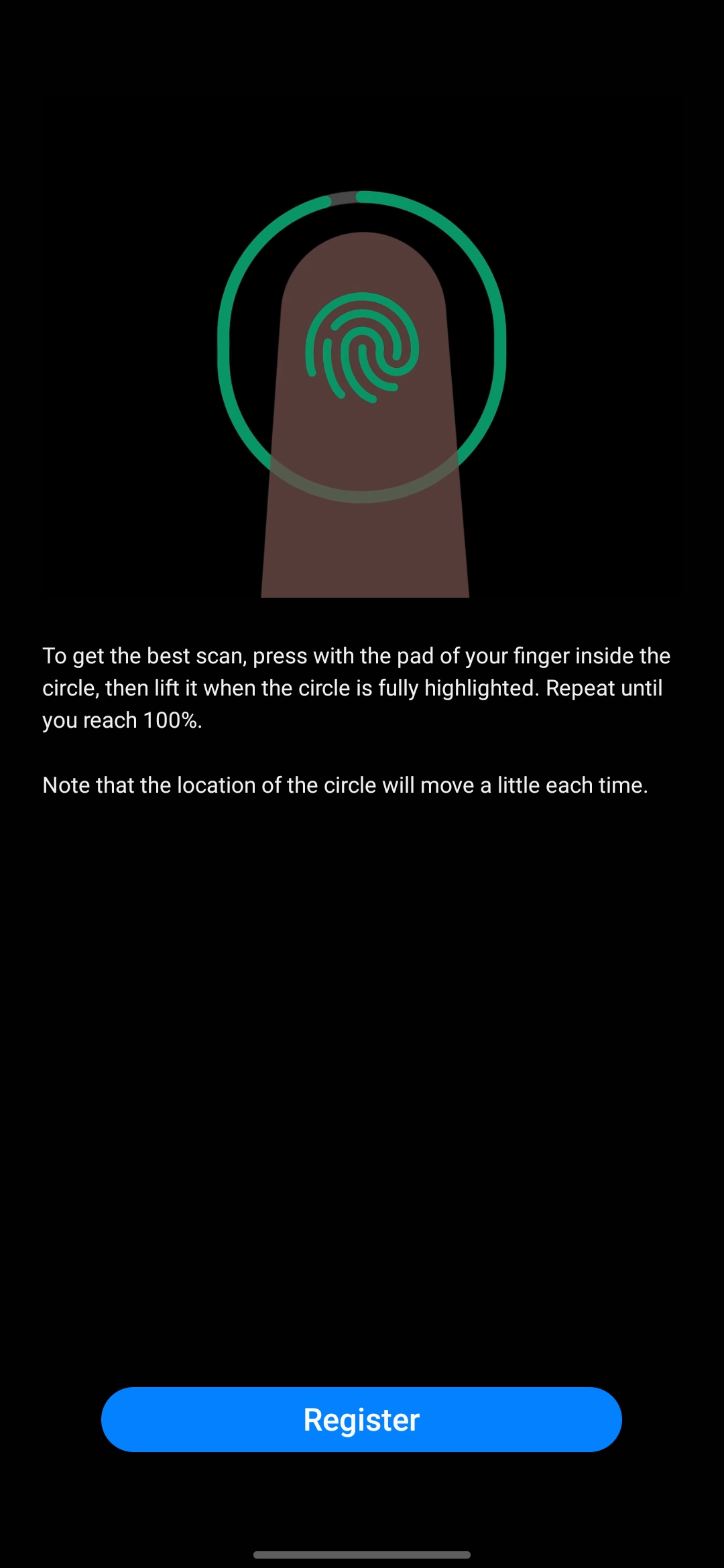




Performance, Memory, Sound and Battery Life
The Samsung Galaxy S23 and Galaxy S23+ flagships received the flagship Qualcomm processor in all regions. Namely, the Snapdragon 8 Gen 2 Mobile Platform for Galaxy, a slightly overclocked version for Samsung smartphones. We've already talked about it in our review of the Samsung Galaxy S23 Ultra. To make a long story short: it's an octa-core processor using a 1+2+2+3 core scheme, which is manufactured using 4nm process technology. It includes an overclocked ARM Cortex-X3 core to 3.36GHz, two 2.8GHz Cortex-A715 cores, two 2.8GHz Cortex-A710 cores, three 2GHz Cortex-A510 cores and a 719MHz Adreno 740 graphics accelerator with real-time ray tracing support. The RAM can be 8GB LPDDR5X. Internal storage can be 128/256GB for the Galaxy S23 and 256/512GB for the Galaxy S23+.
An important point is worth noting - all configurations get the latest UFS 4.0 speed memory, except for the 128GB Galaxy S23. It uses UFS 3.1. Both smartphones show very high performance in all synthetic tests and the difference between them is minimal. The performance reserve is good enough for the next couple of years. The only thing to look out for is the speed difference between UFS 4.0 and UFS 3.1. The new memory shows a read speed of around 3350MB/s and a write speed of around 1520MB/s. UFS 3.1 is 1725MB/s and 580MB/s respectively. Samsung Galaxy S23+ performance tests:


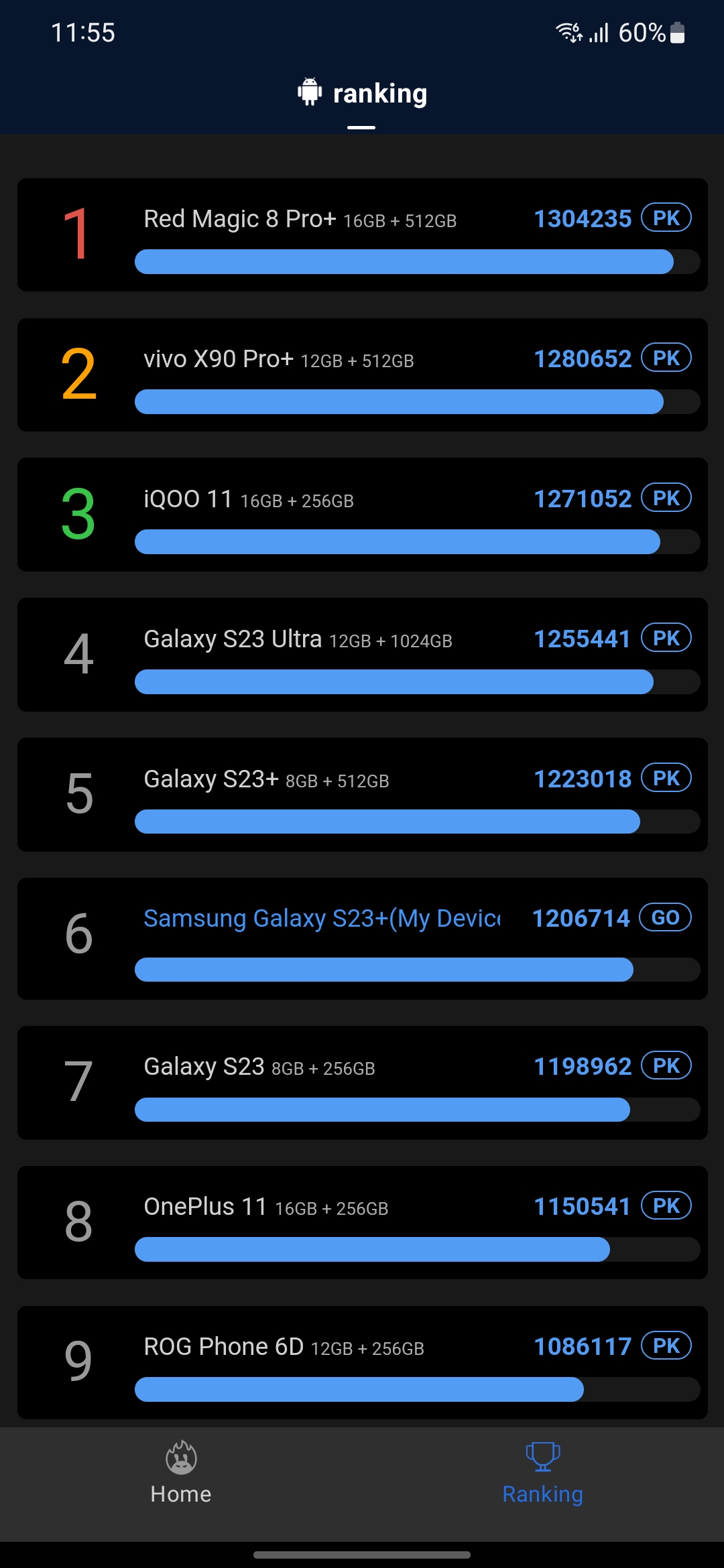
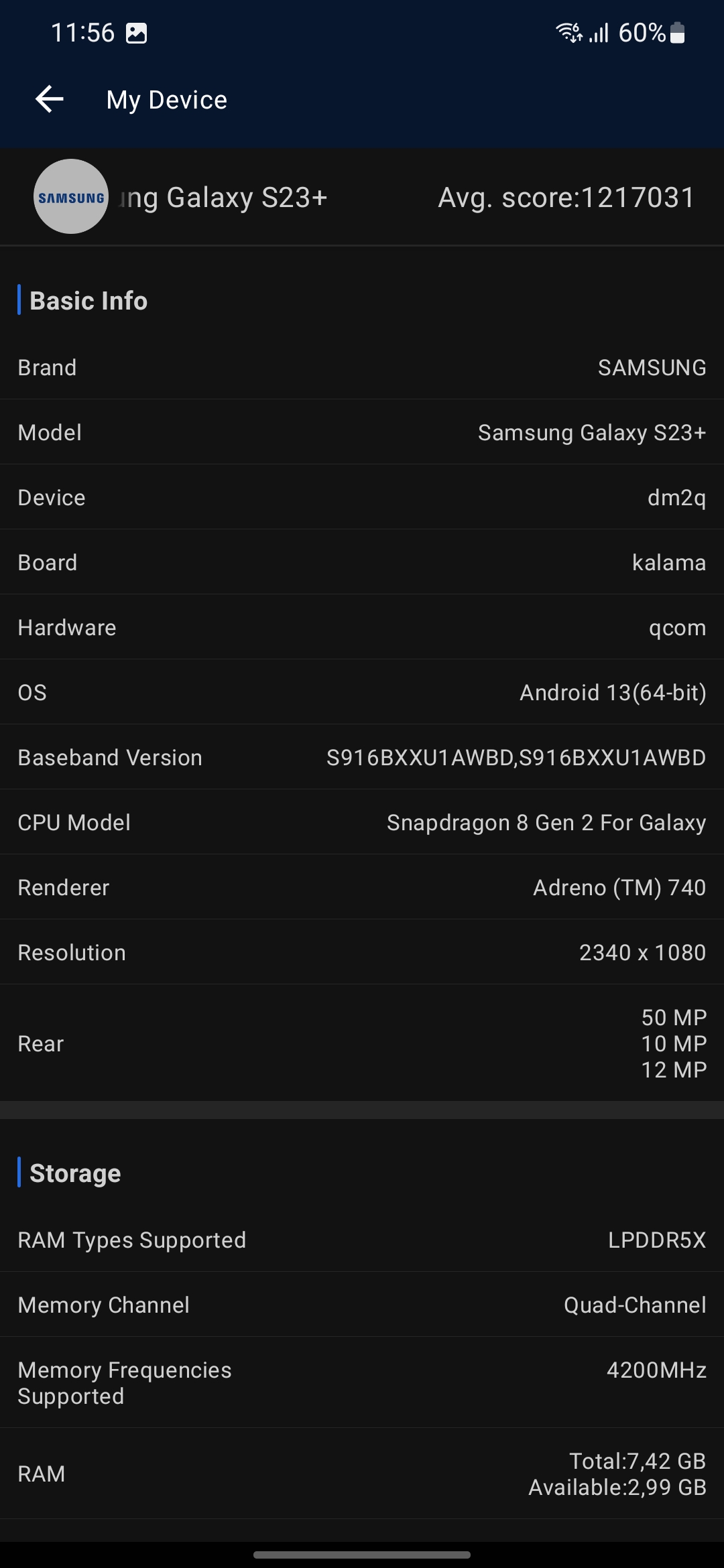
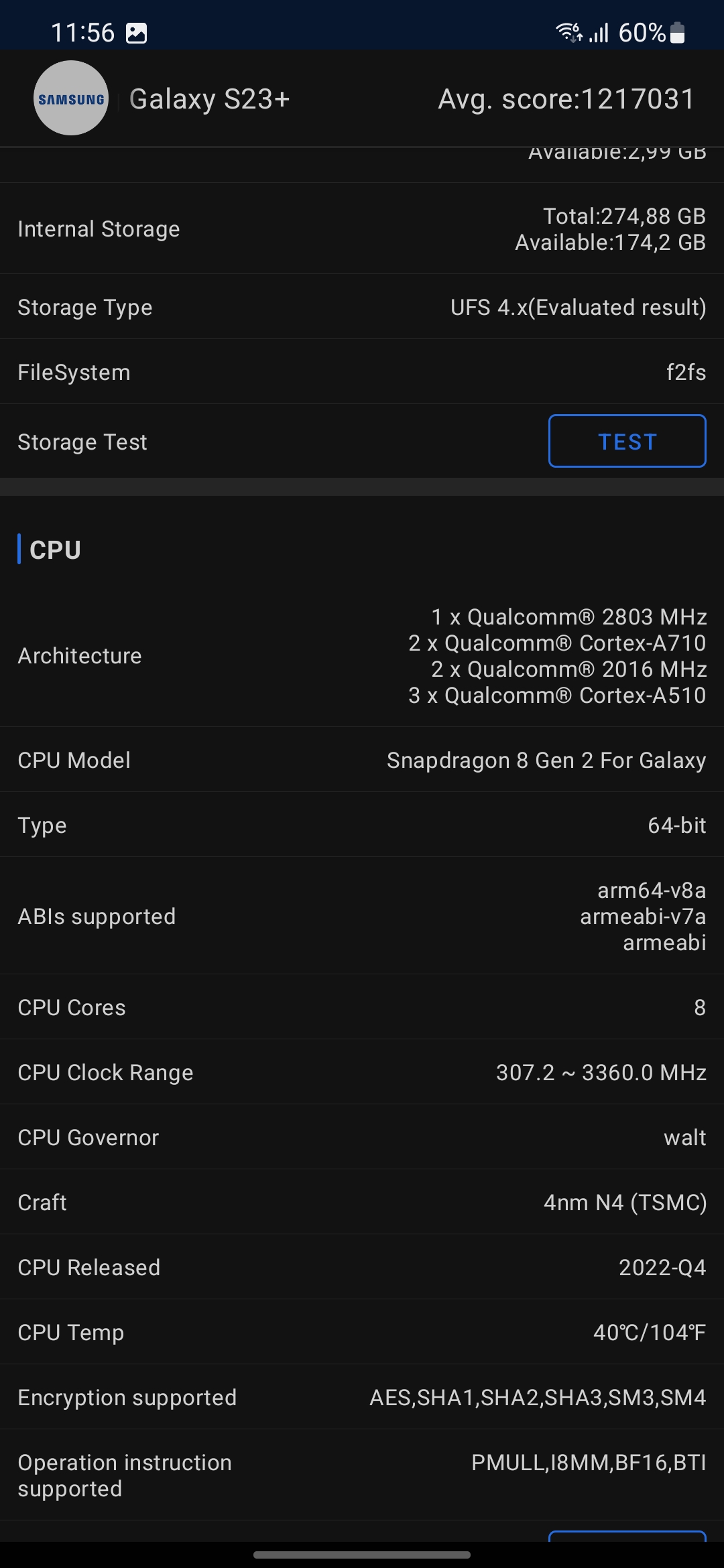
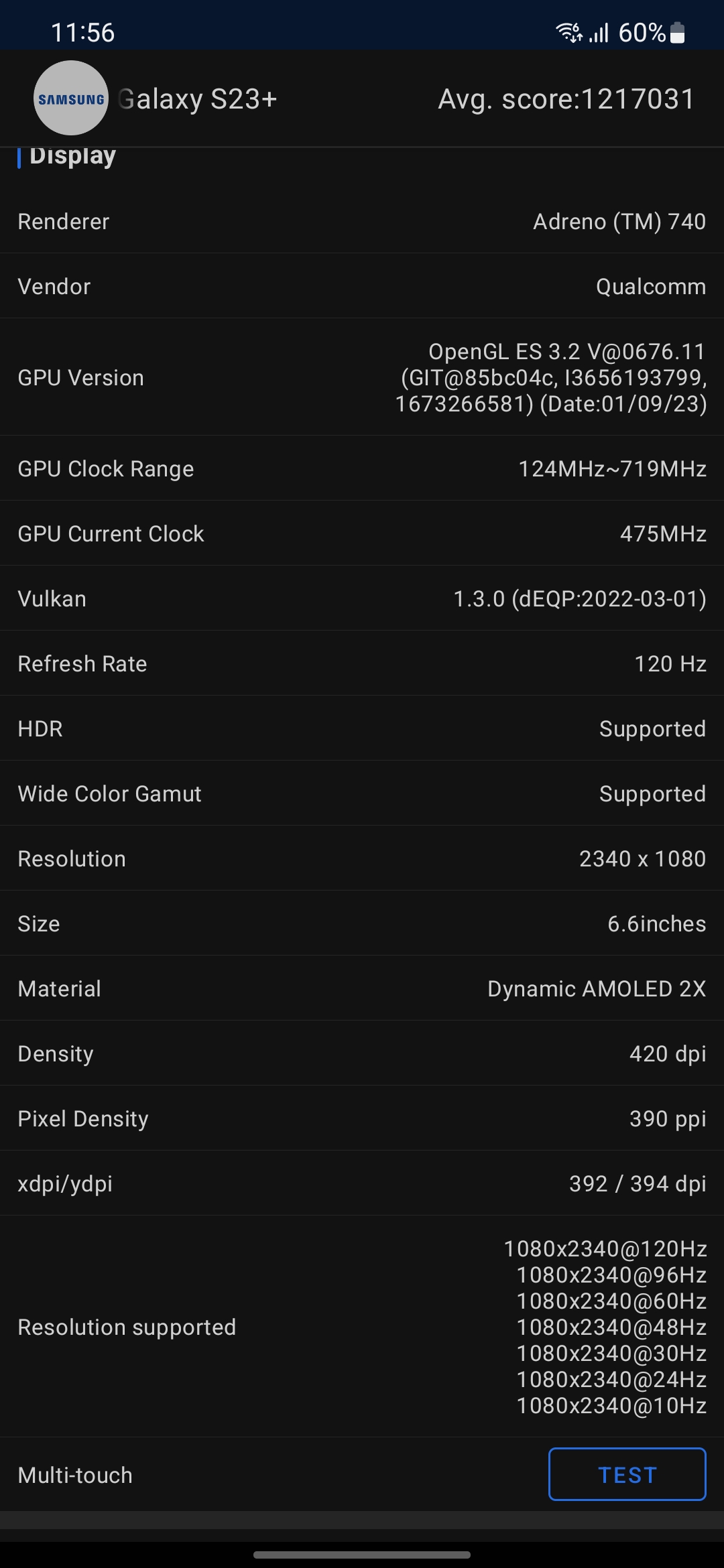


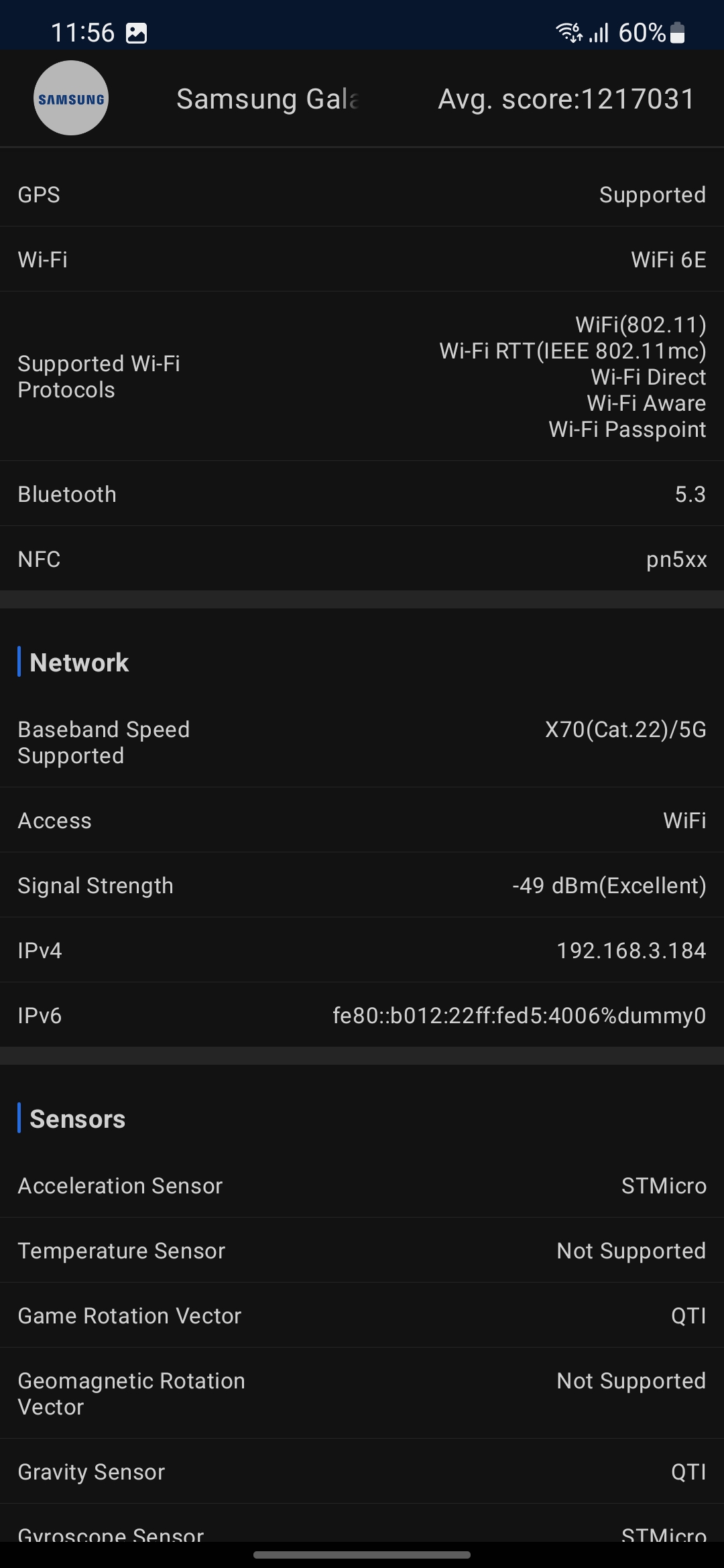
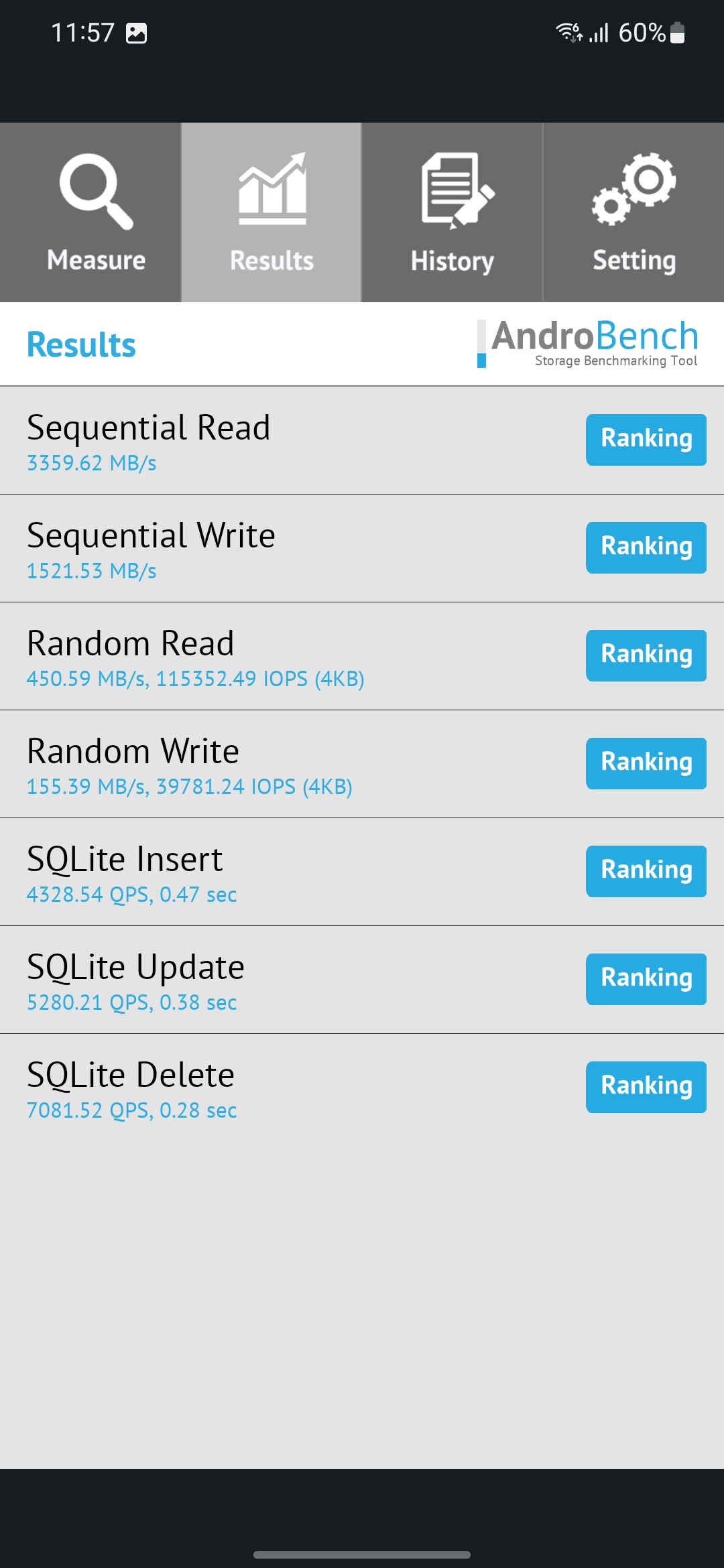



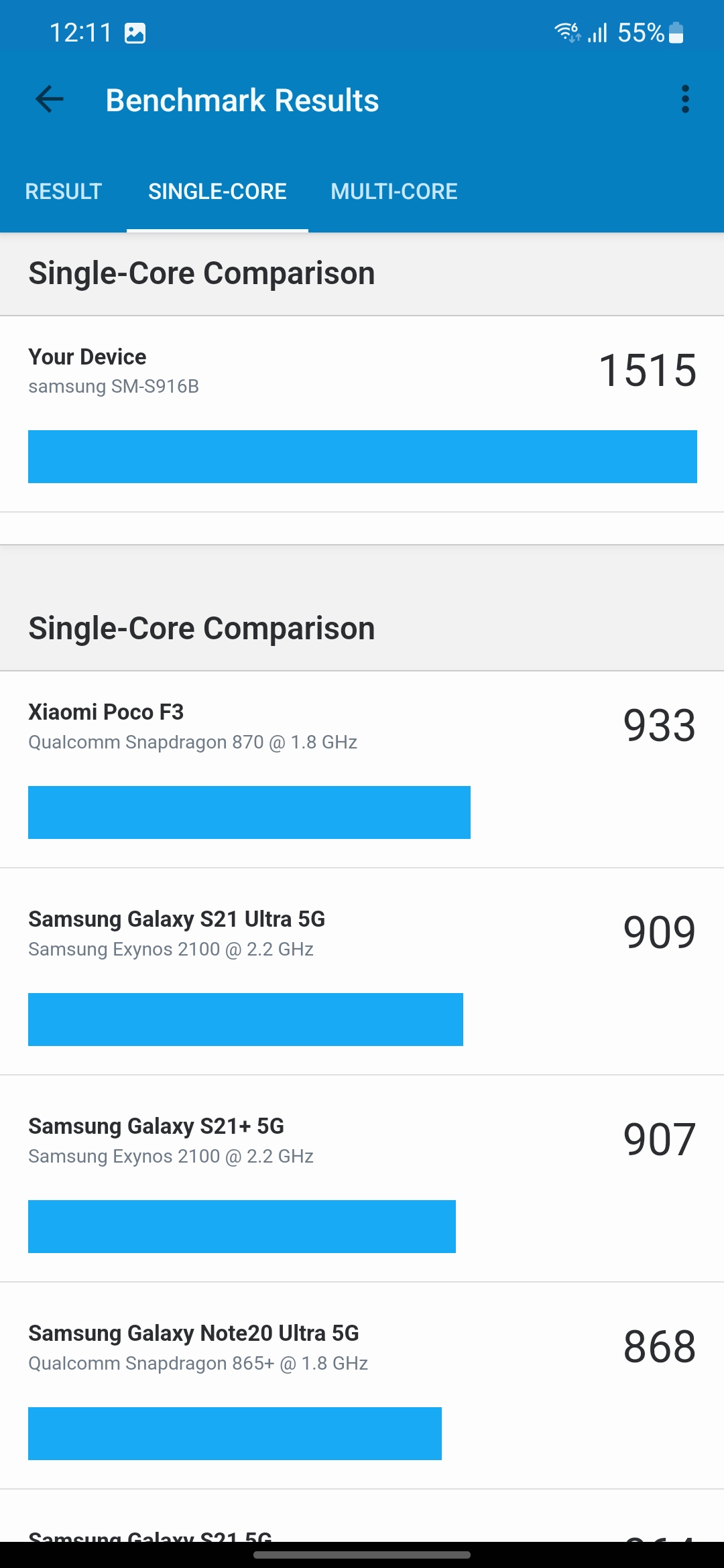





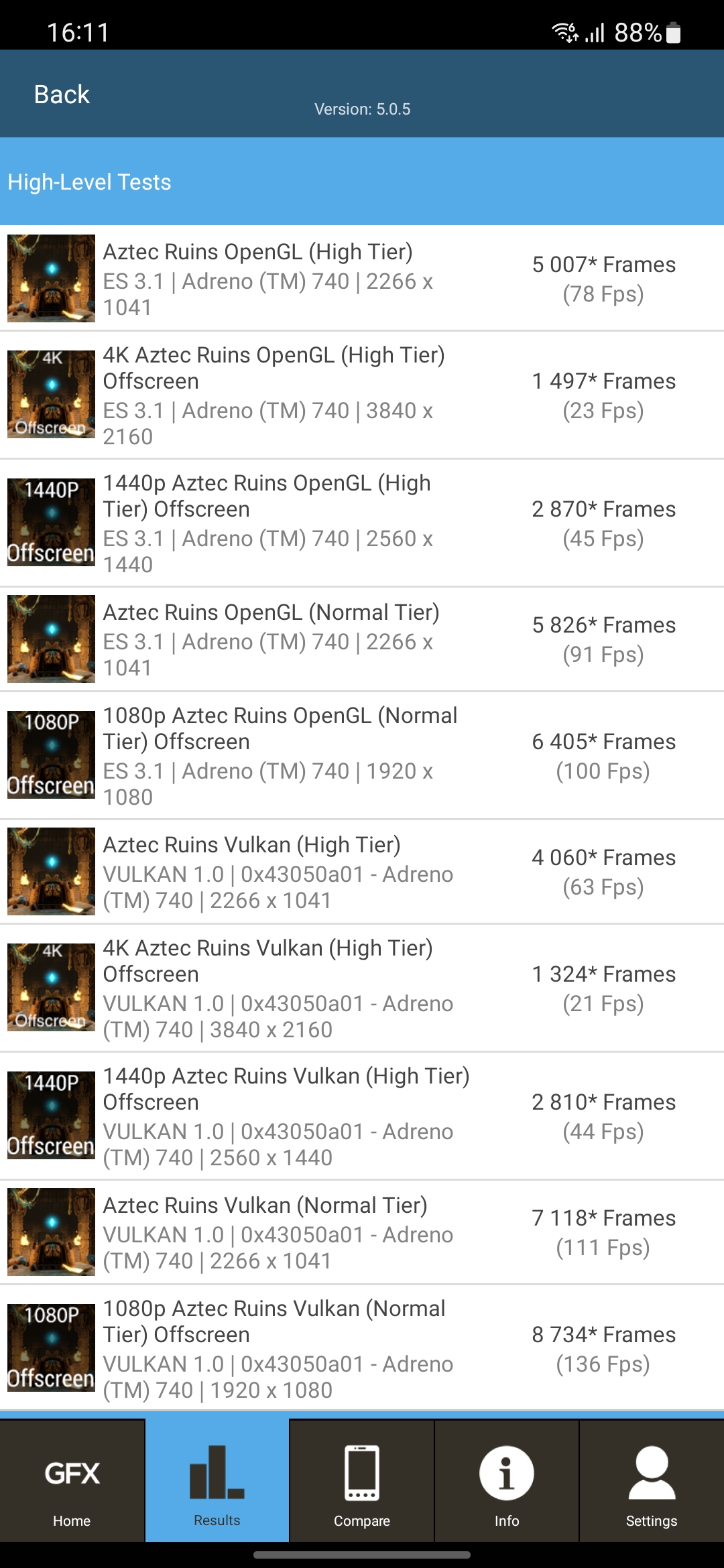





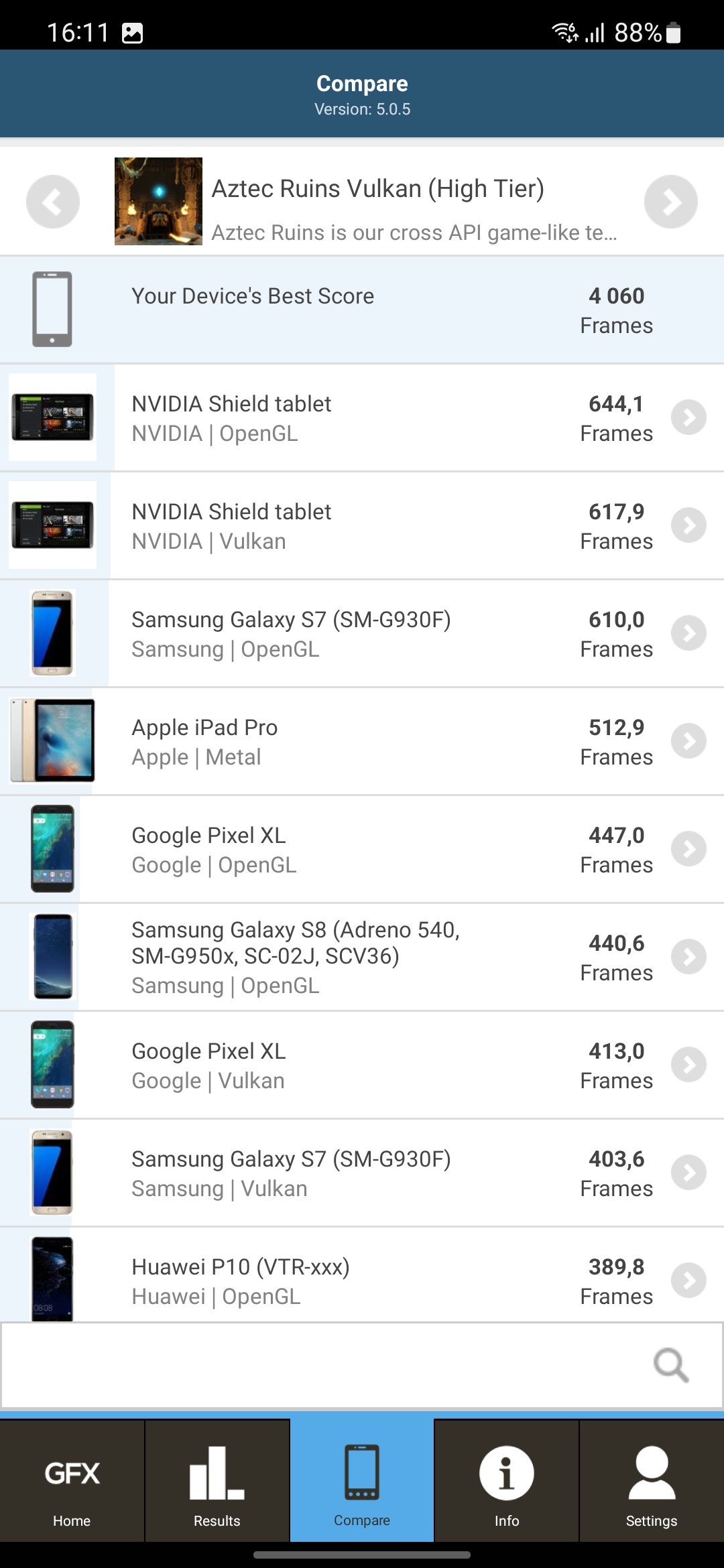



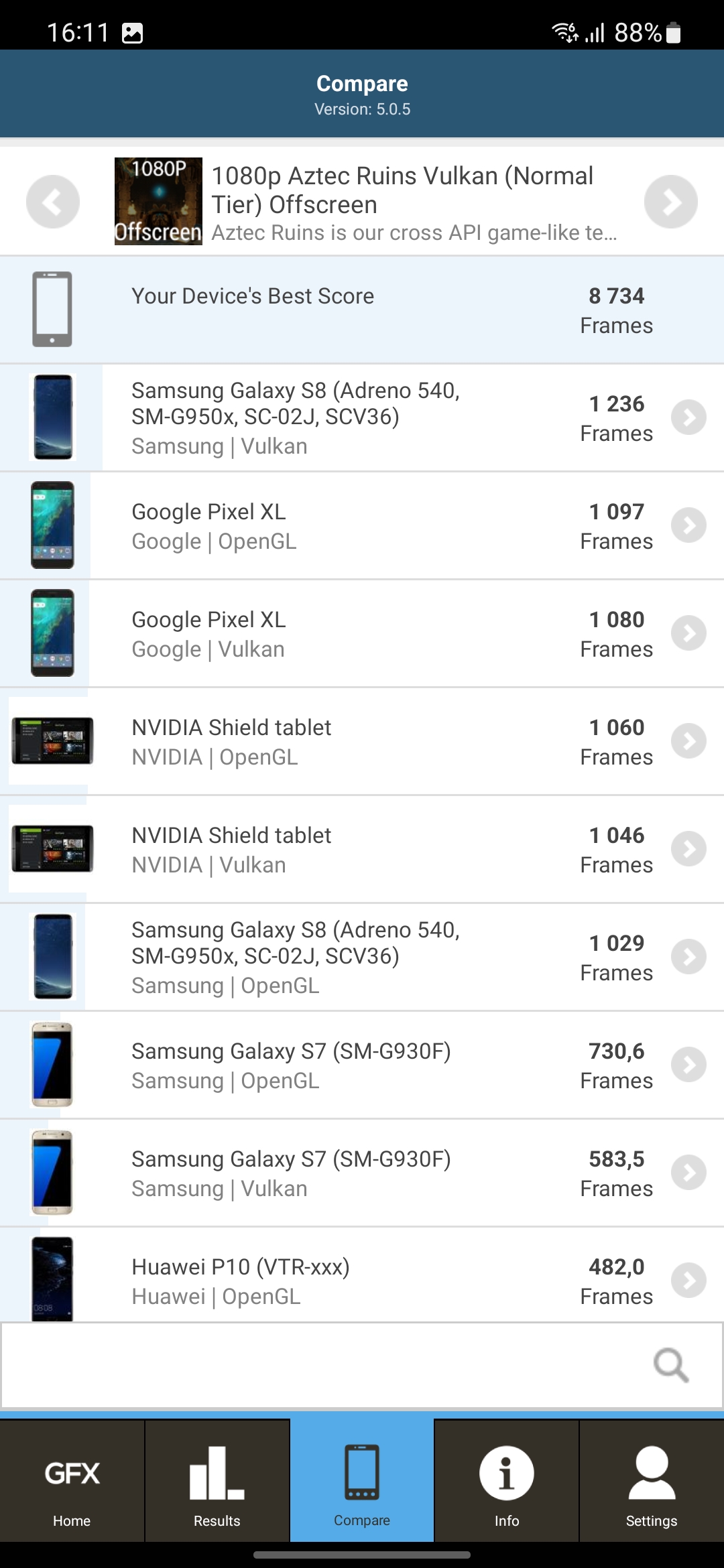

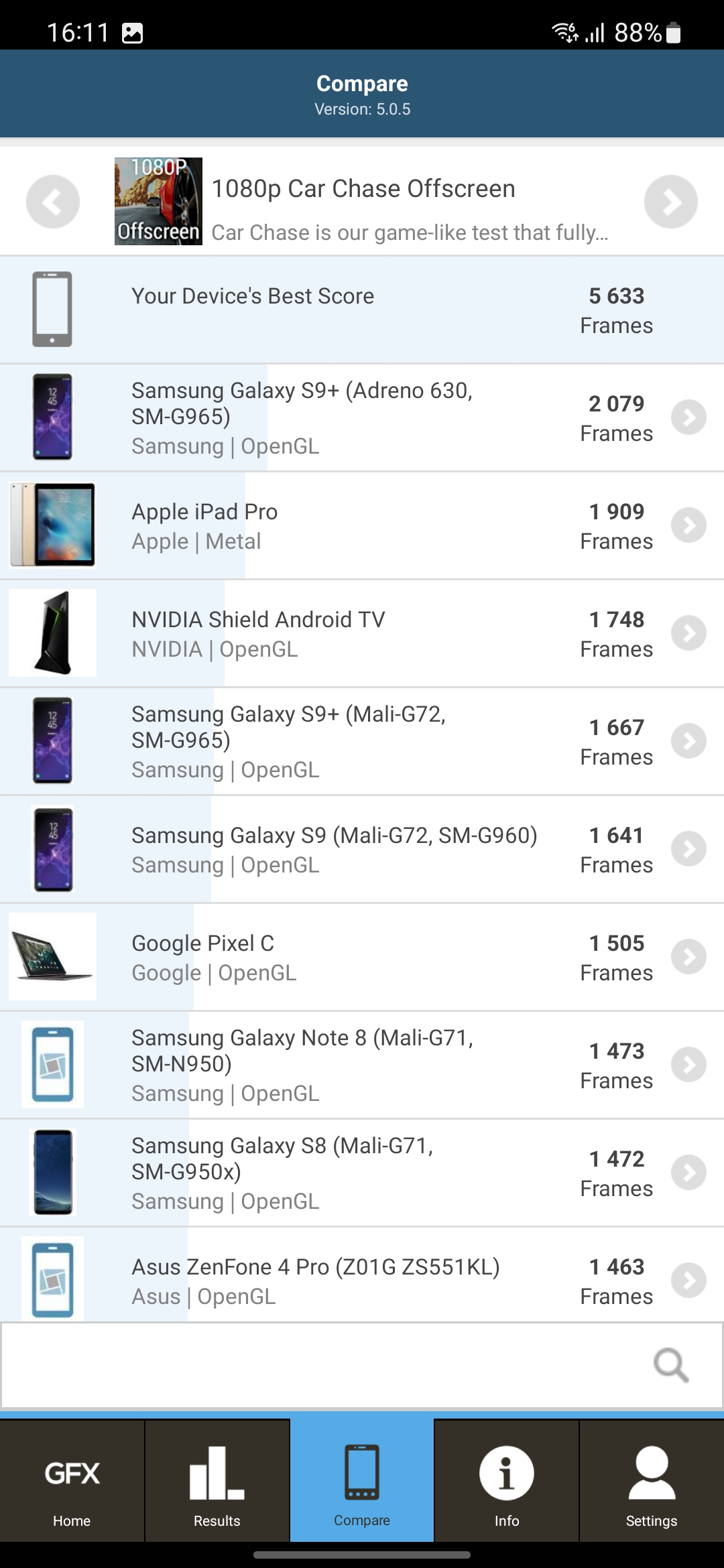


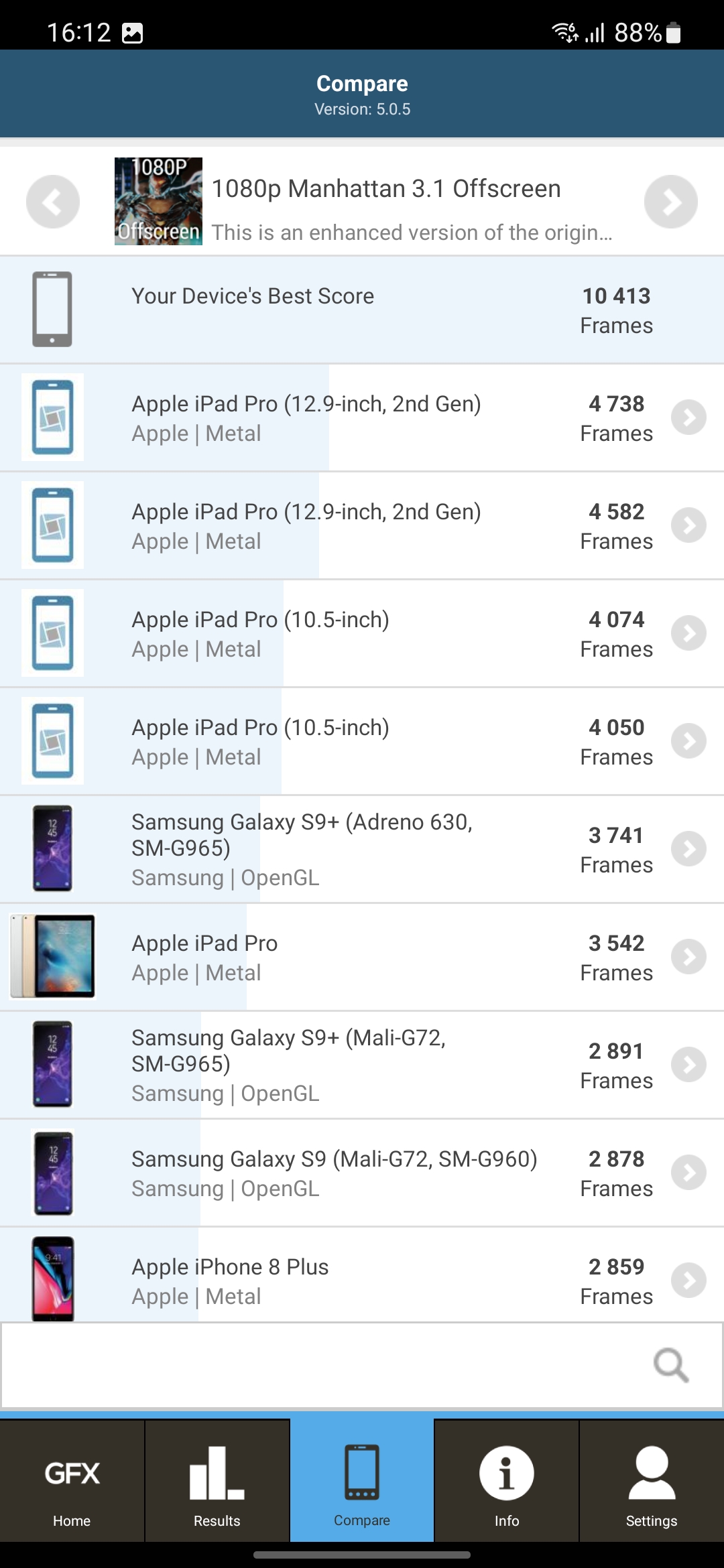
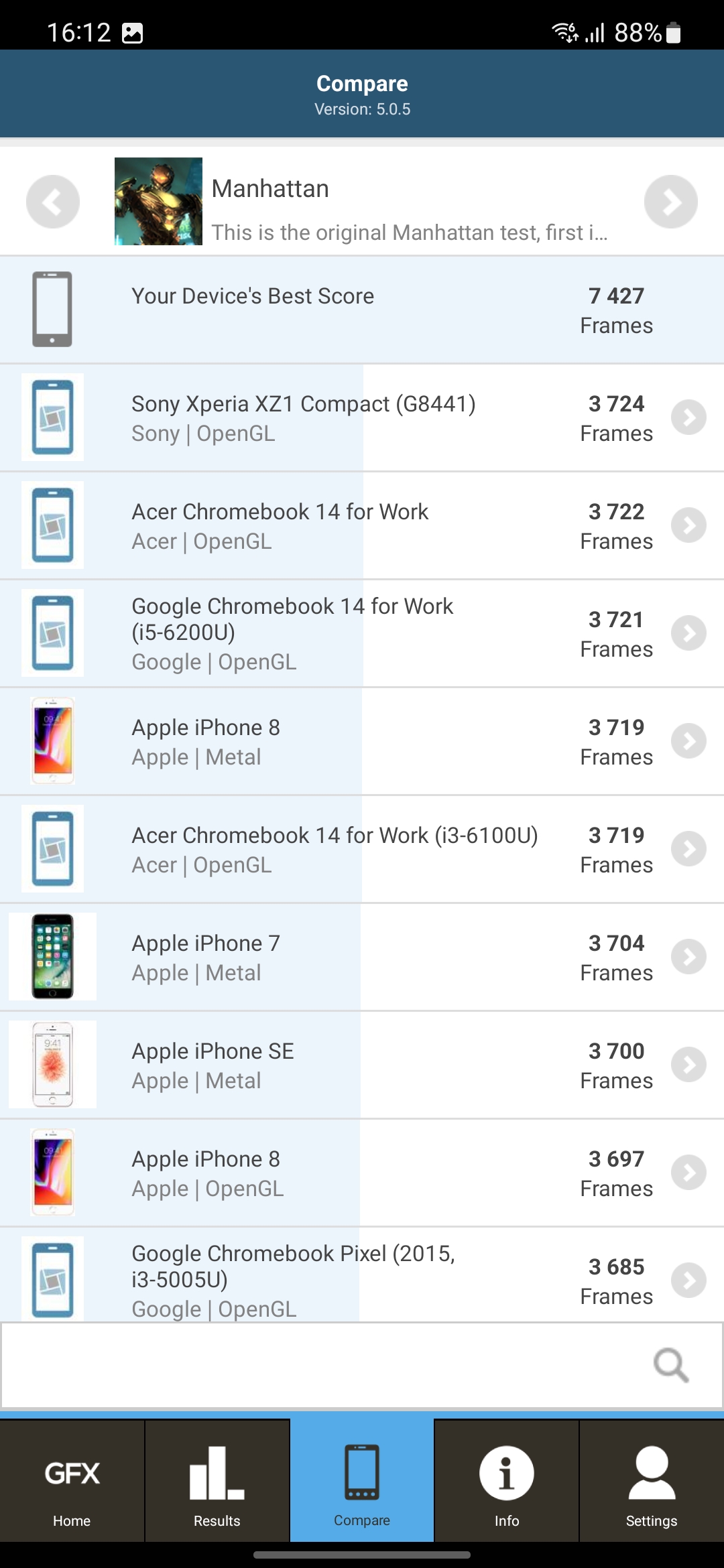





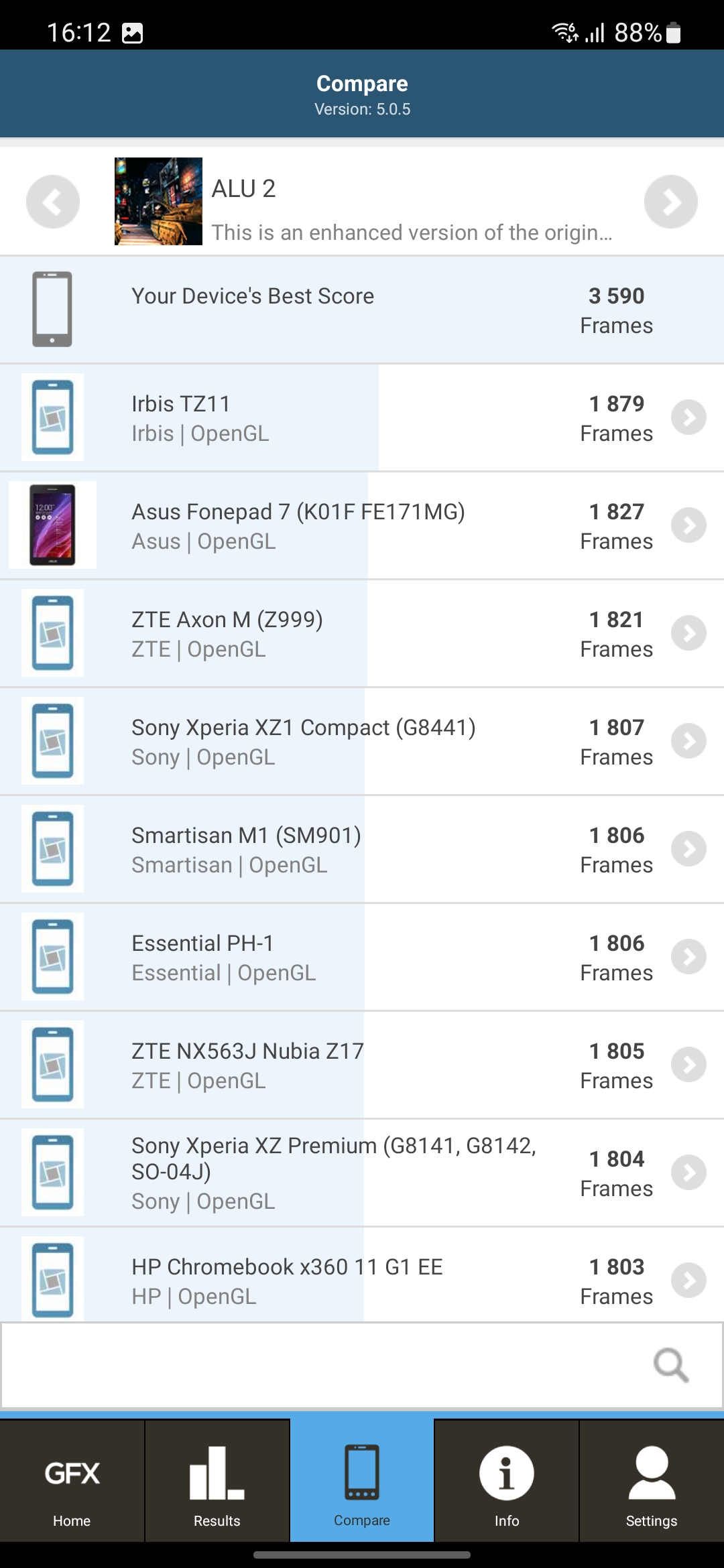


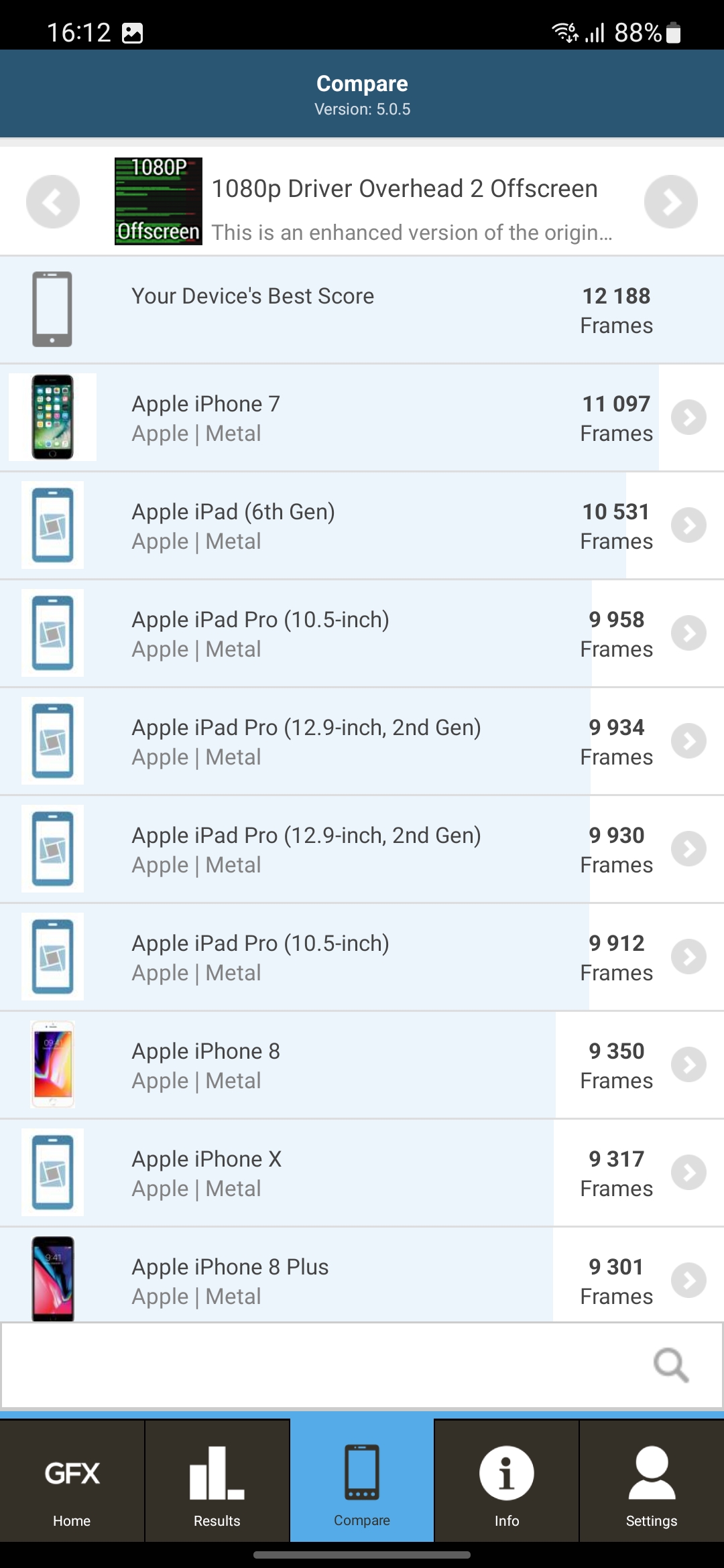

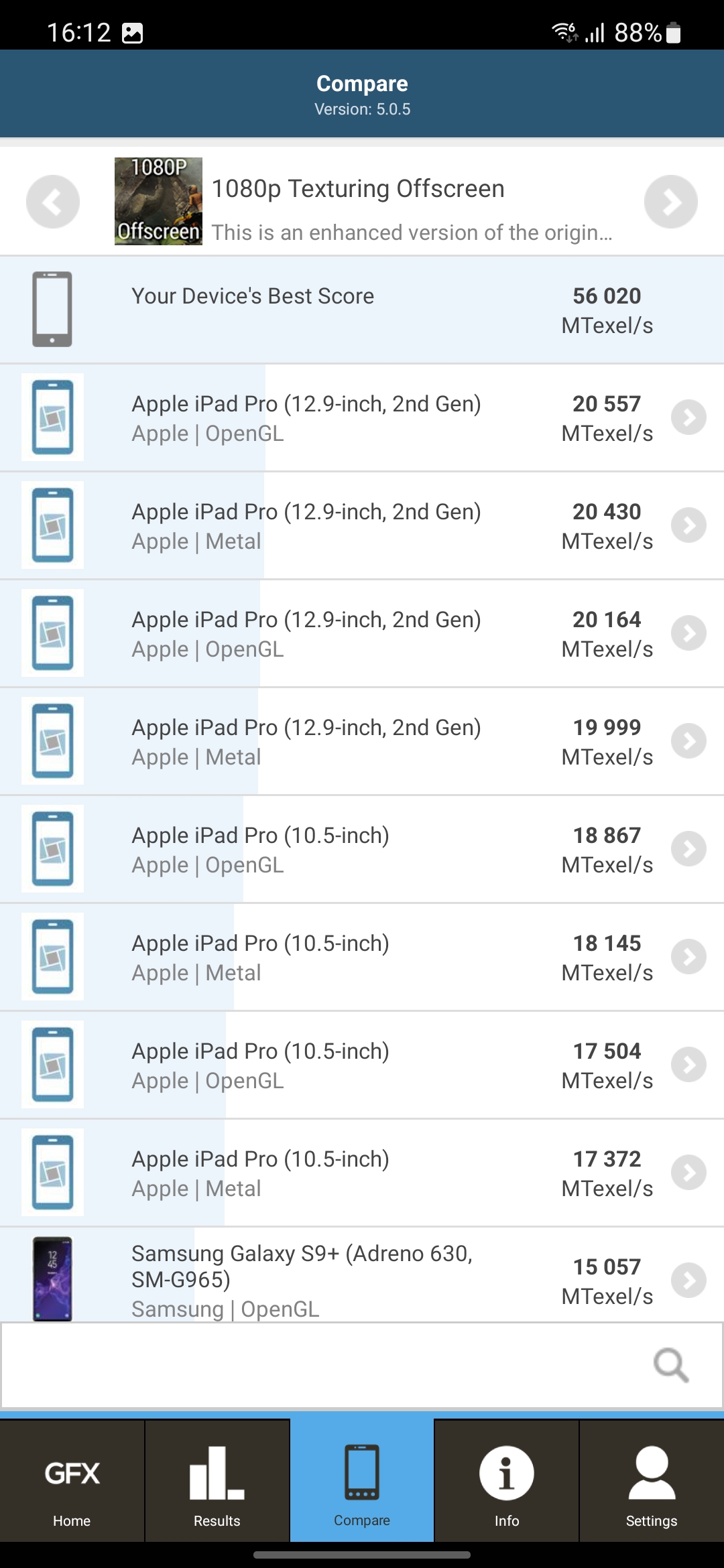
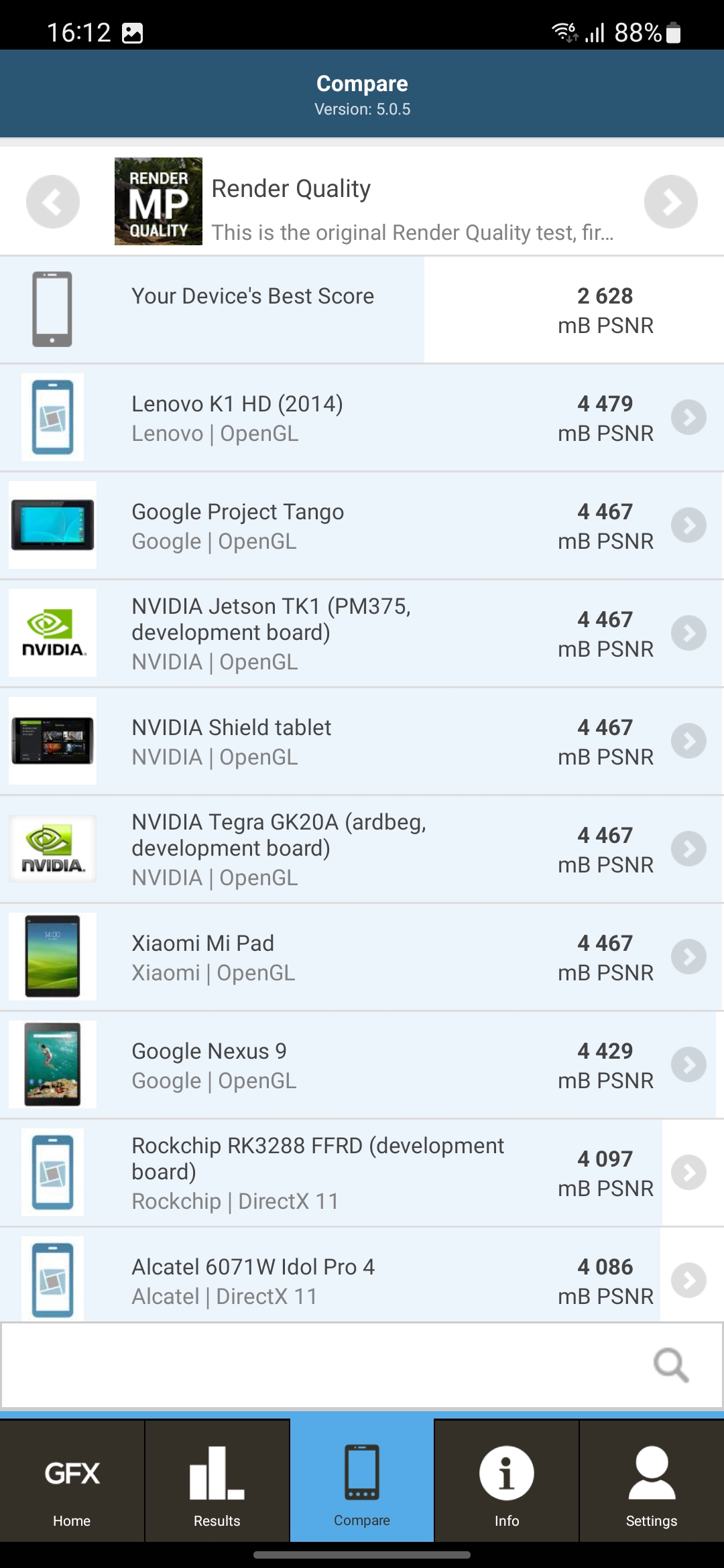
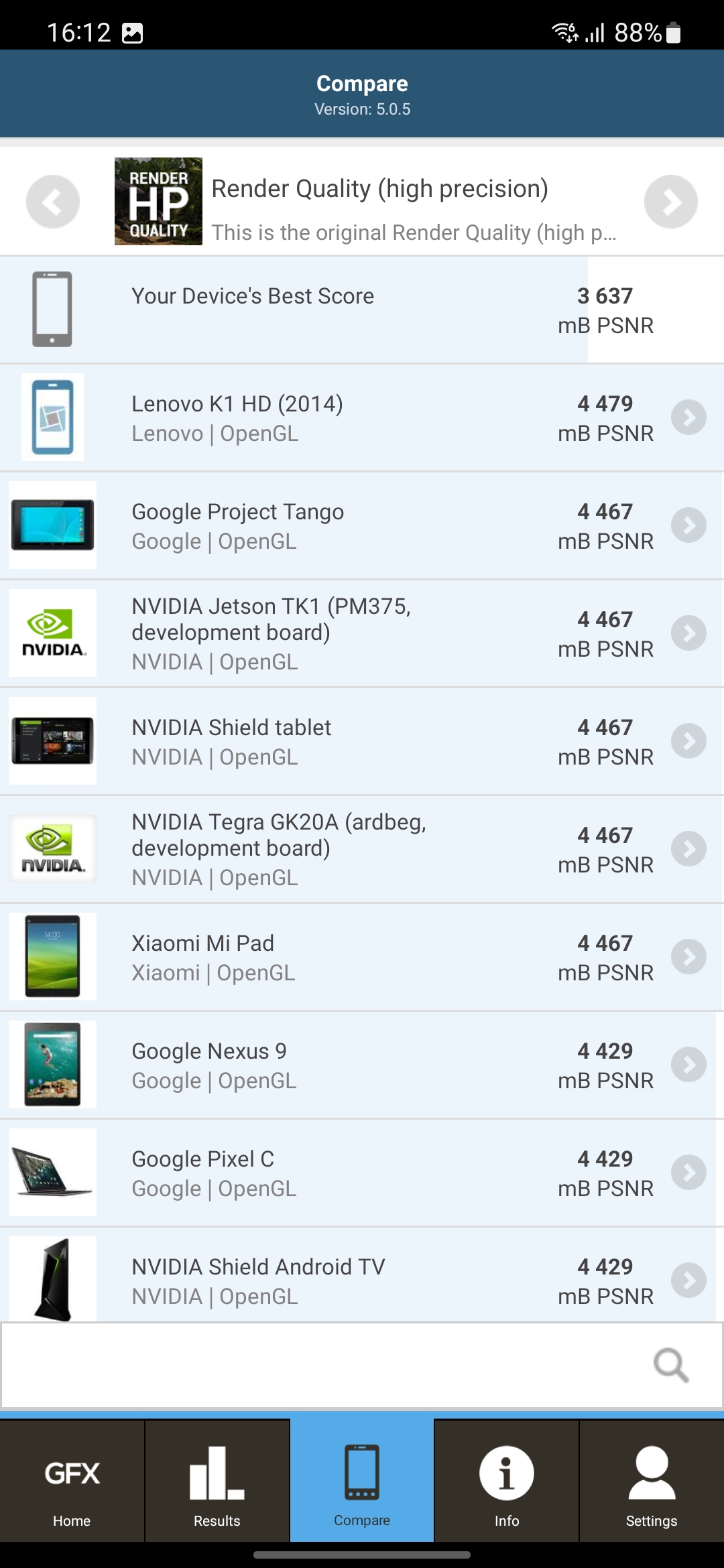










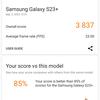


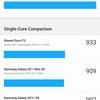






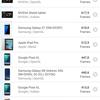


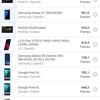

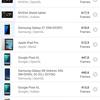

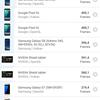





















Samsung Galaxy S23 performance tests:
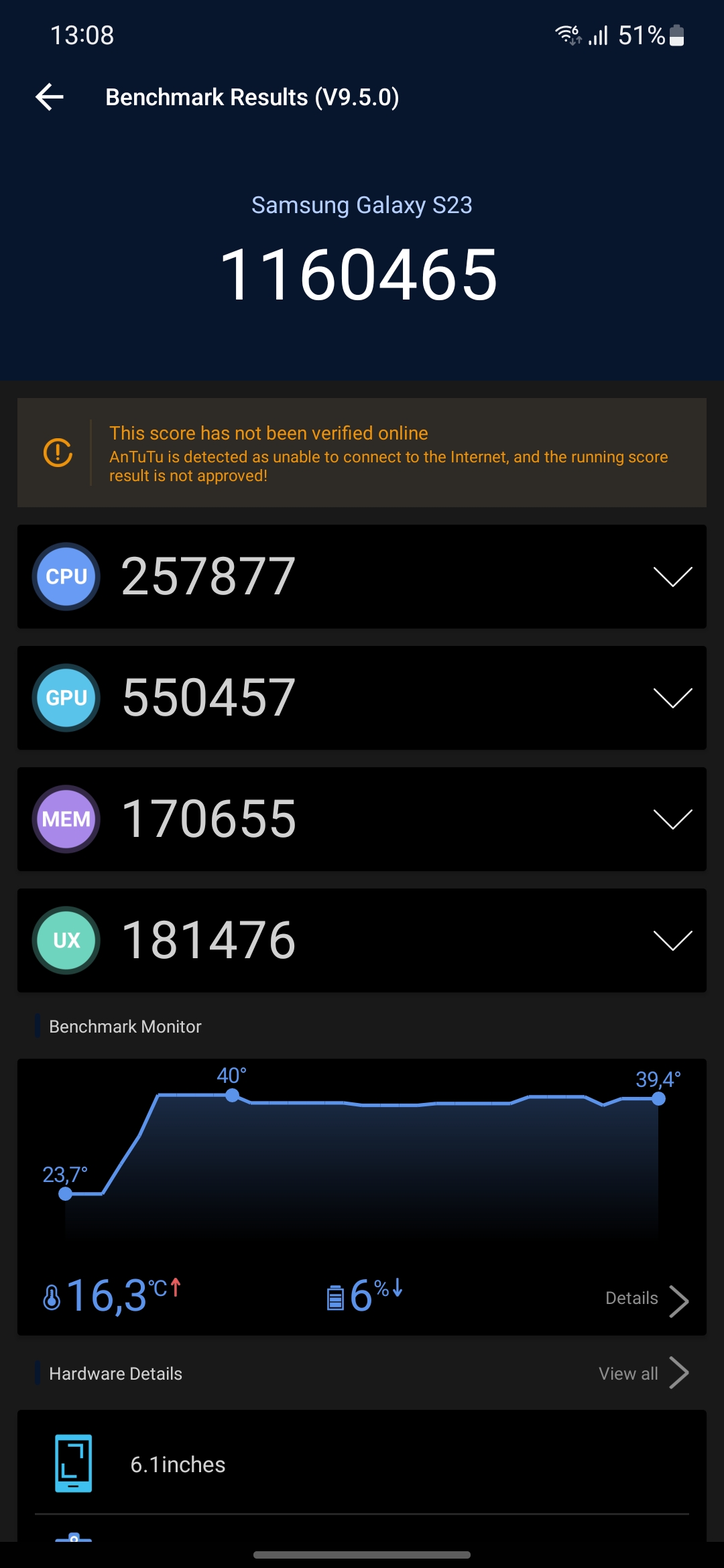
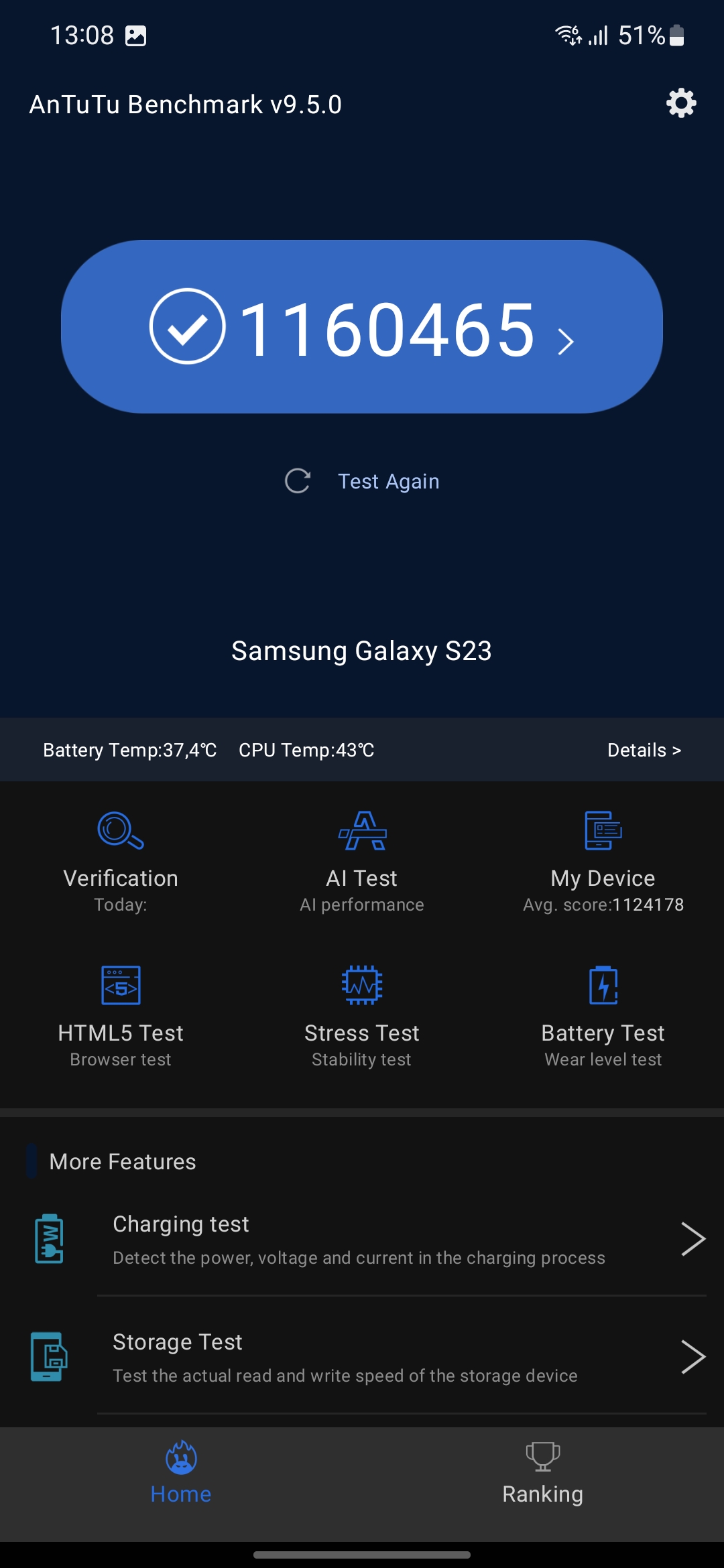









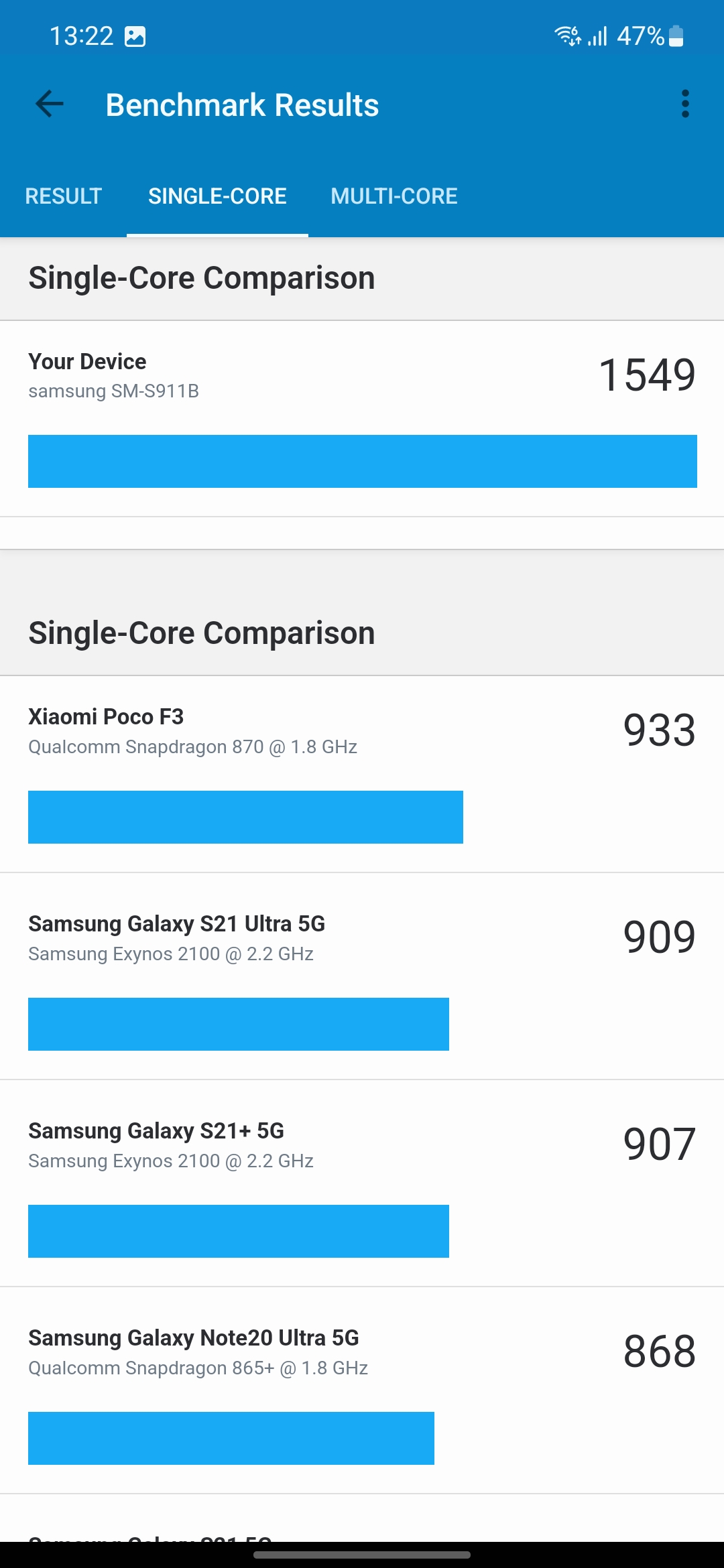


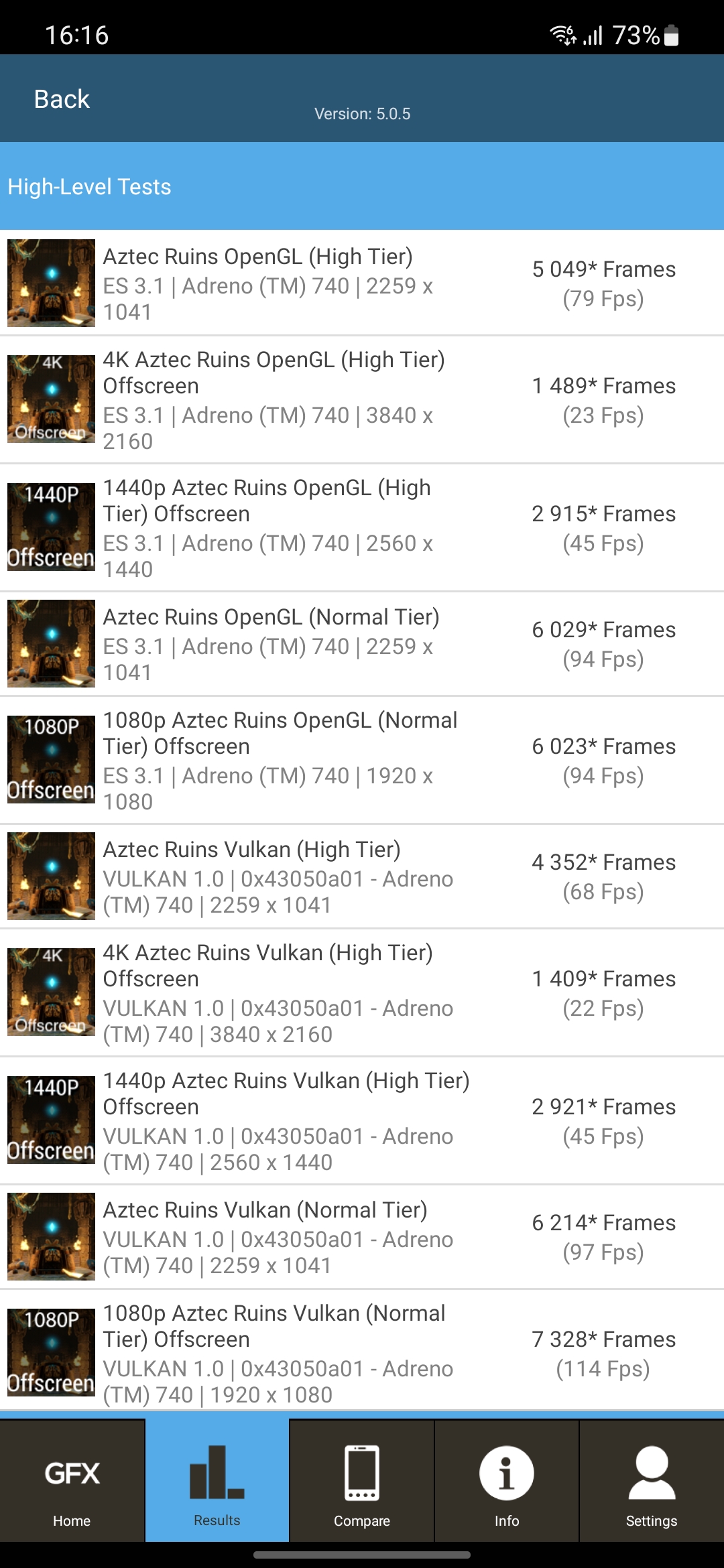
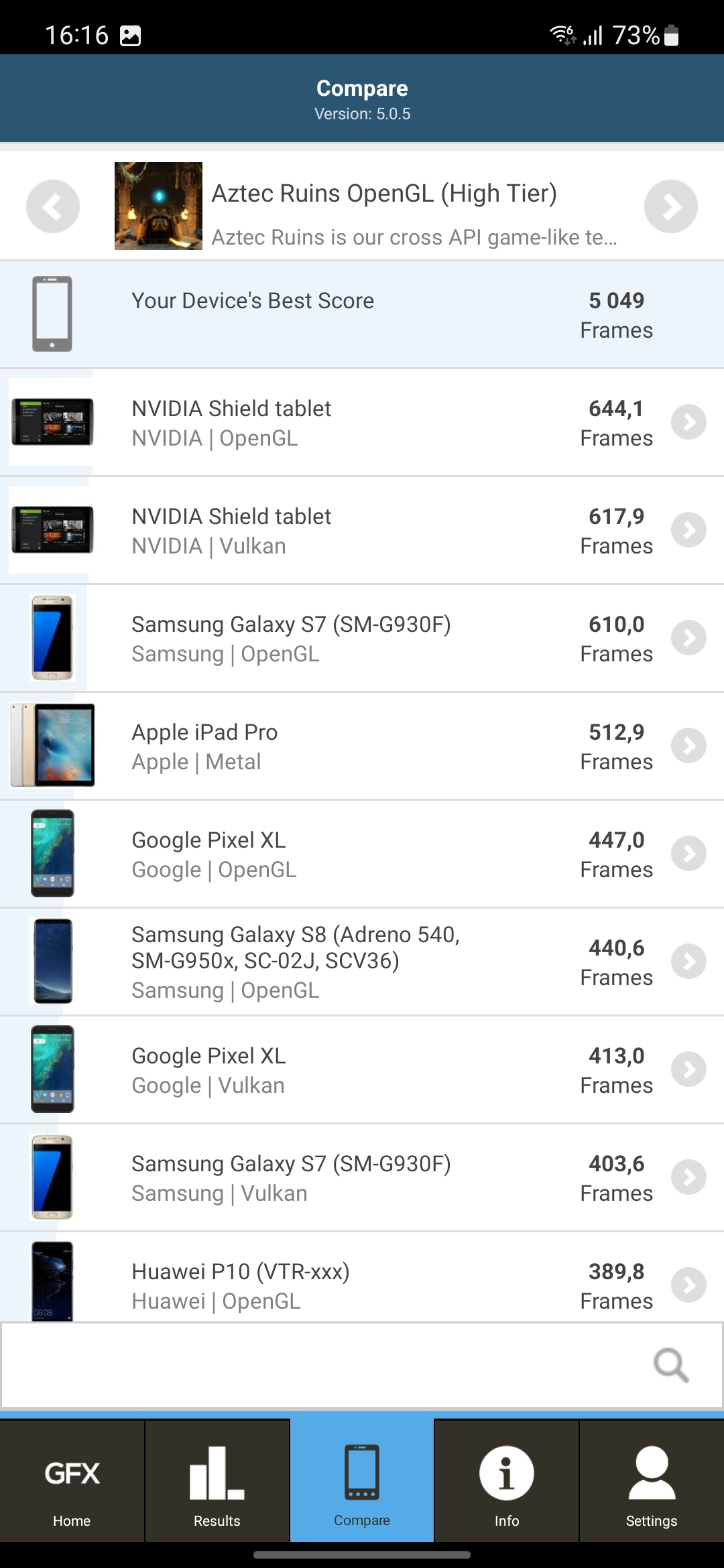

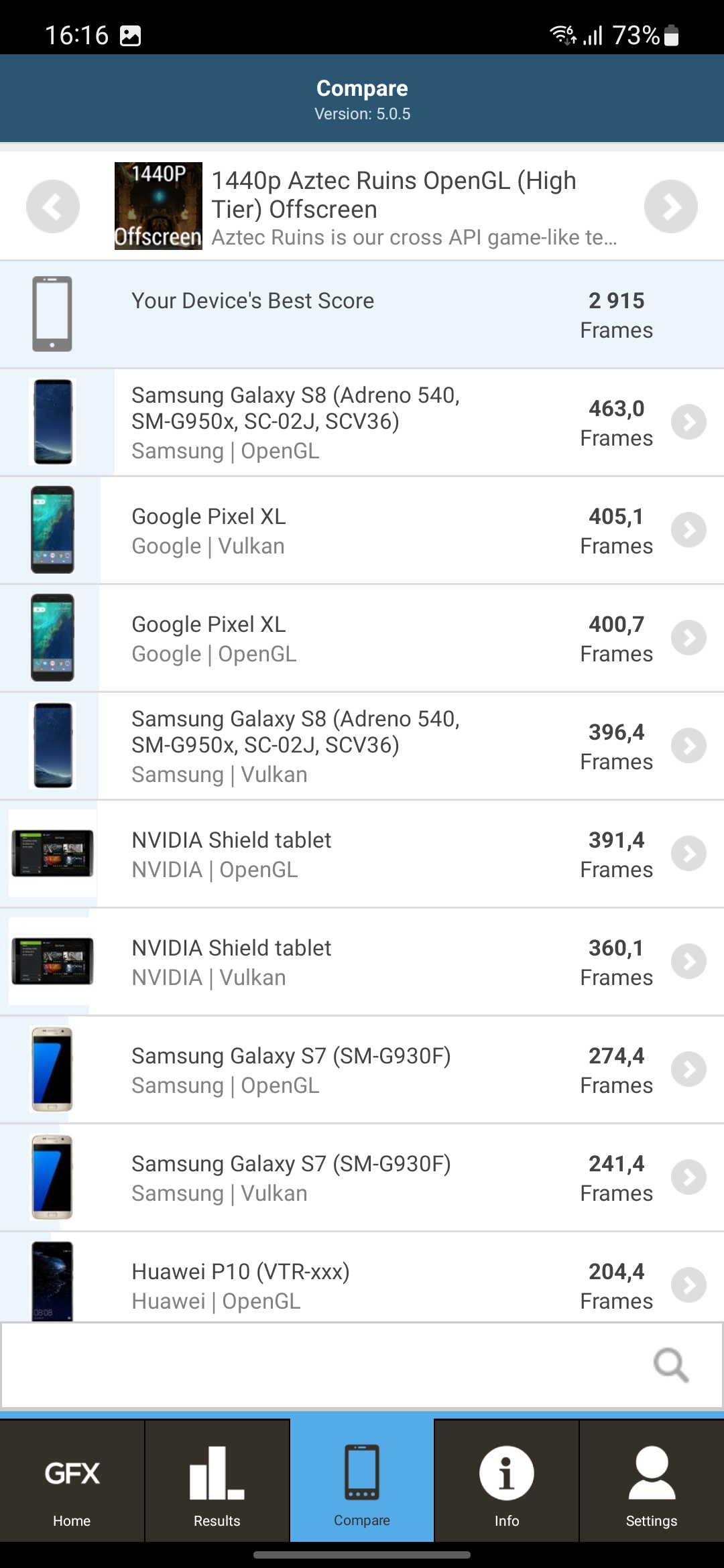
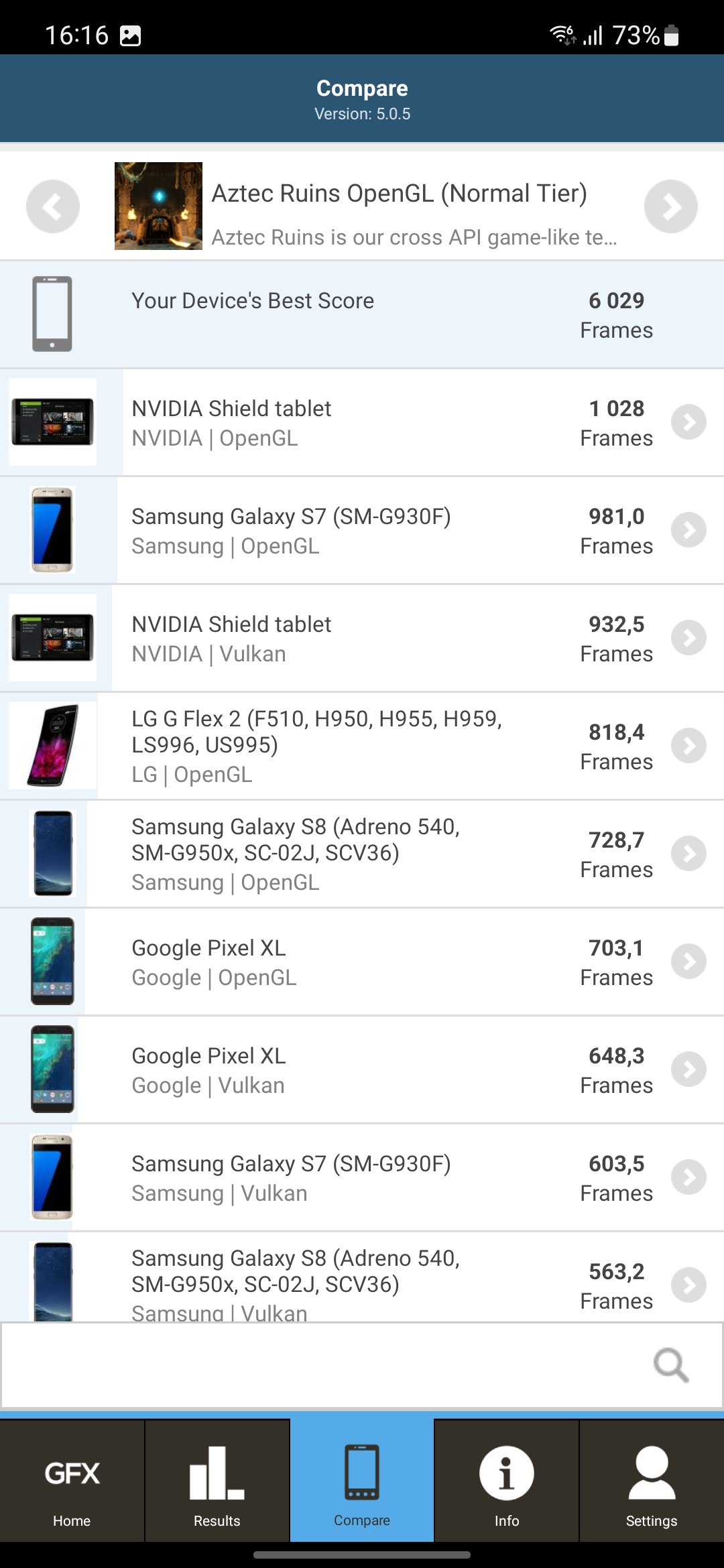











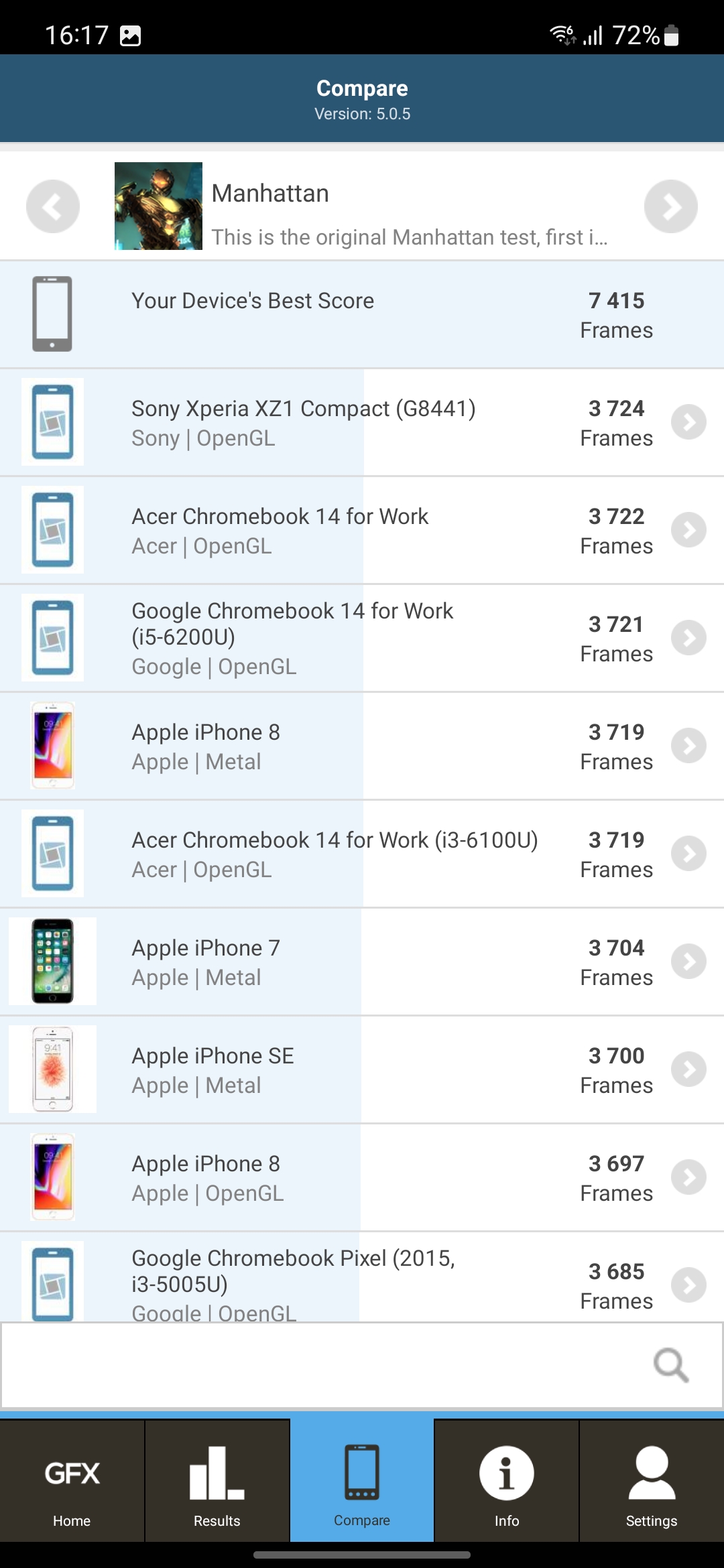

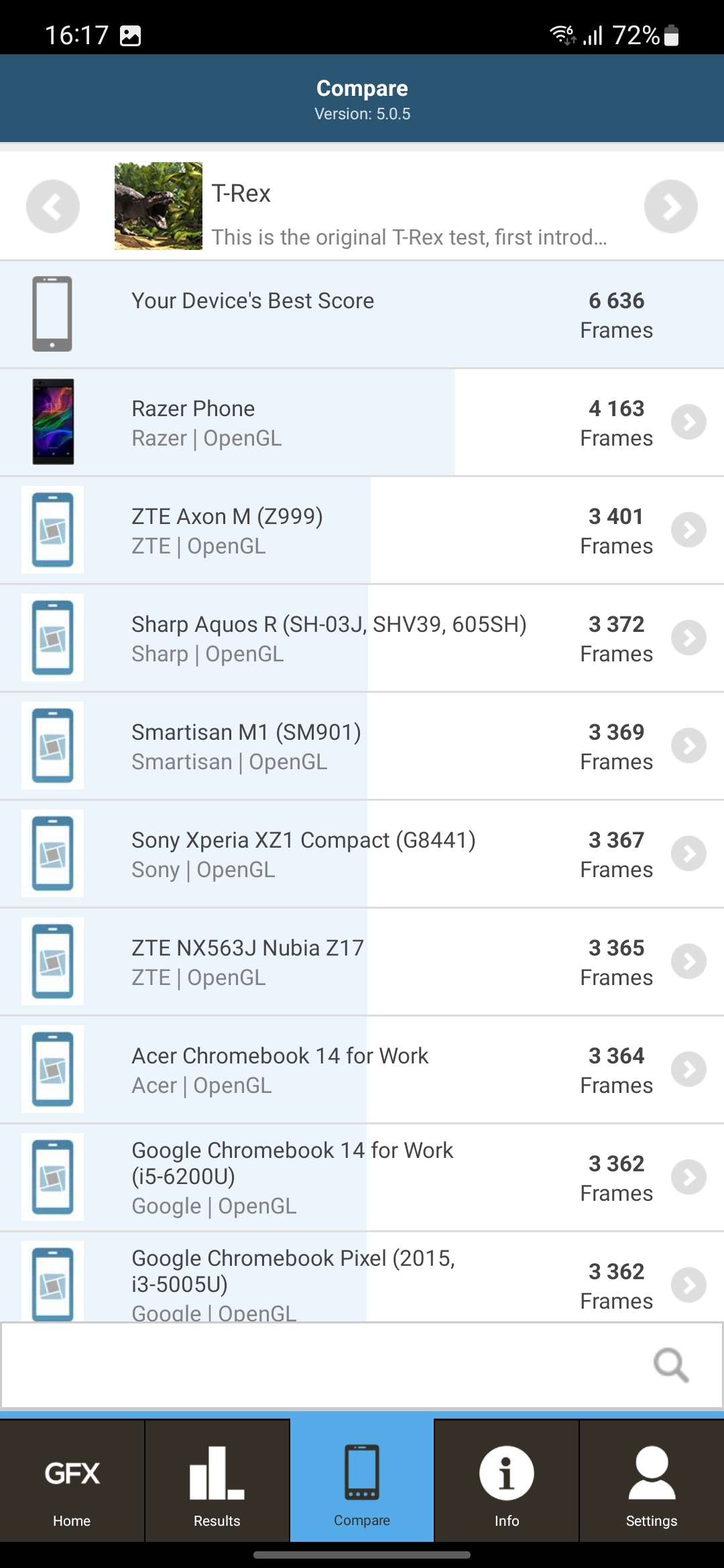

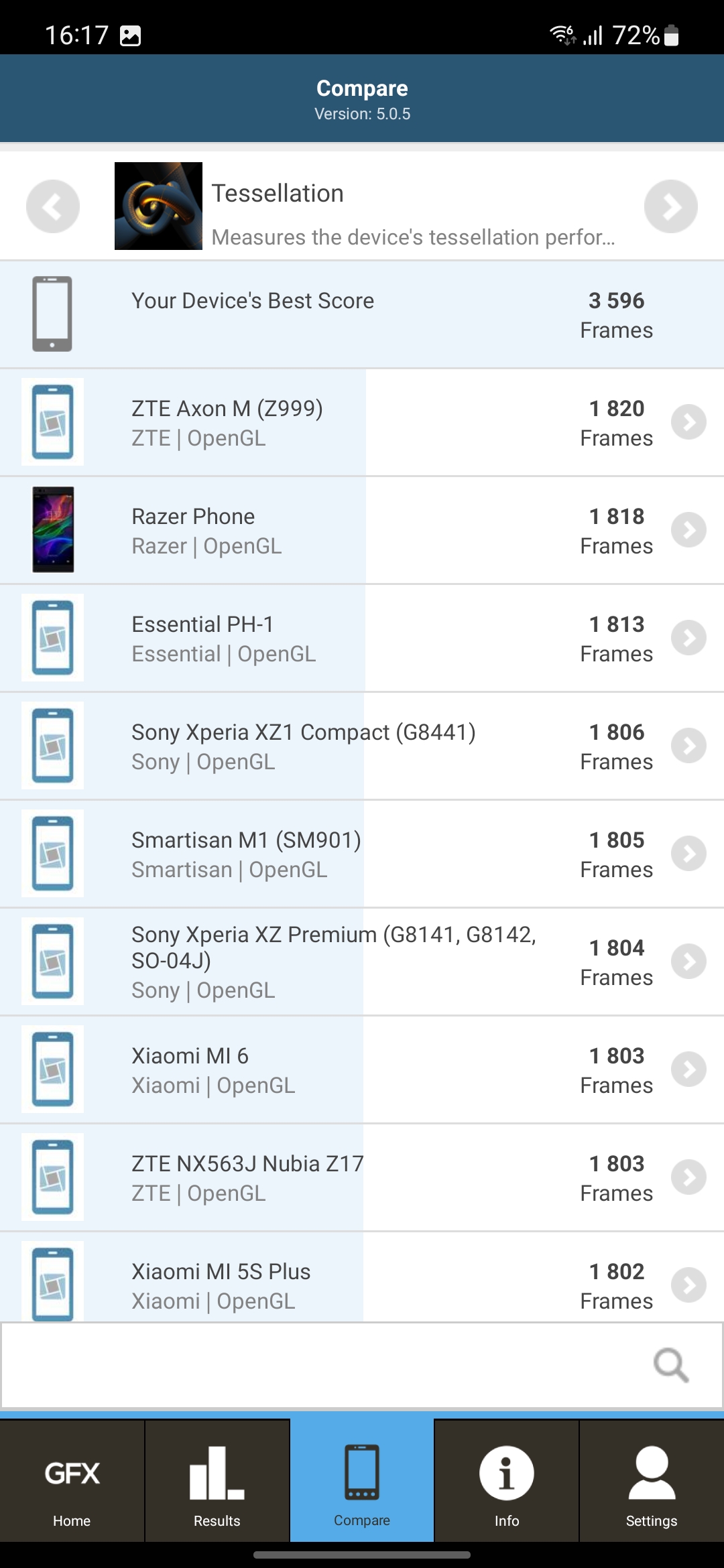

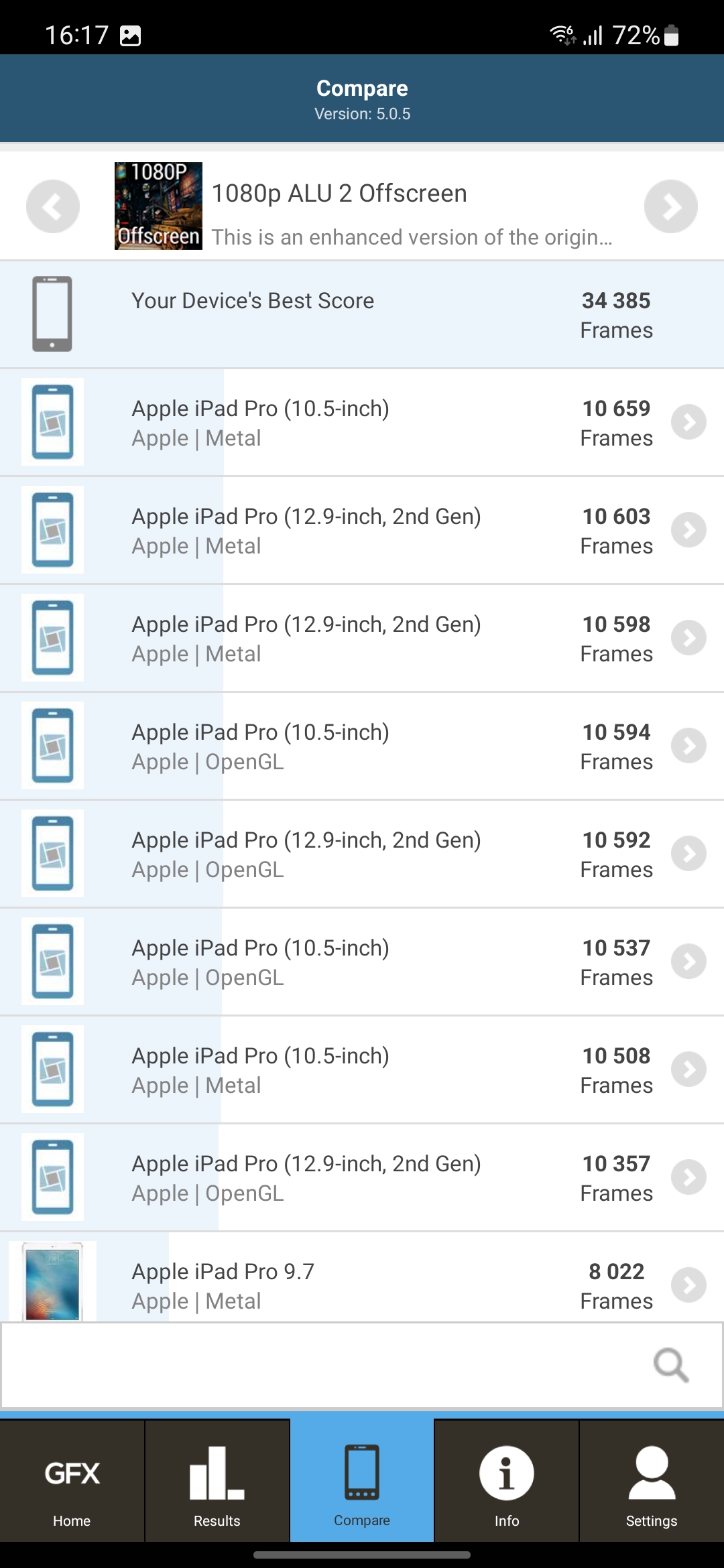
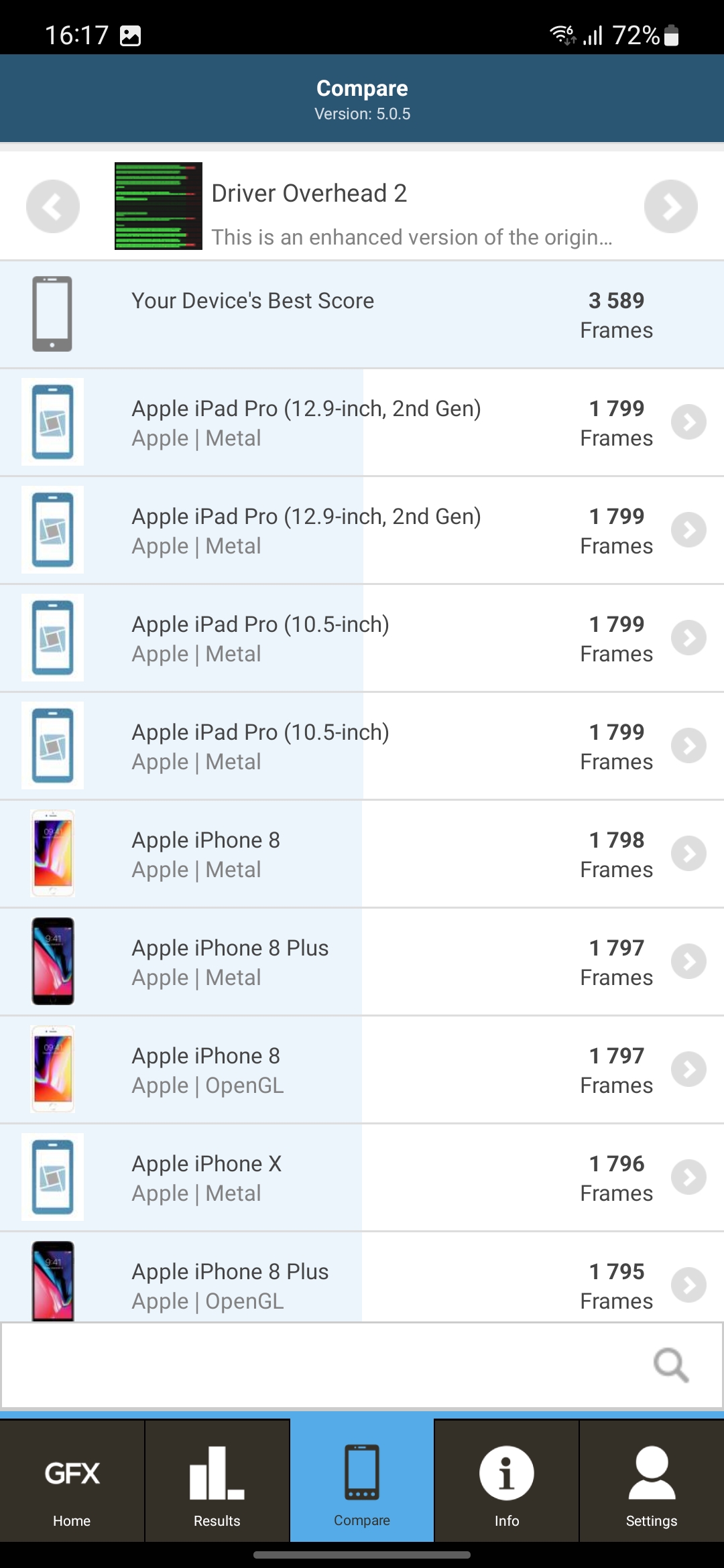






















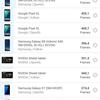
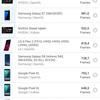



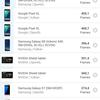
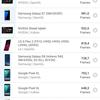



















The smartphone's stability is a little worse than the Galaxy S23 Ultra. The CPU Throttling Test showed that under long maximum loads there is overheating and performance can drop up to 72%. At the same time, the metal frame becomes noticeably warm. Although in real life this does not manifest itself in any way. Neither modern games nor the camera puts so much strain on the system and in everyday use there are no problems with overheating.
This also applies to Samsung Galaxy S23+:

And Samsung Galaxy S23+:

All modern smartphones cope with all modern games without problems. The popular CoD Mobile, Diablo Immortal, Genshin Impact run at high graphics settings with a stable 60 FPS:







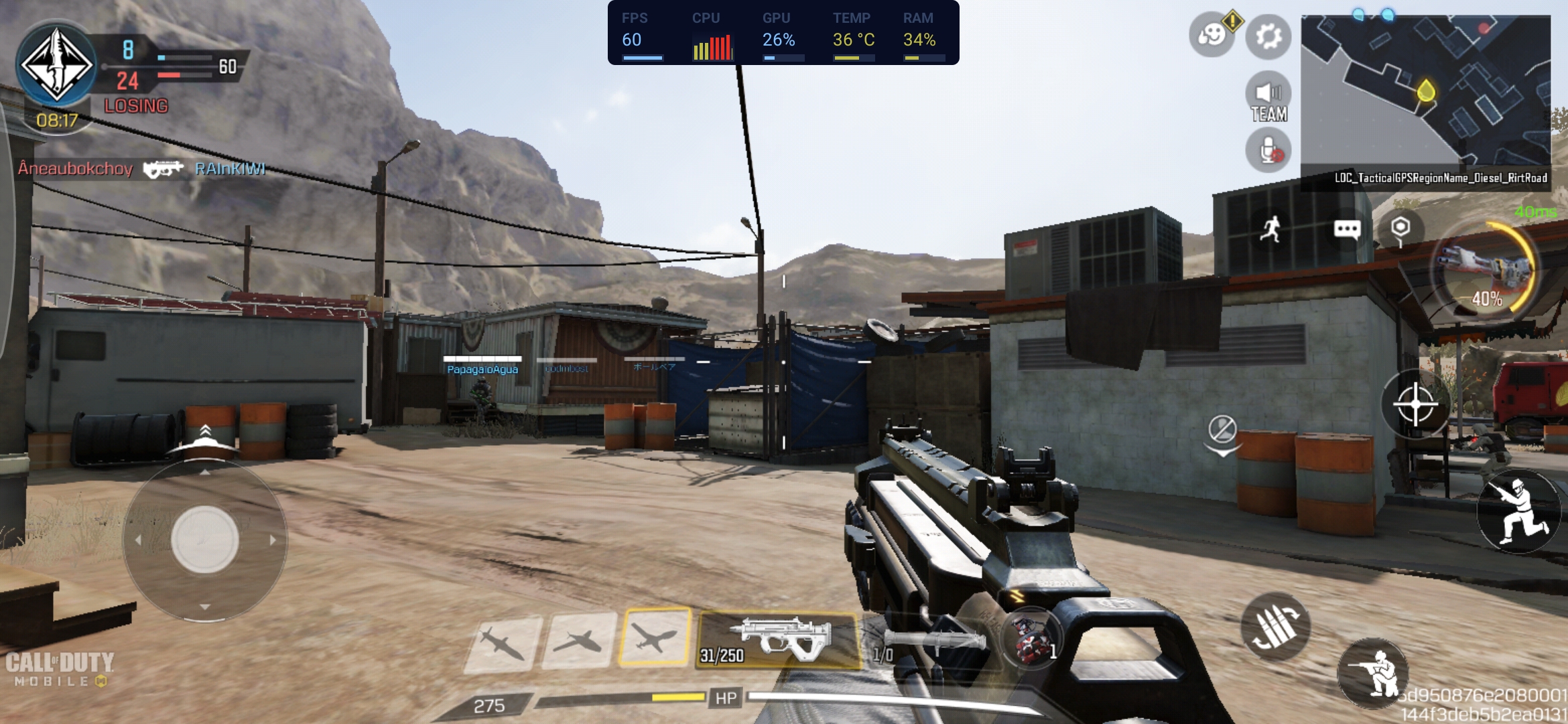
















The set of wireless interfaces is almost similar to the top Galaxy S23 Ultra model. There's tri-band 802.11 a/b/g/n/ac/6e Wi-Fi, Bluetooth 5.3 LE with support for aptX, aptX HD and LDAC codecs, and NFC. The only difference is that the lower models do not support Ultra Wideband (UWB). There is support for global positioning systems GPS, GLONASS, GALILEO, BDS. The smartphones can play stereo sound using the main and talking speakers.
There is Dolby Atmos support. The sound is loud and you can't miss a call. The quality is not bad either. Of course, you should not expect deep bass, but the quality is quite enough to watch videos on YouTube. The standard music player has the usual functionality and supports all common formats, including FLAC.
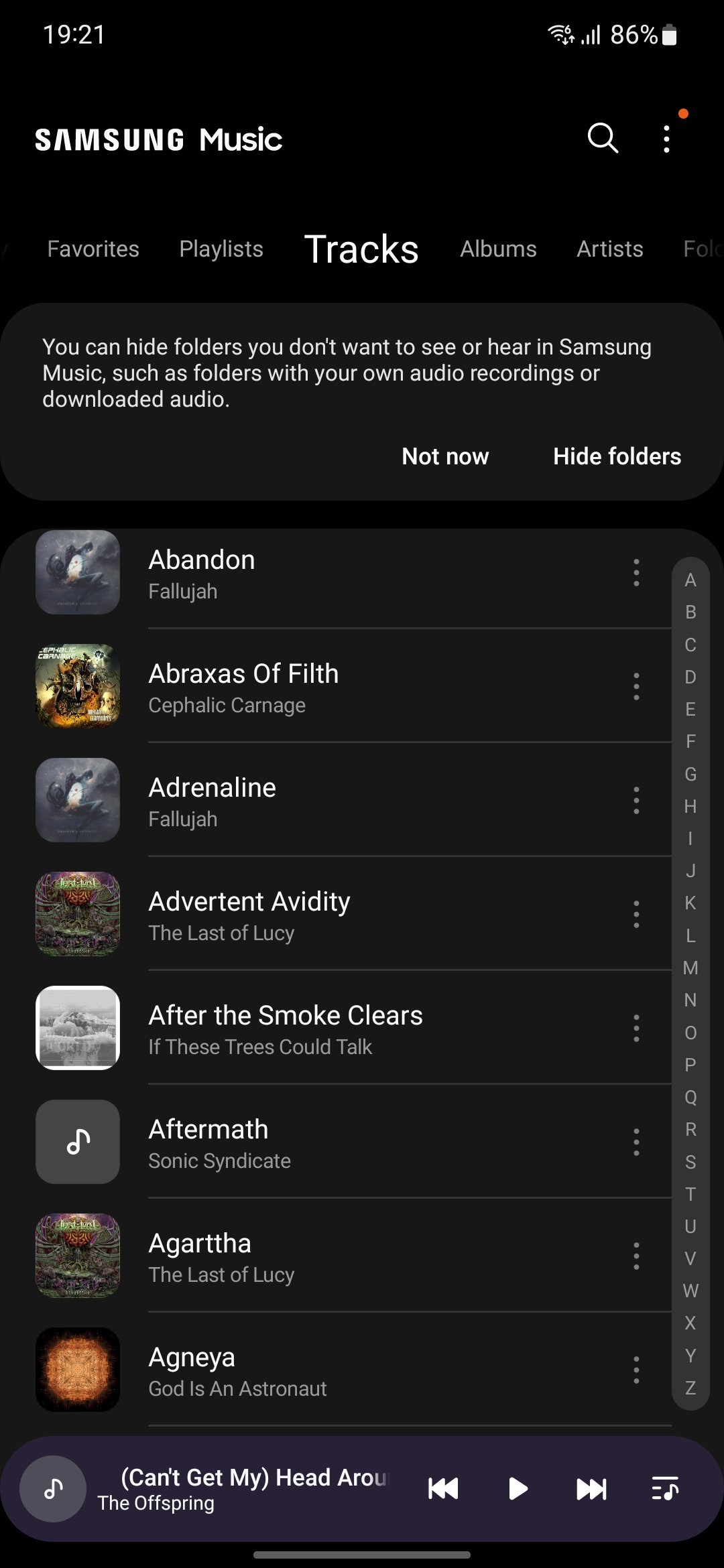
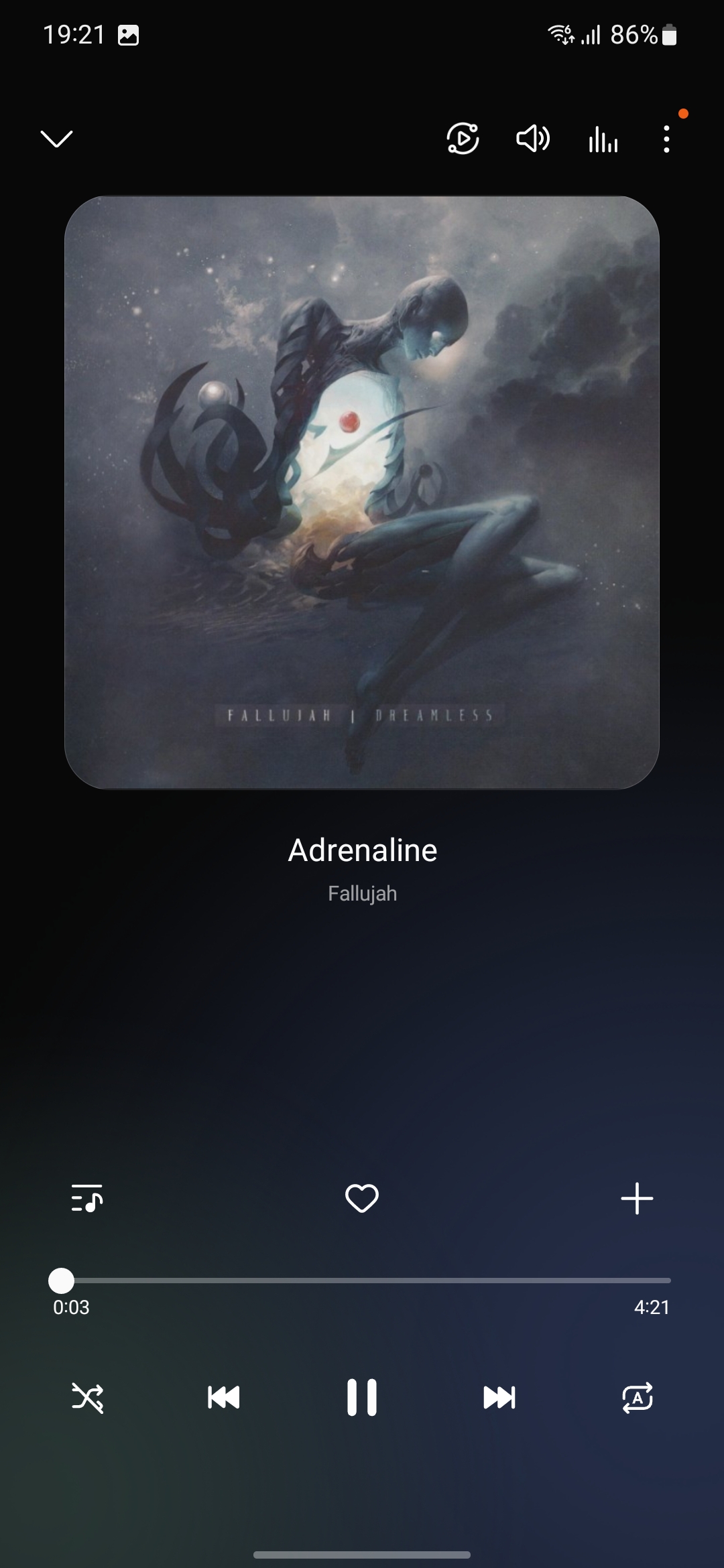
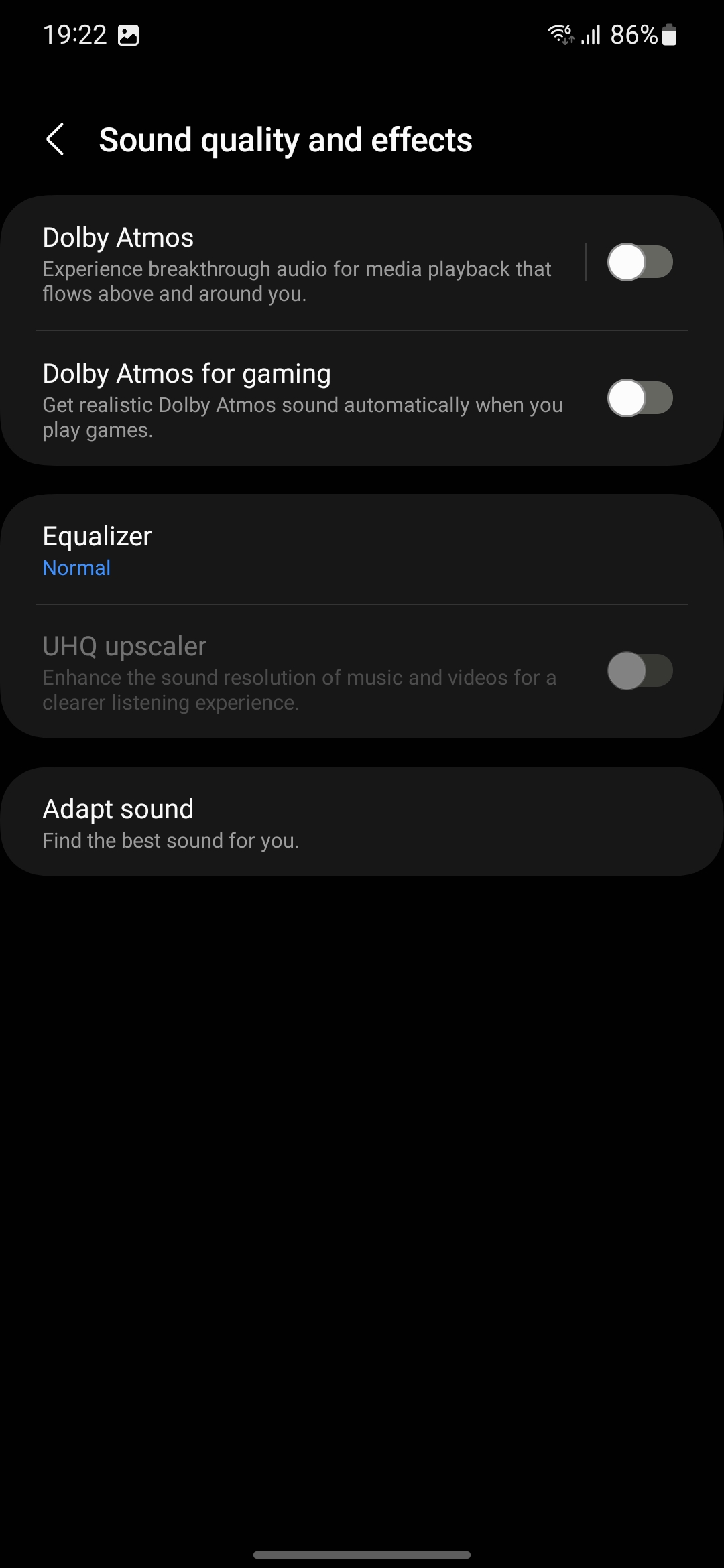
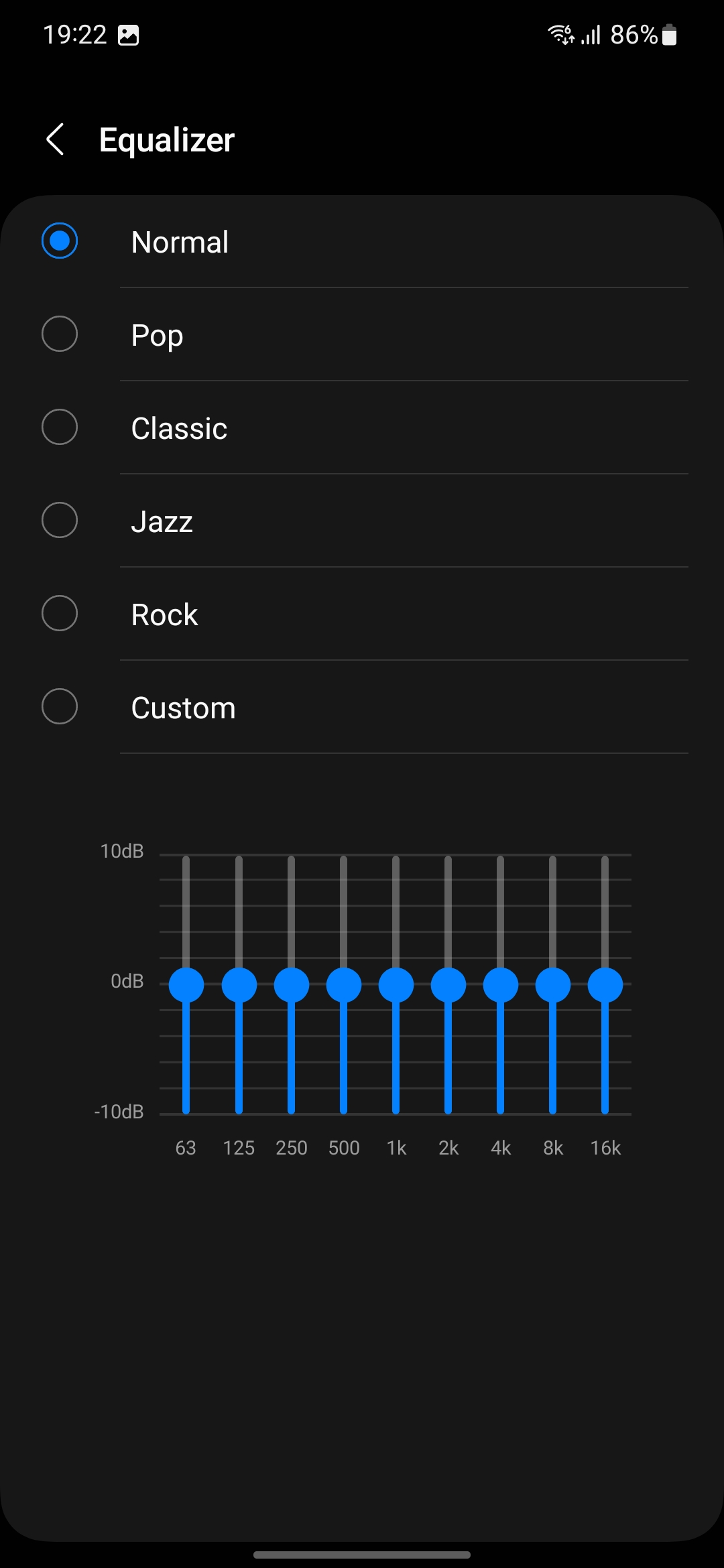




Smartphones got slightly larger batteries compared to last year's flagships. The Samsung Galaxy S23 got a 3900 mAh battery instead of 3700 mAh. The Samsung Galaxy S23+ got 4,700mAh instead of 4,500mAh. The gain is not much, but it's better than nothing. Moreover, the processor is quite well optimized. It's hard to talk about a real increase in battery life compared to the Samsung Galaxy S22 range without having it at hand. But overall, the battery life is pretty good. In a daily usage scenario (about 15 minutes of talking, constant connection via LTE/Wi-Fi, mail, social networks, browser, messages, Youtube, 15-20 photos, about an hour of music via Bluetooth) the younger model can be charged once a day. The Galaxy S23+ lives a little longer, but the difference is not significant.
The Samsung Galaxy S23+ supports Samsung's proprietary 45W wired fast charging, the Galaxy S23 supports 25W. Both models also support 15W wireless charging and 4.5W reverse wireless charging for accessories.
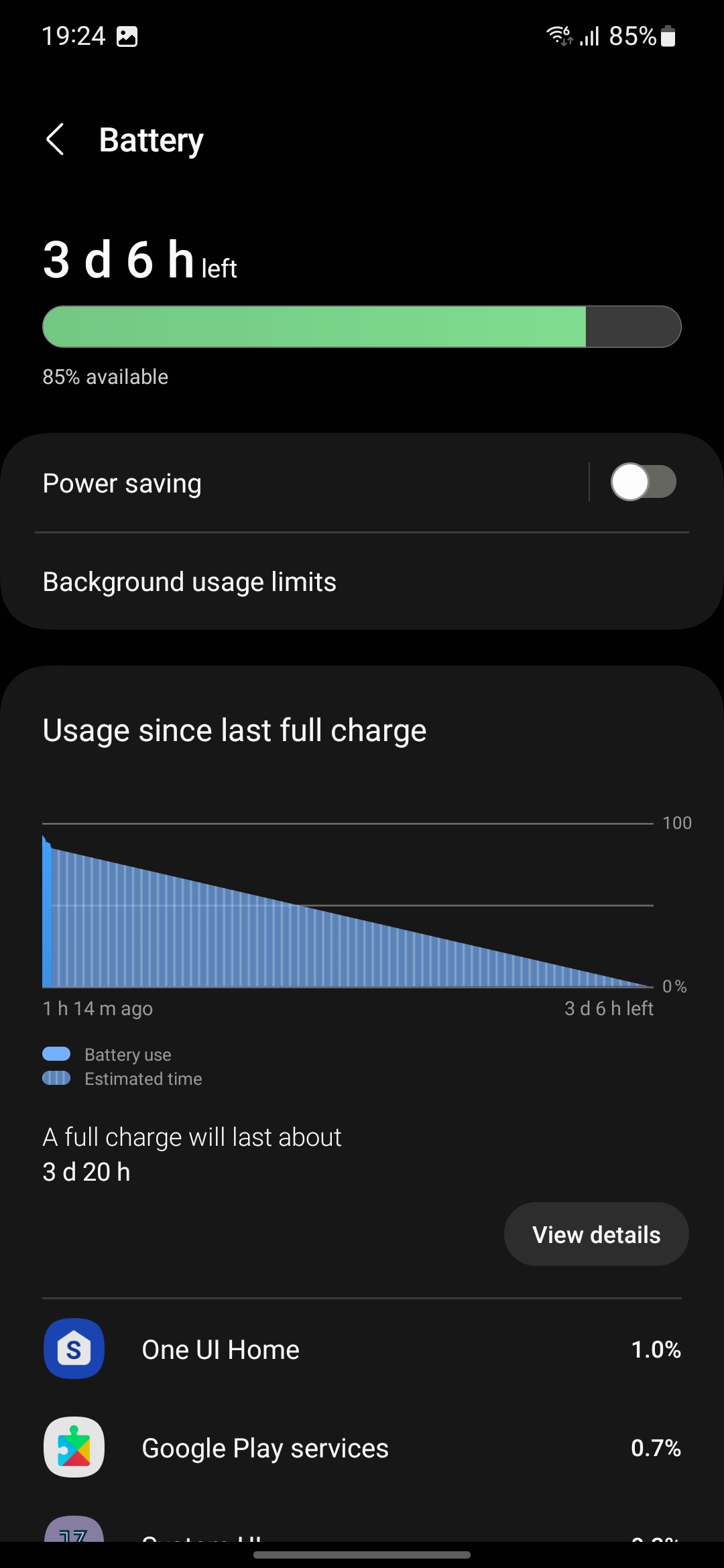
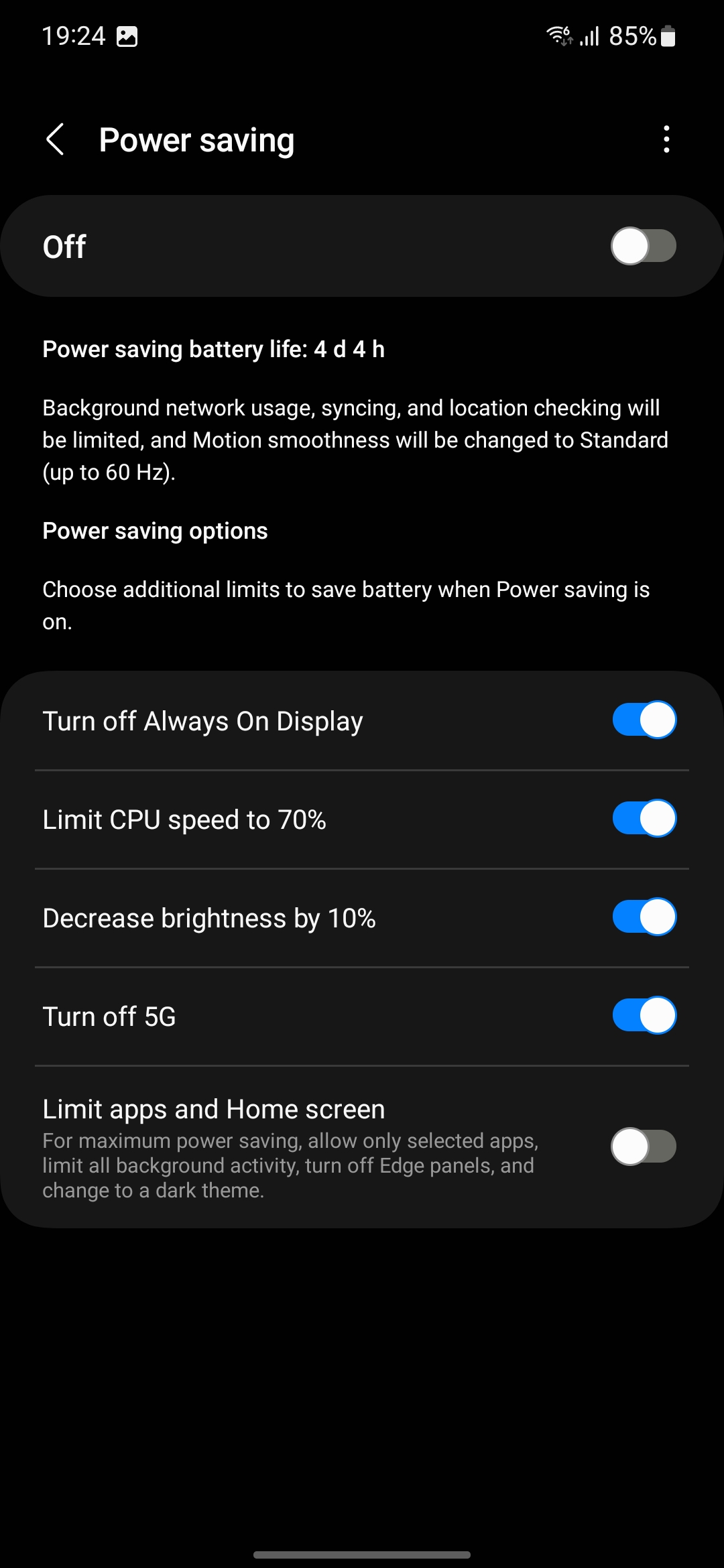
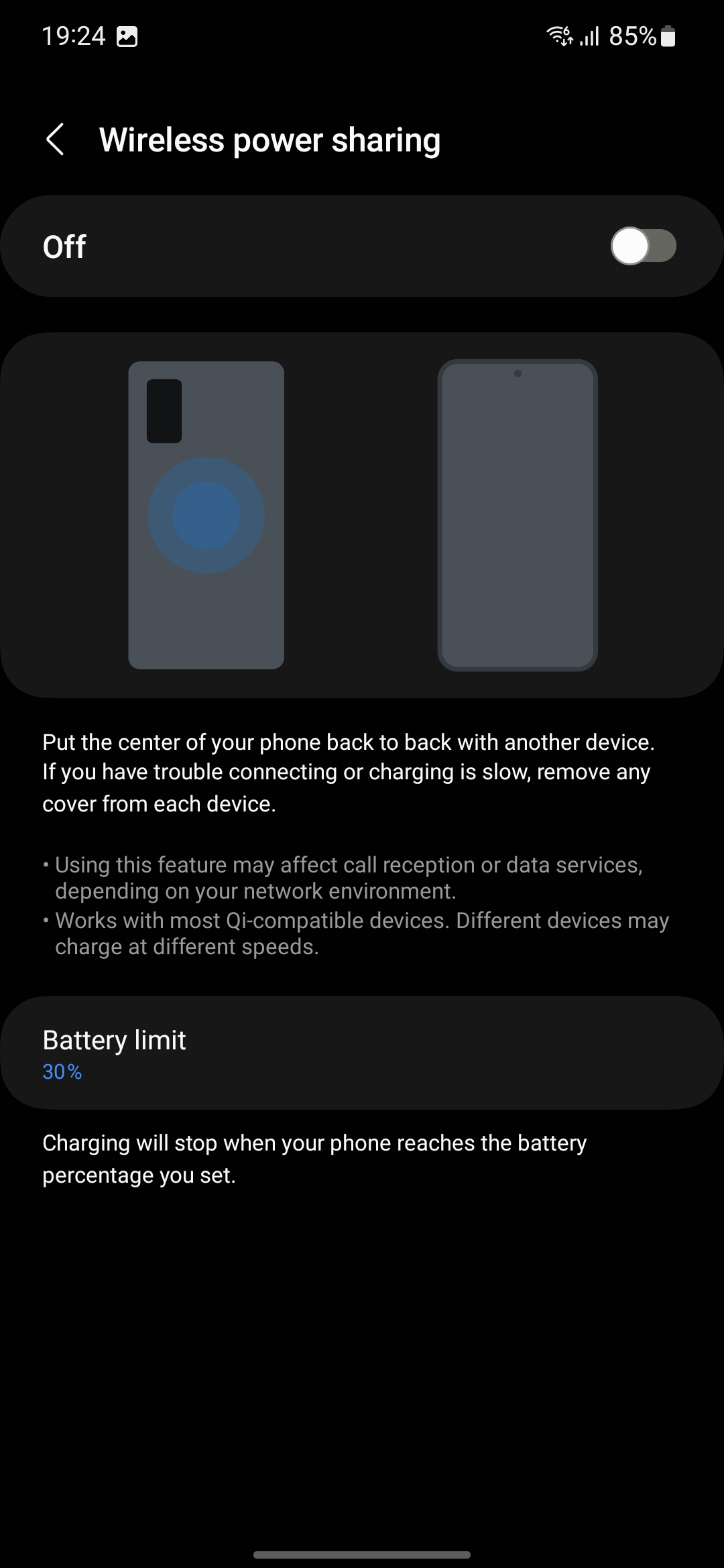
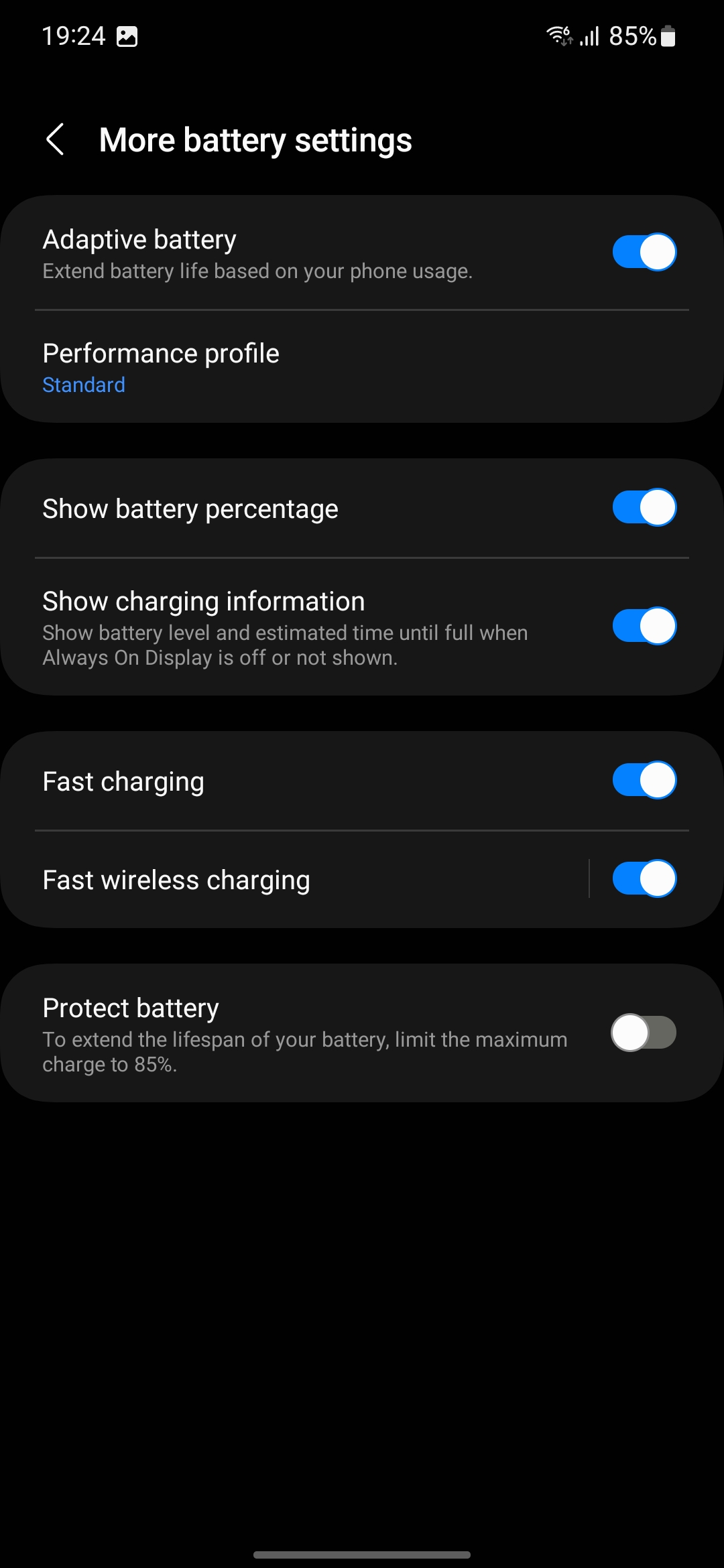




Interface
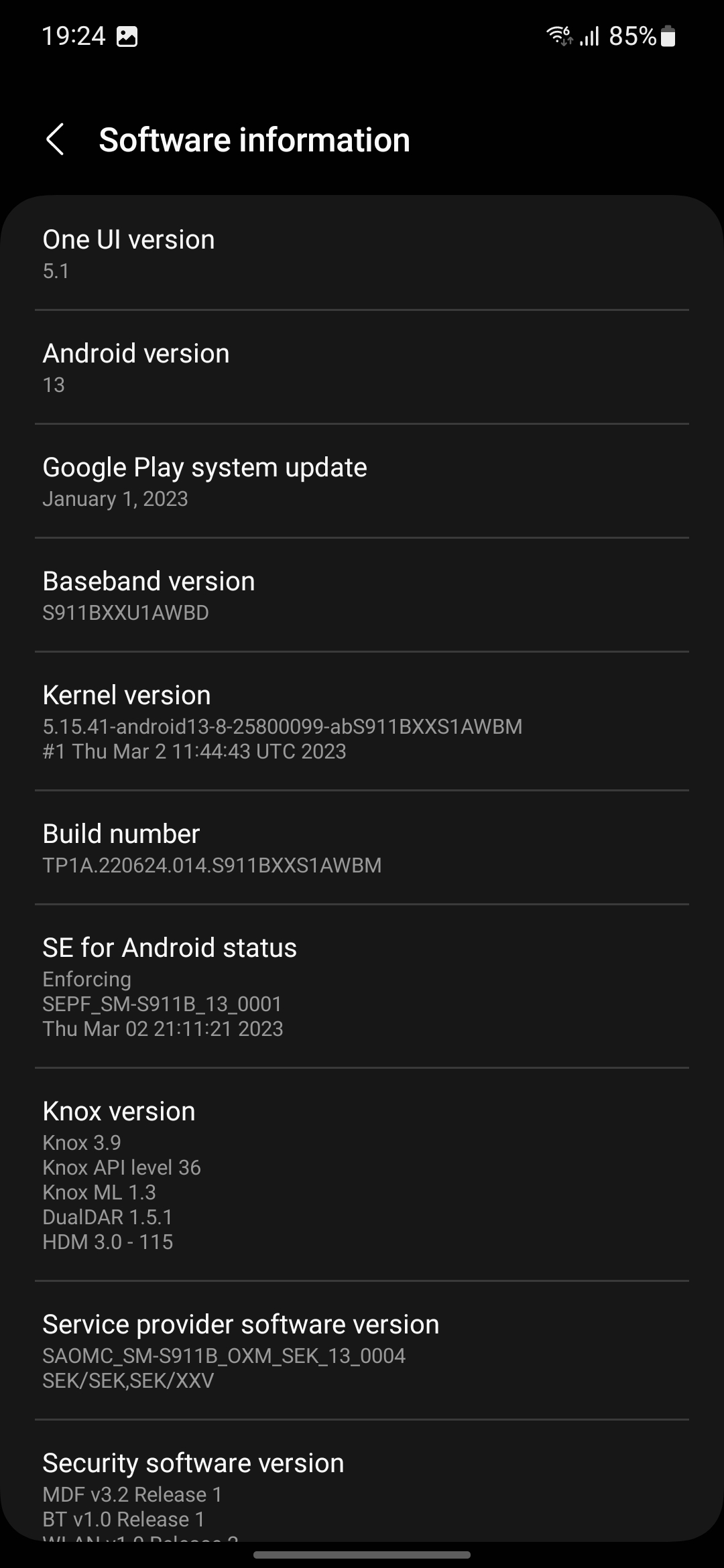
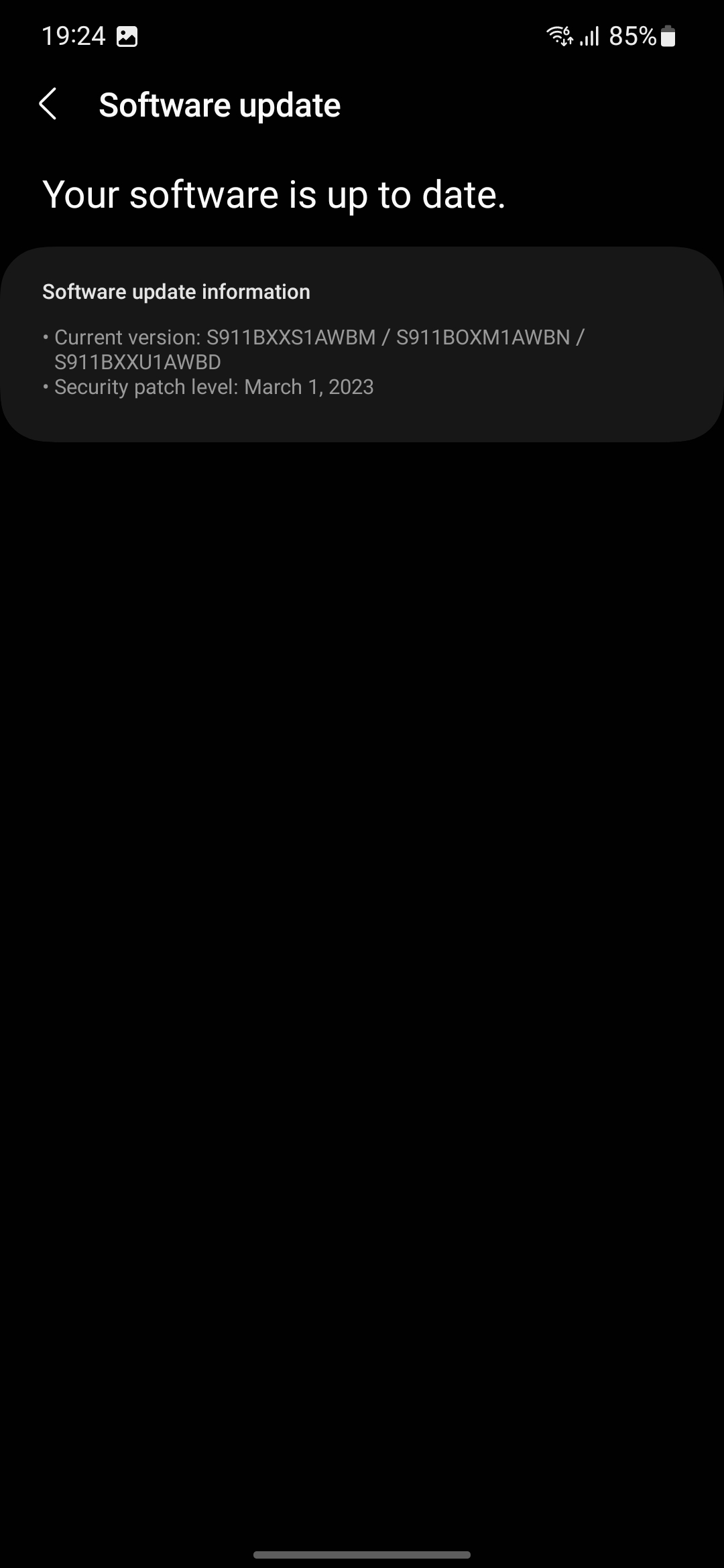


The smartphones run on Android 13 with the proprietary One UI 5.1 shell. We wrote about it and its innovations in detail in Samsung Galaxy S23 Ultra review: reaching for the stars. The shell works quickly, there were no bugs or serious bugs during use. Everything is done the usual way: desktops with widgets and applications, a curtain with switches, a separate menu with all the applications (can be disabled), gesture or push-button navigation, simple mode.
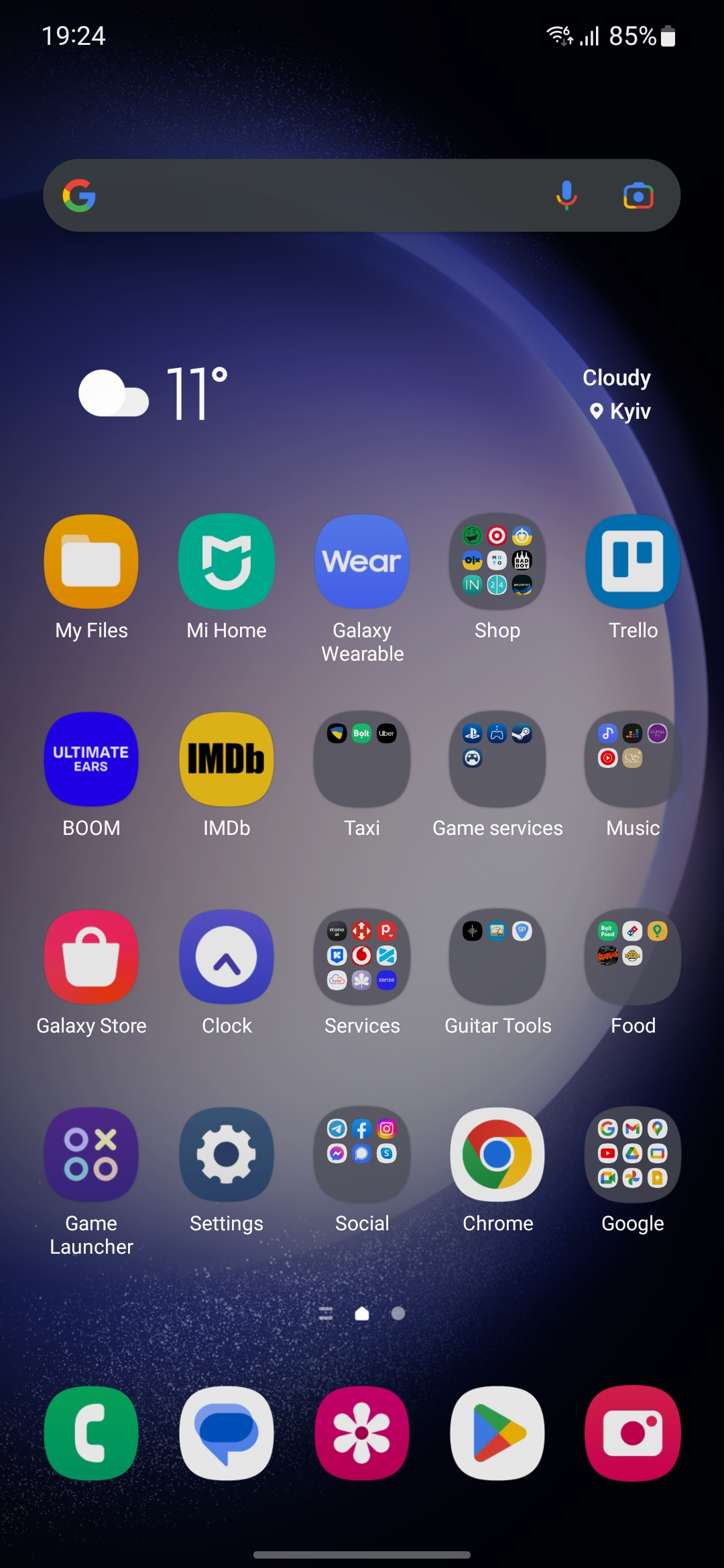
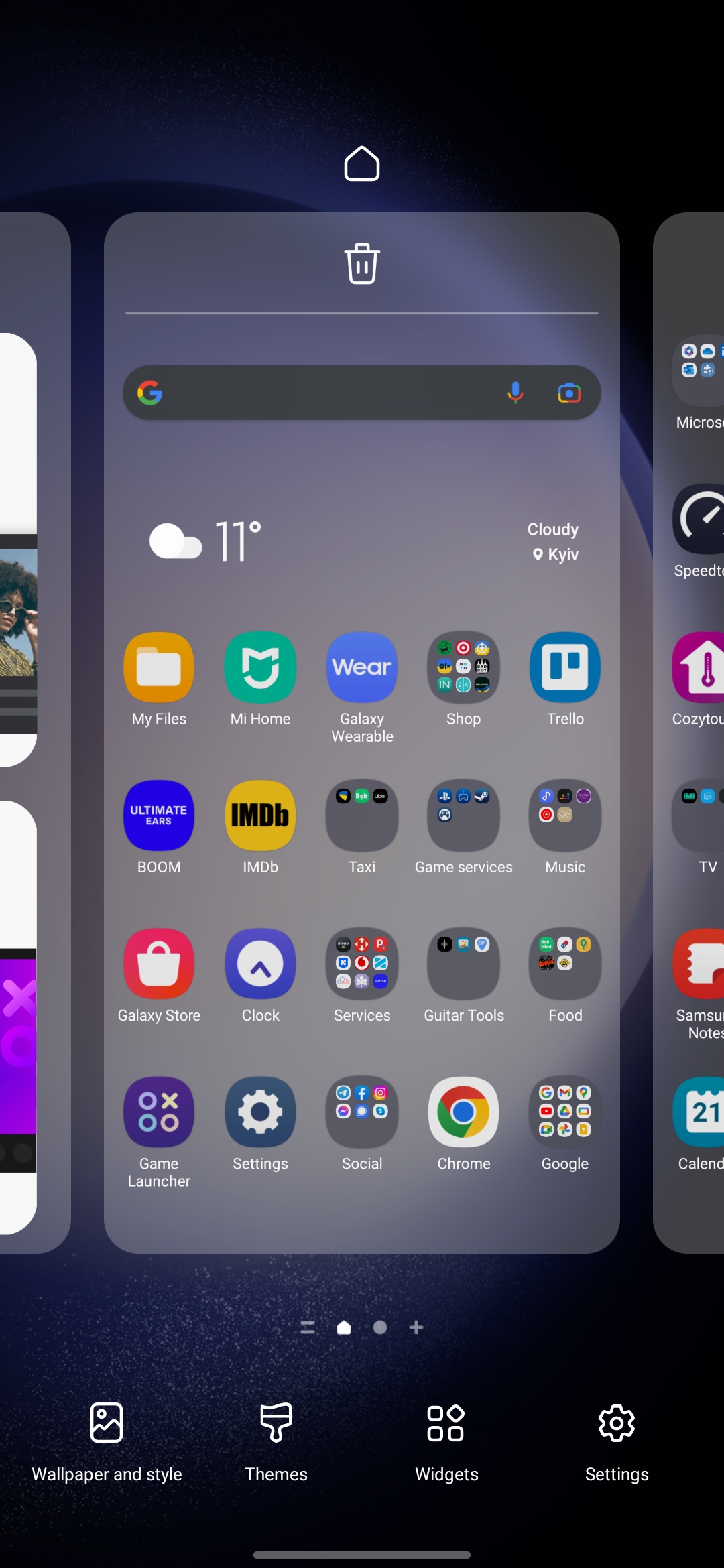
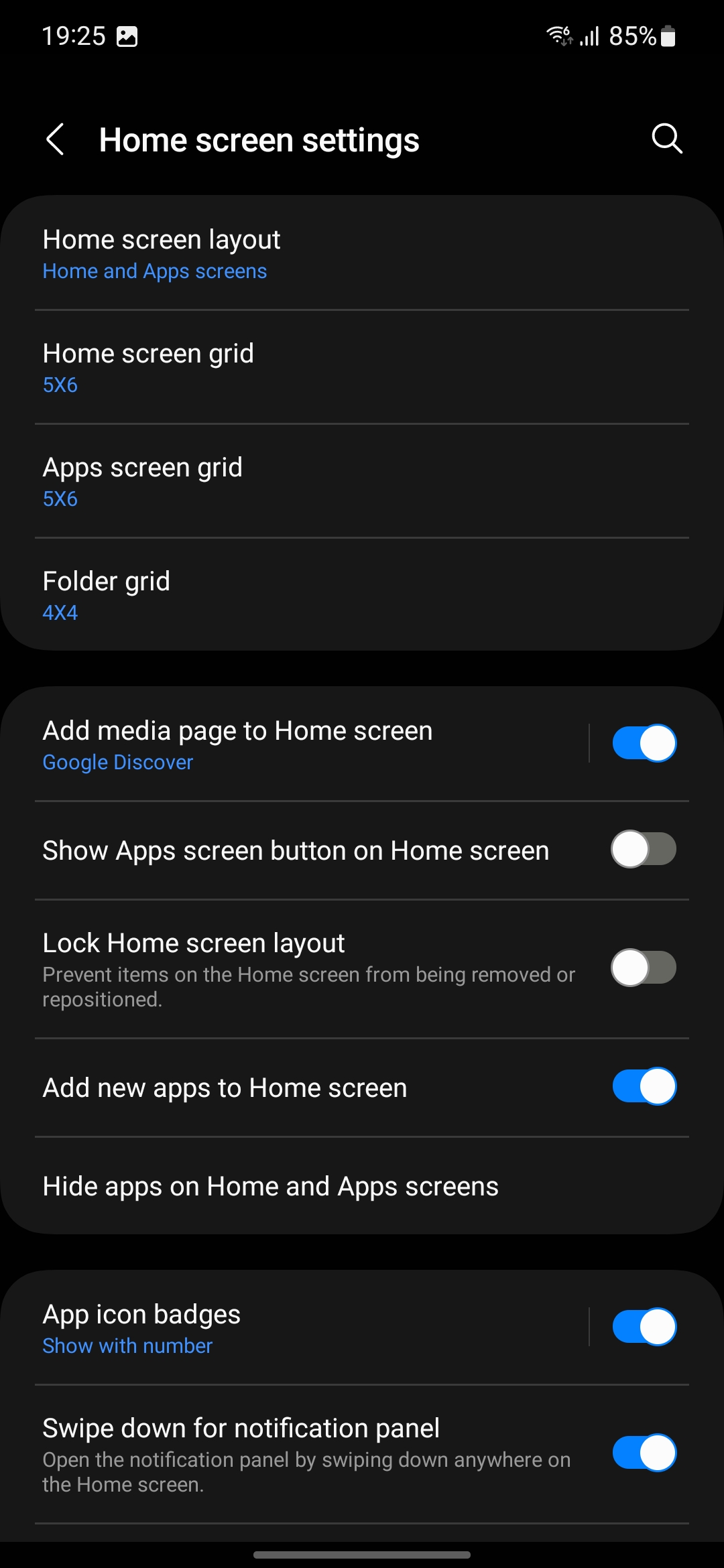
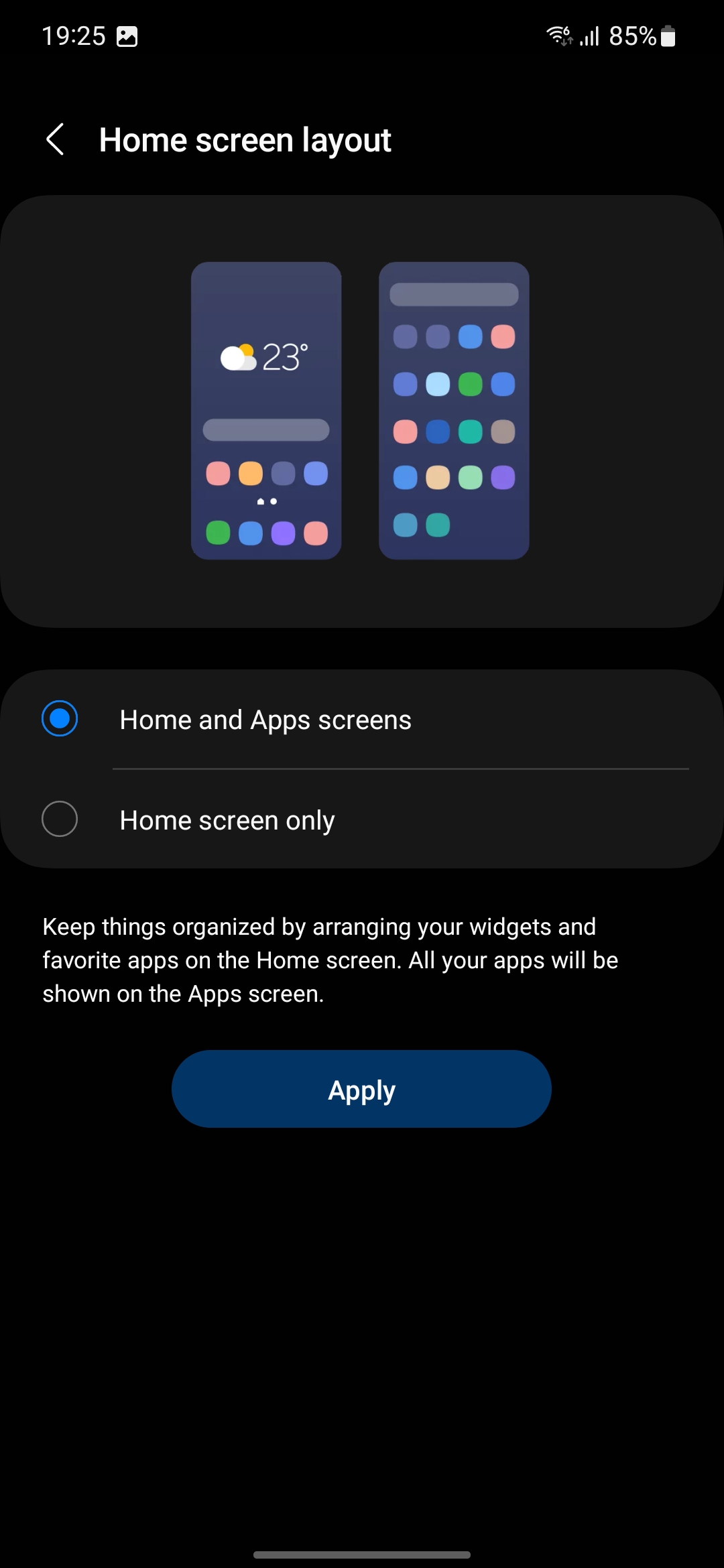

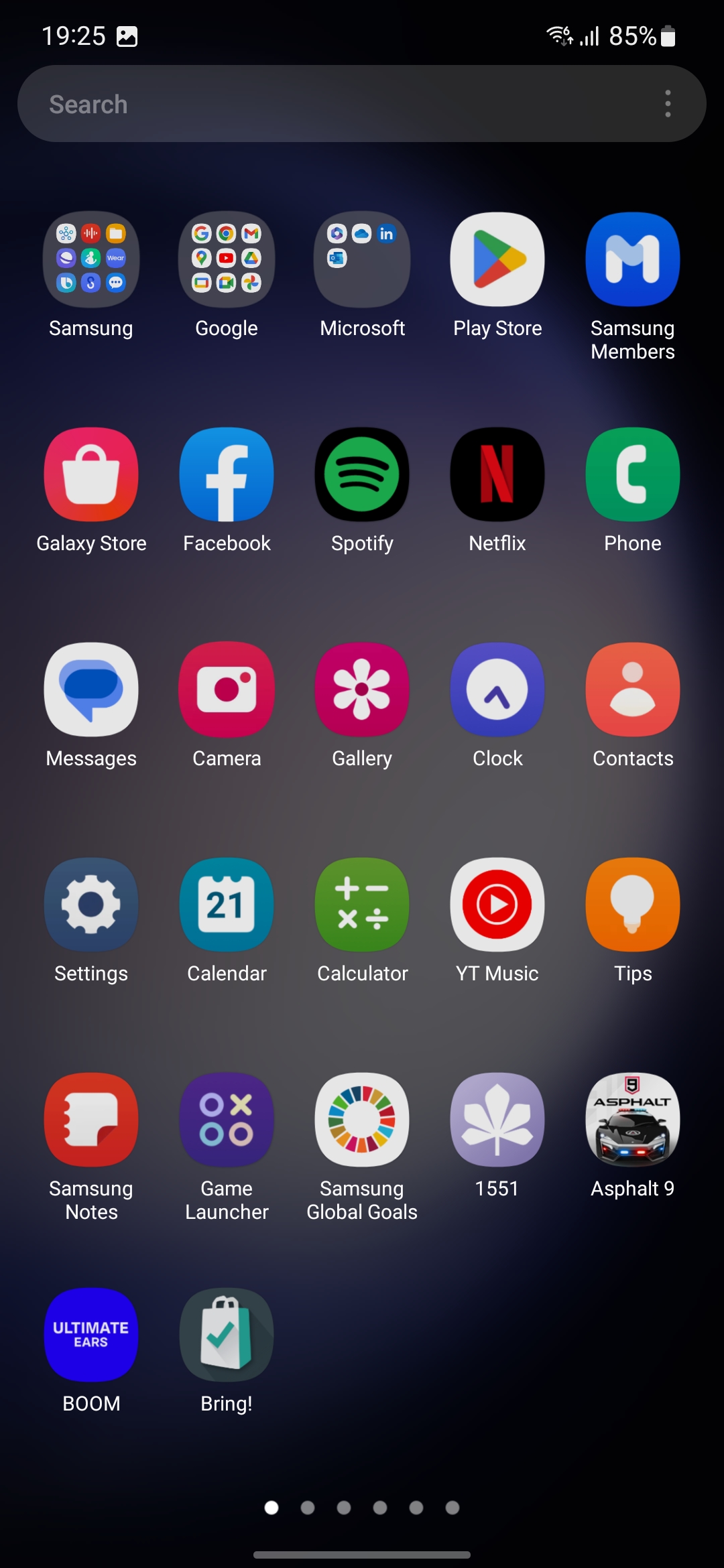
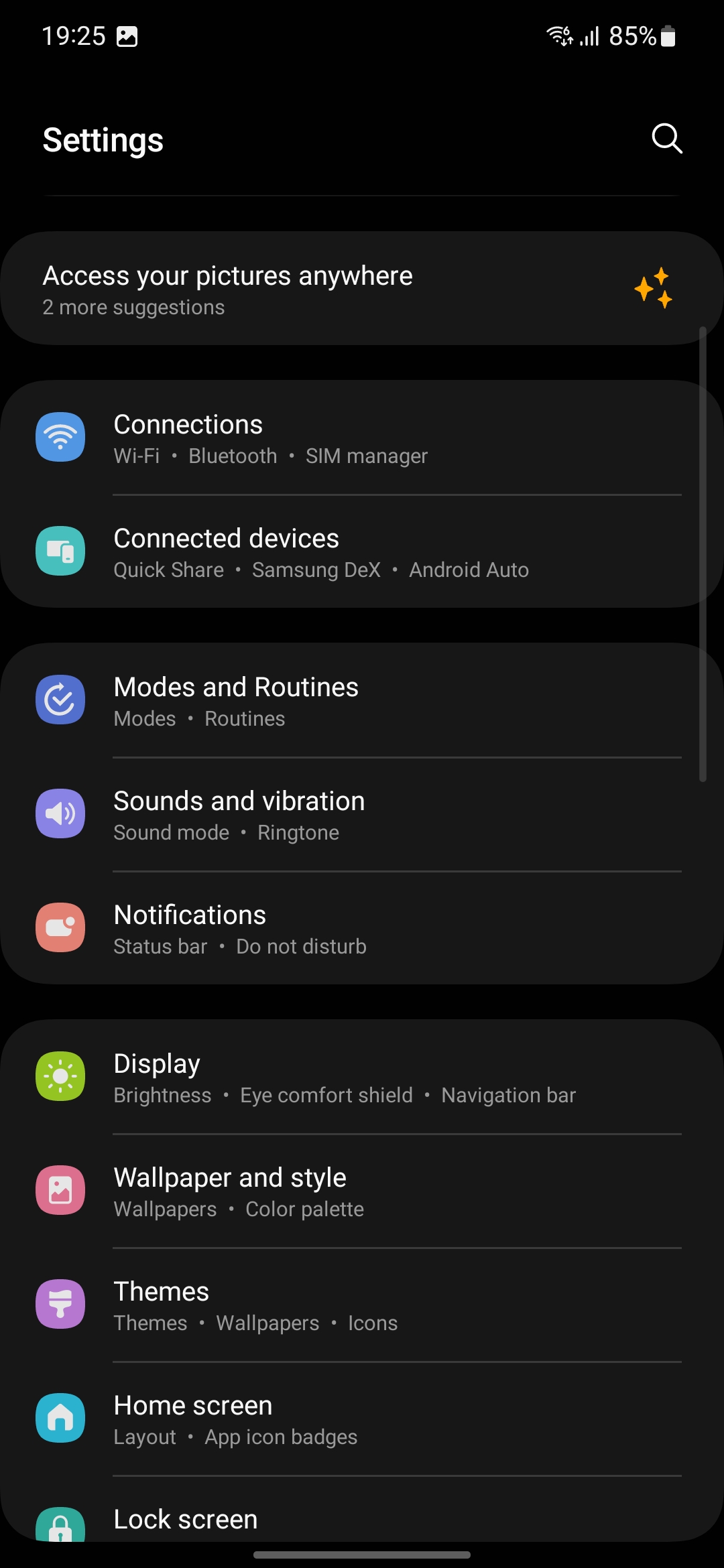

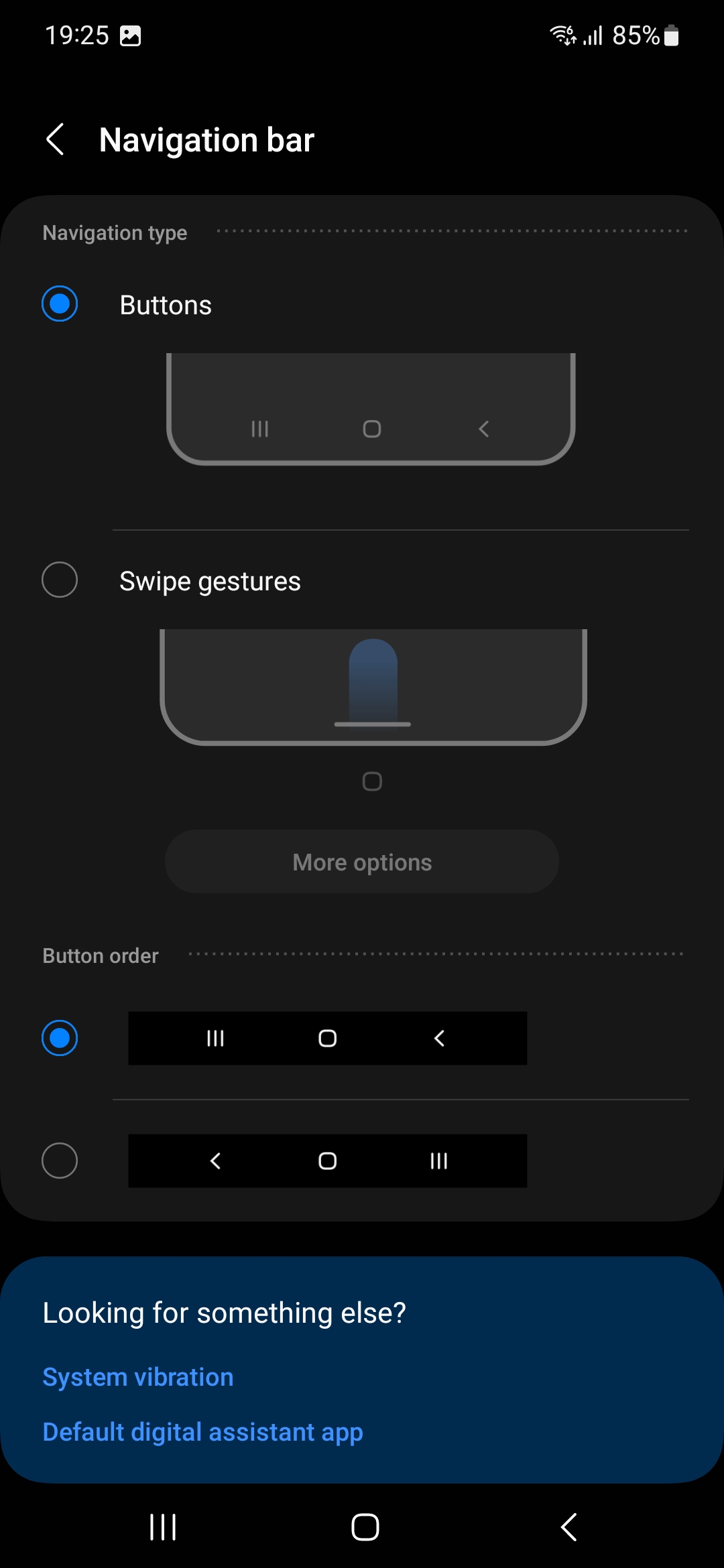







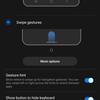

A fairly functional application manager, two-window mode, the ability to open an application in floating window or icon mode.
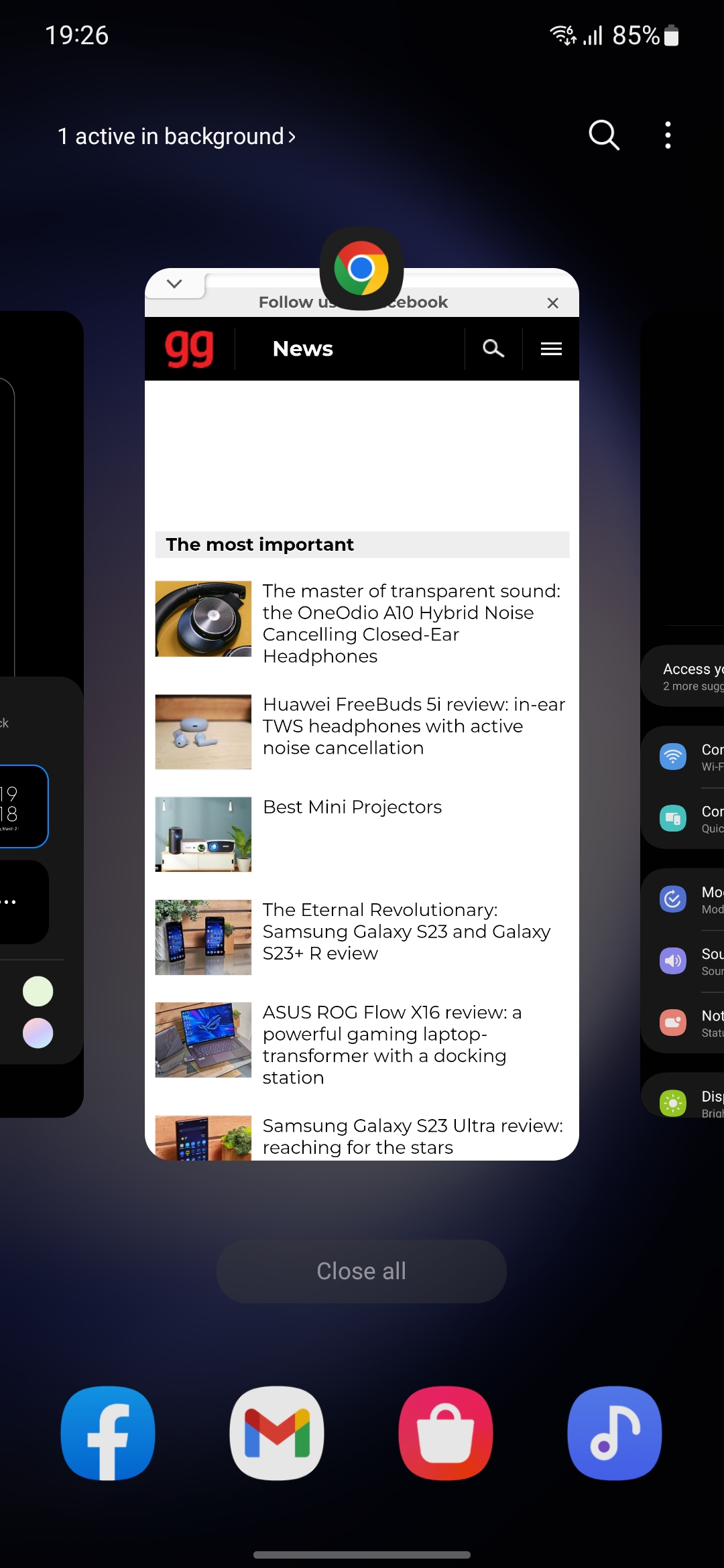
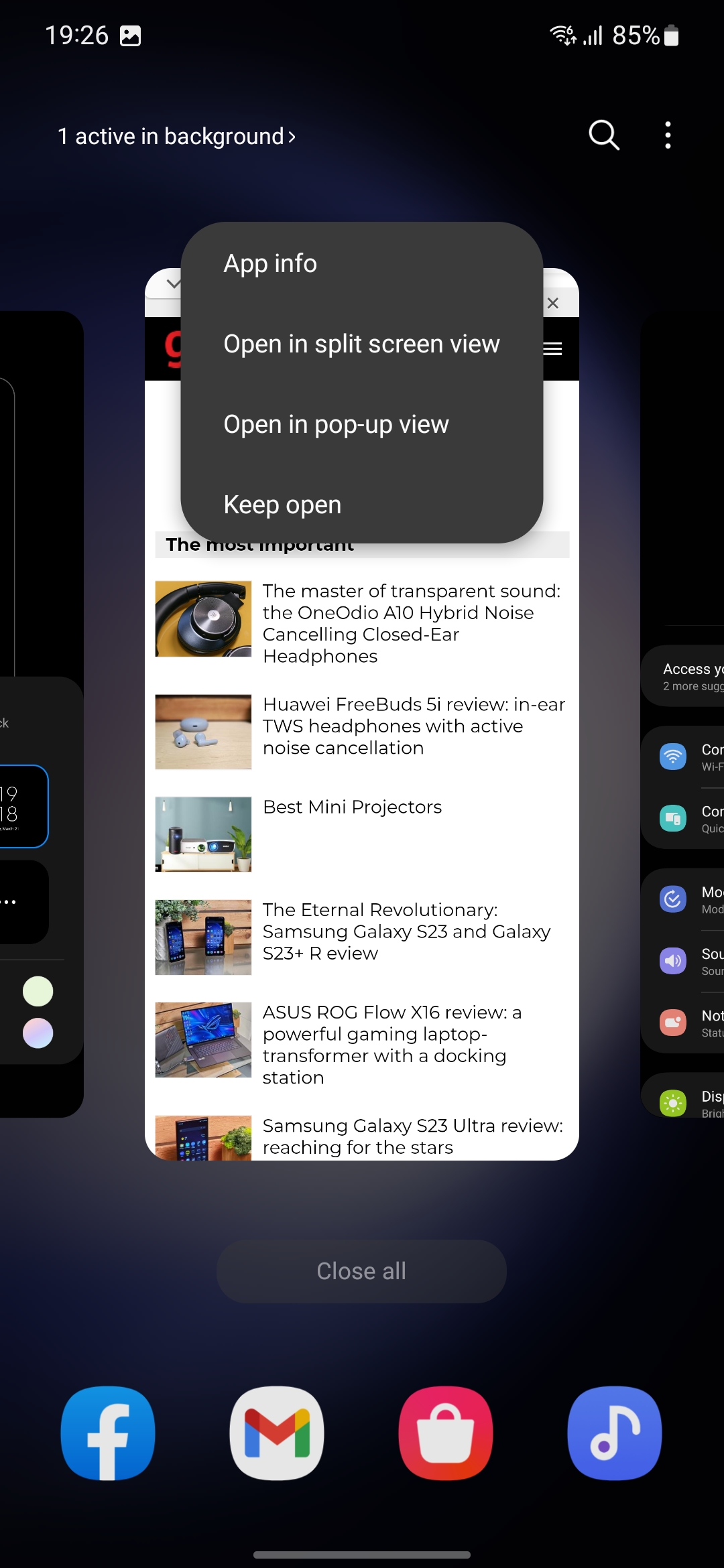
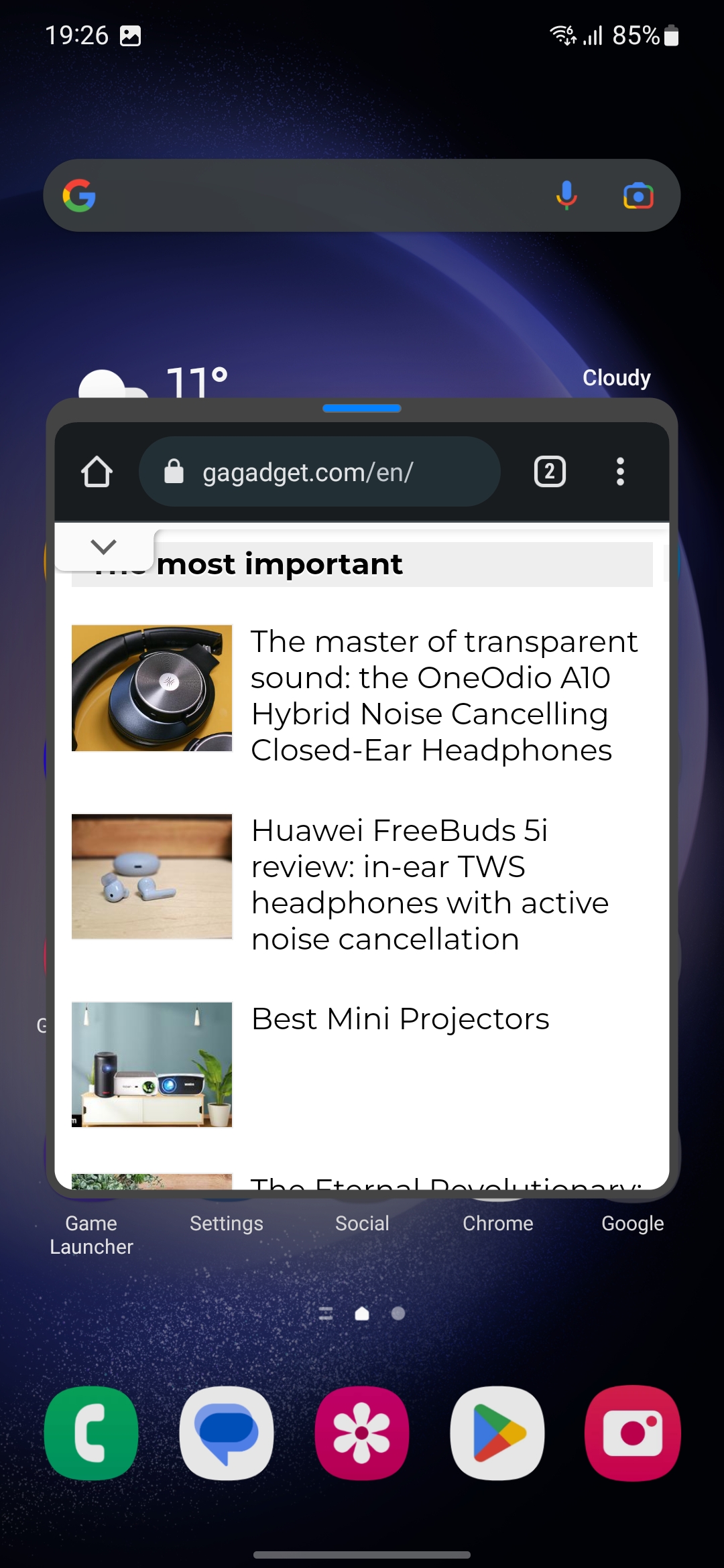
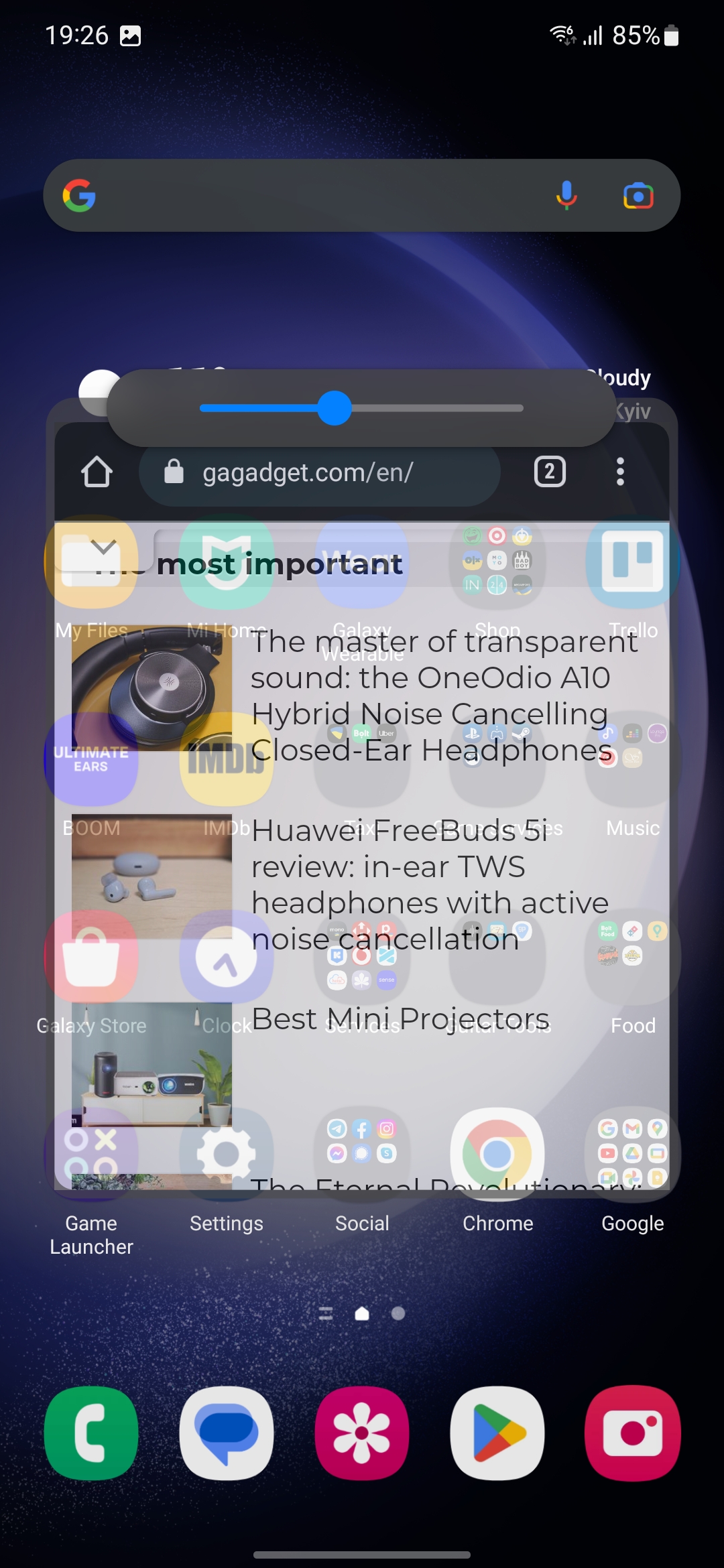
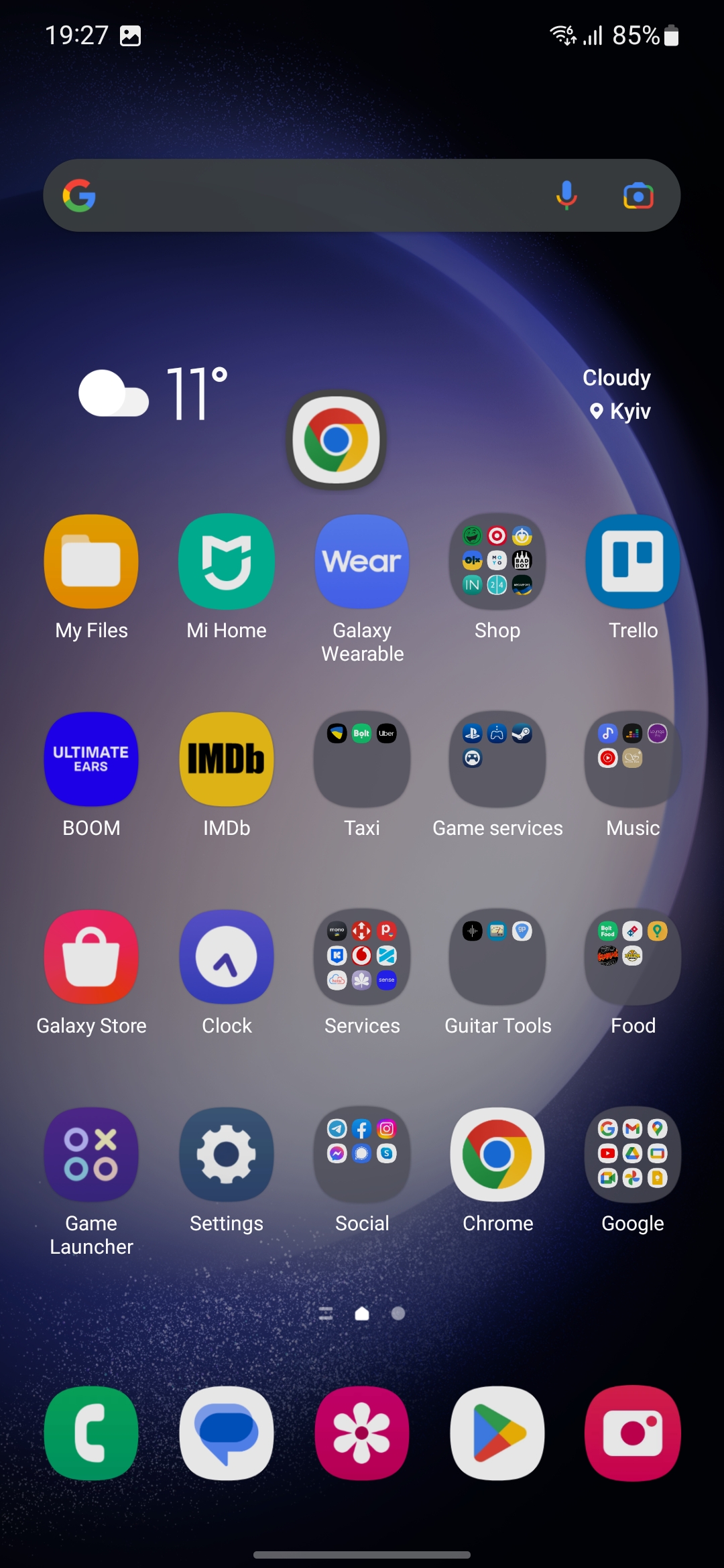







Edge sidebar


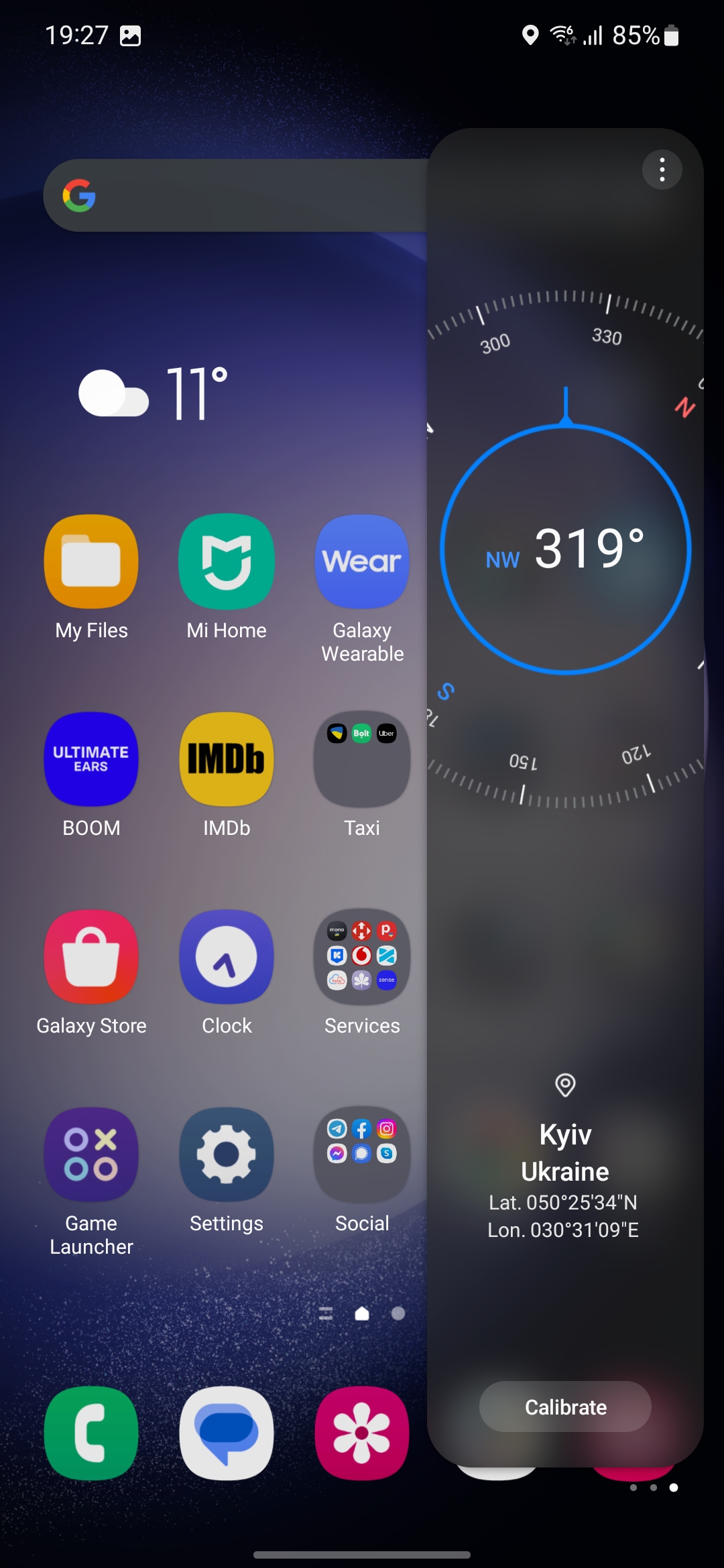
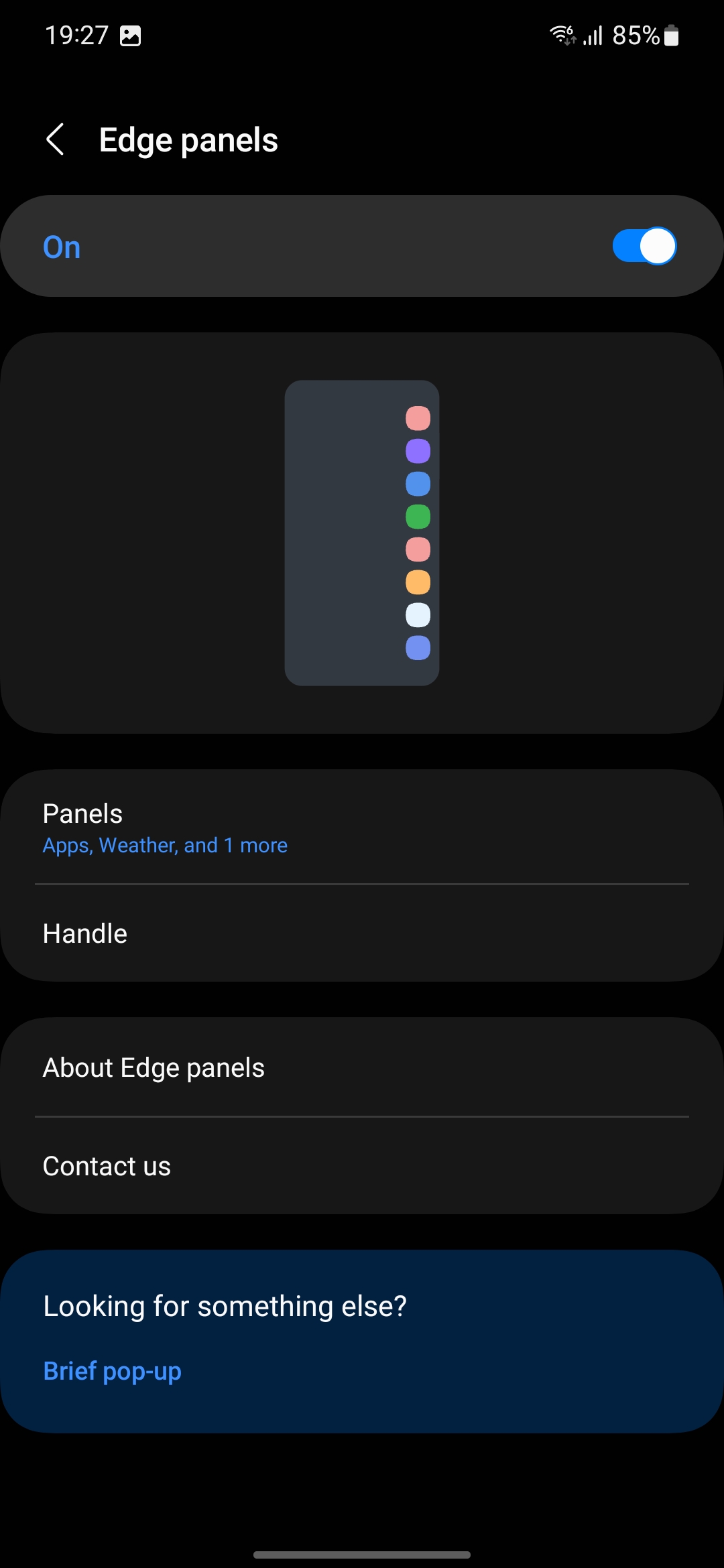




And some branded applications:
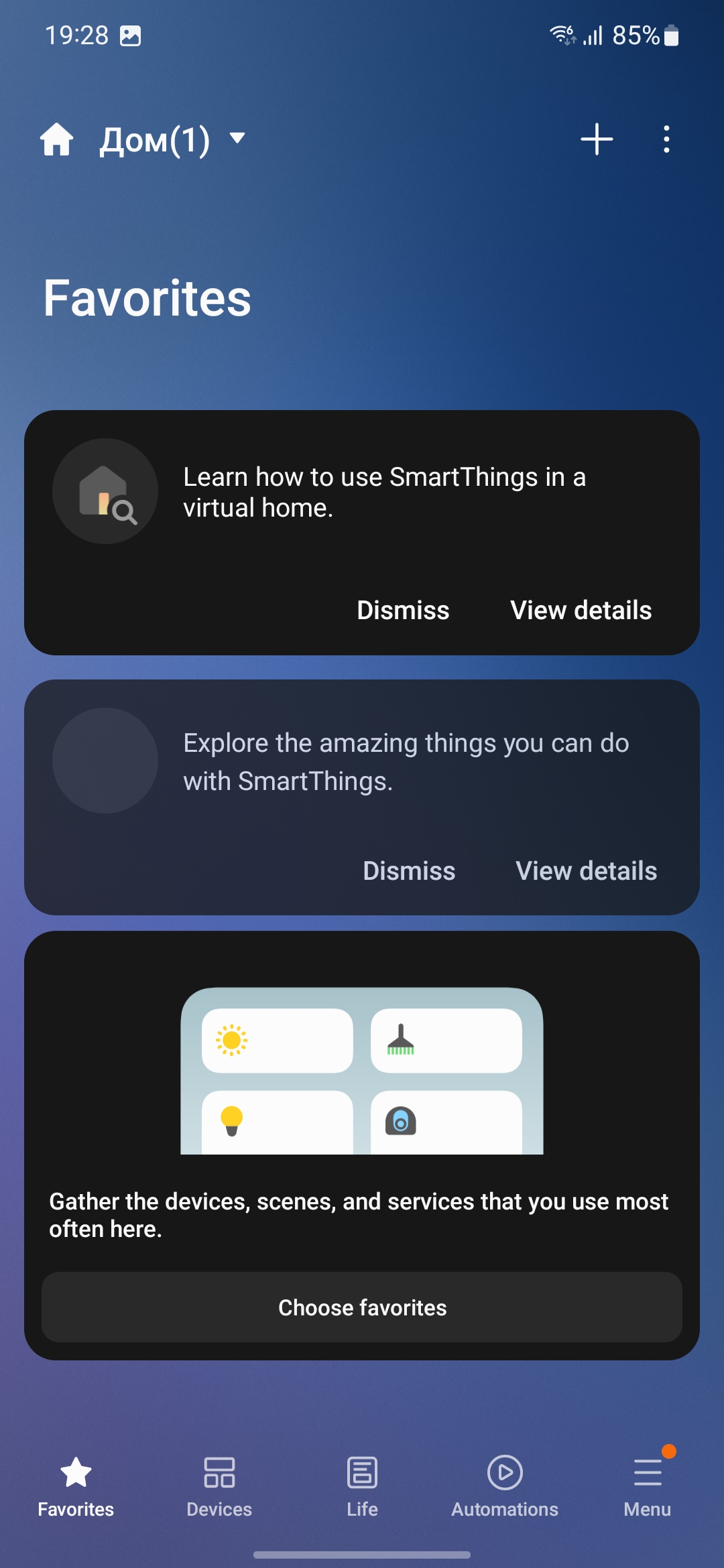
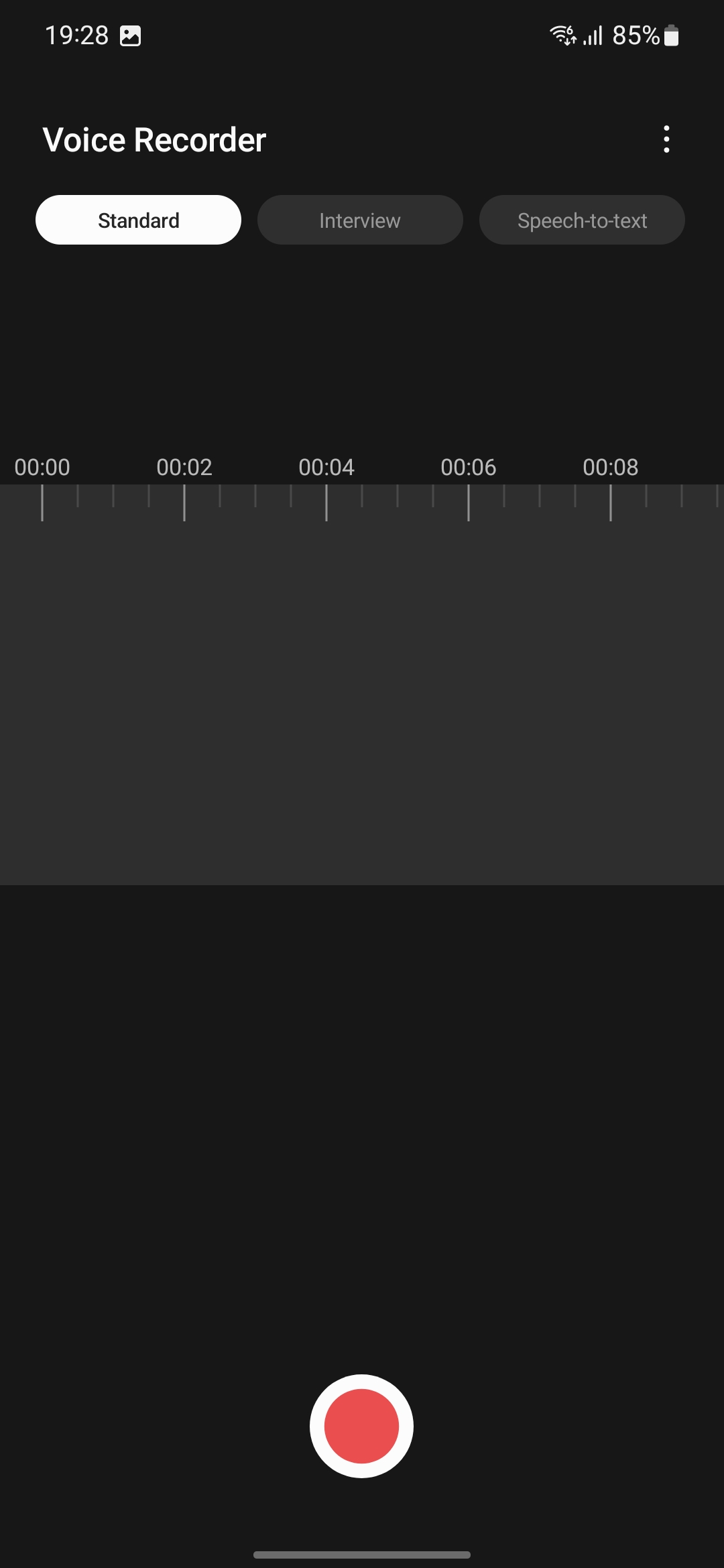
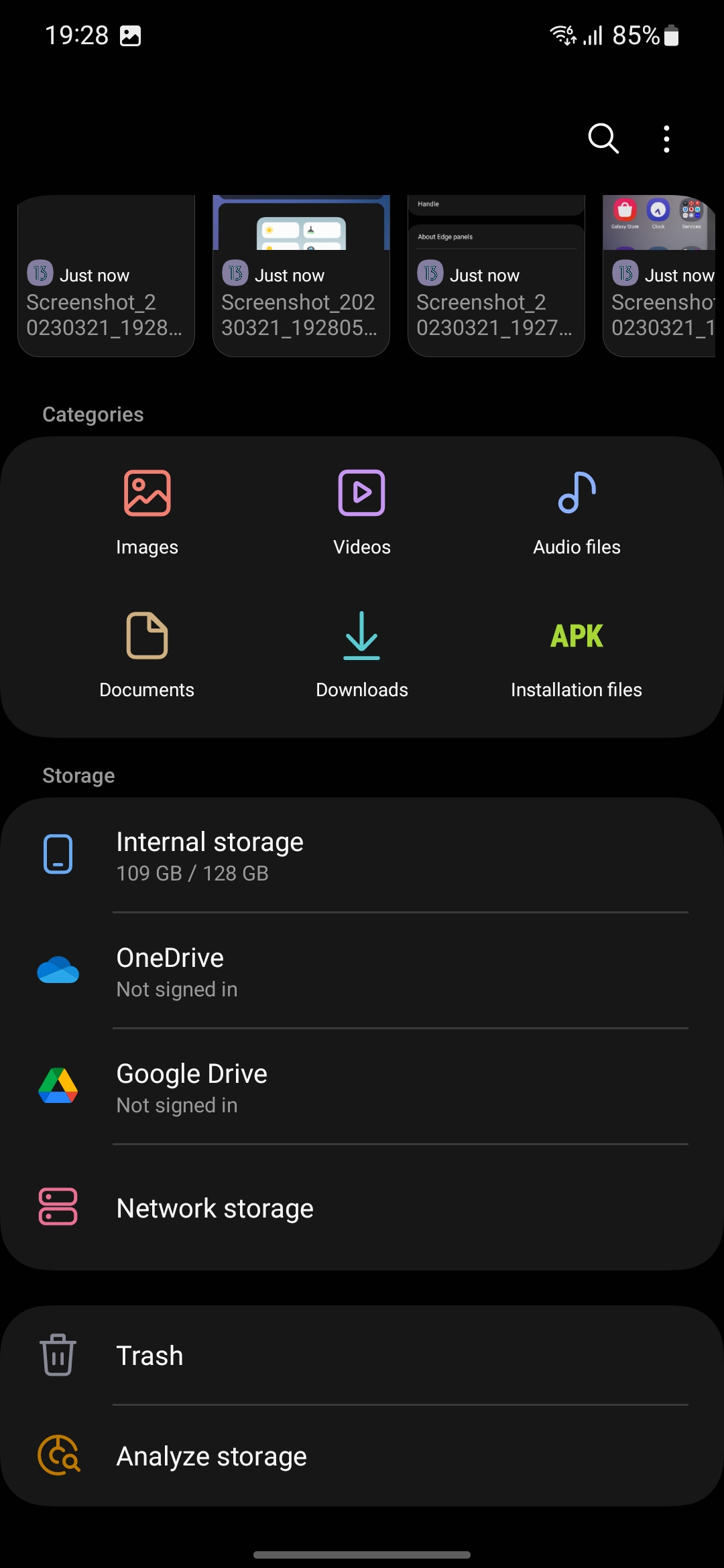
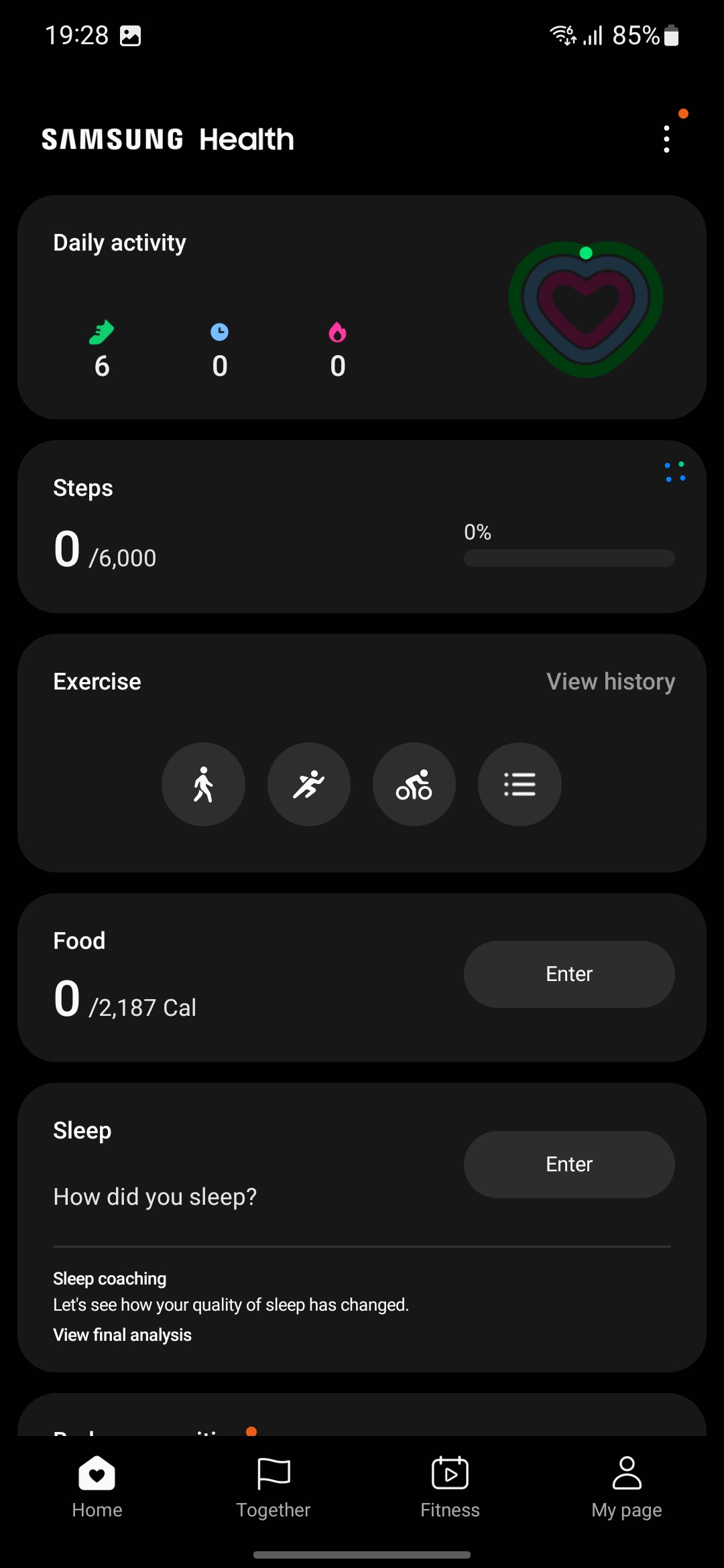
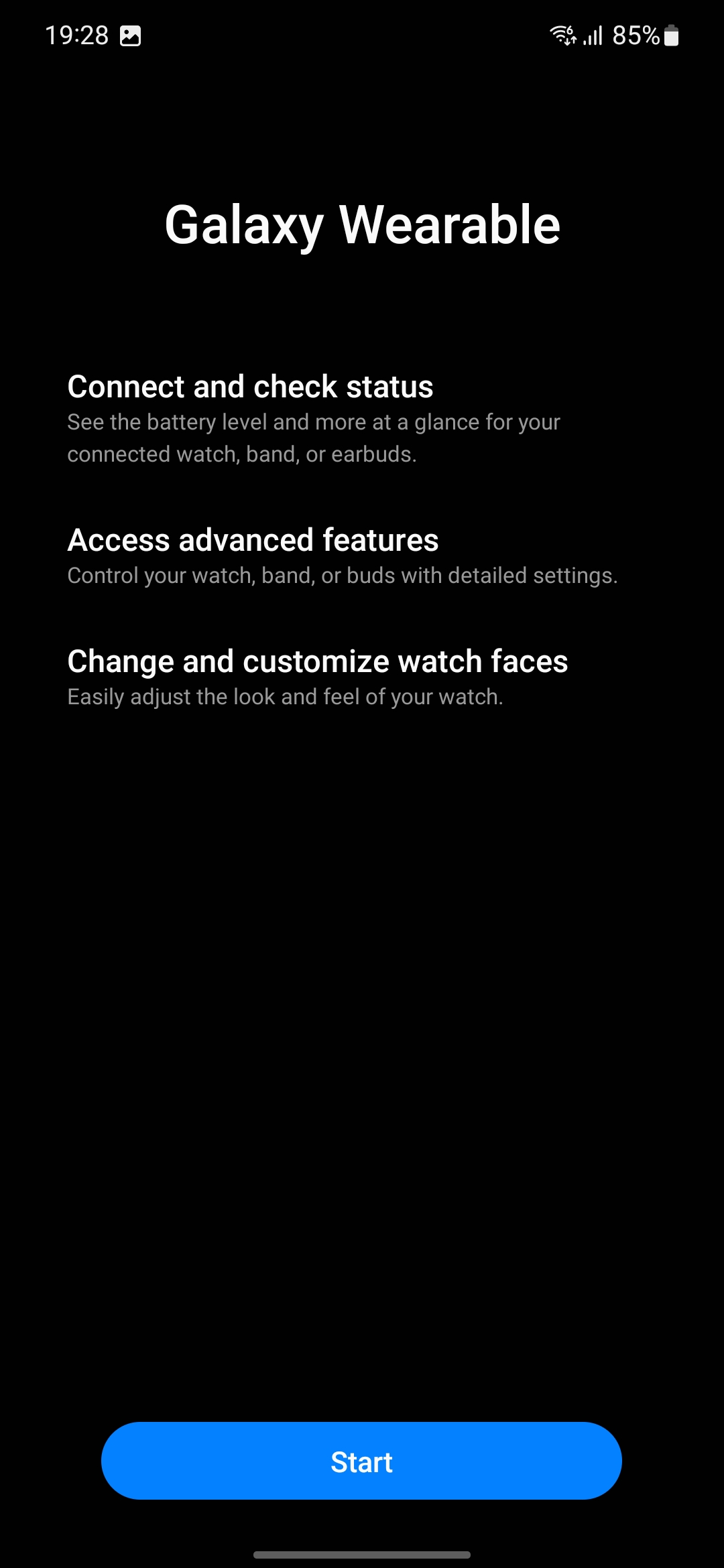
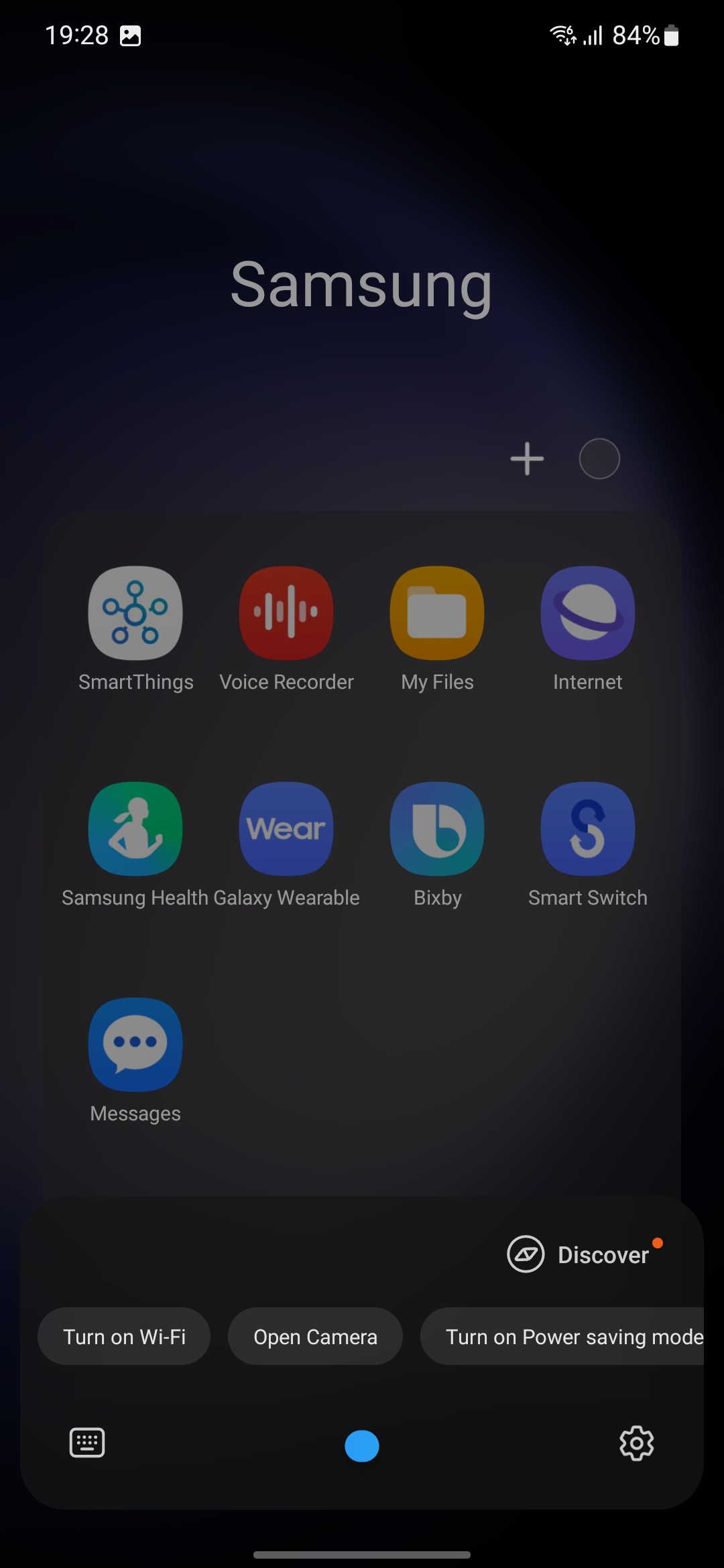
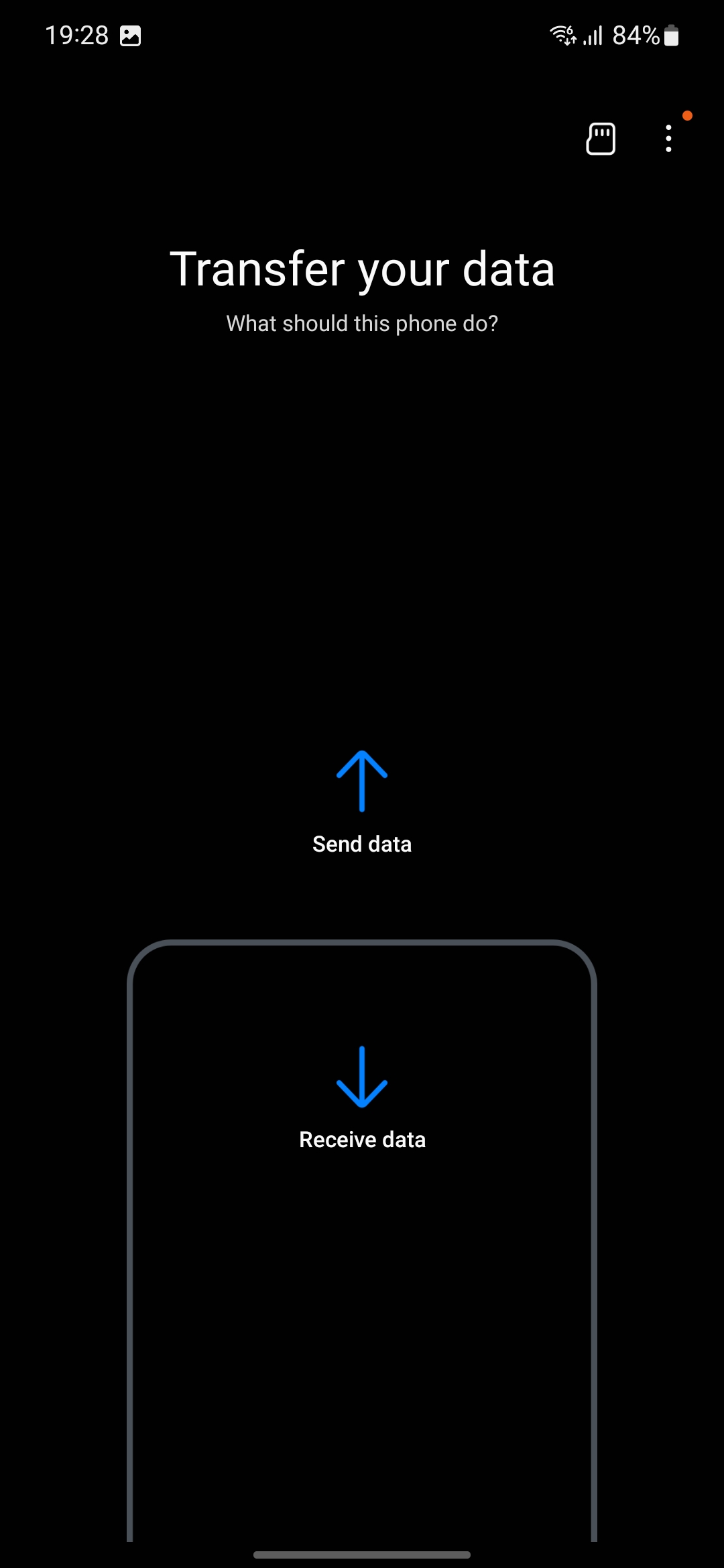









Cameras
The triple rear camera in the smartphone remained unchanged: with A 50MP main camera with f/1.8 aperture, 24mm EFR, 1/1.56" sensor size, 1.0µm with multi-directional PDAF phase autofocus and optical stabilisation. Telephoto module at 10MP, f/2.4. 1/3.94", 1.0µm, PDAF, OIS, triple zoom. And an ultra-wide-angle camera: 12 MP, f/2.2, 13mm, 120˚, 1/2.55" 1.4µm, no autofocus. The smartphones are able to record video up to 8K 30 FPS video resolution. Only the front camera has changed. Instead of a 10-megapixel front camera, it's now 12 MP, f/2.2, 25mm with phase autofocus.

The camera app is handy and straightforward. A carousel of shooting modes, camera switch buttons (with smooth zoom settings), flash settings, aspect ratio, resolution, timer and automatic frame enhancement on the main screen. Additional modes are in the More section. These can be moved to the main carousel. Expert RAW mode is there, as in the older Ultra model. In fact, it's a separate application. You can take uncompressed RAW images for manual processing, there is the option of simultaneous saving in RAW and JPEG, manual camera settings and additional modes. These are also familiar: "Astrophoto" (with shutter speed selection and sky guide) and "Multiple Exposure".
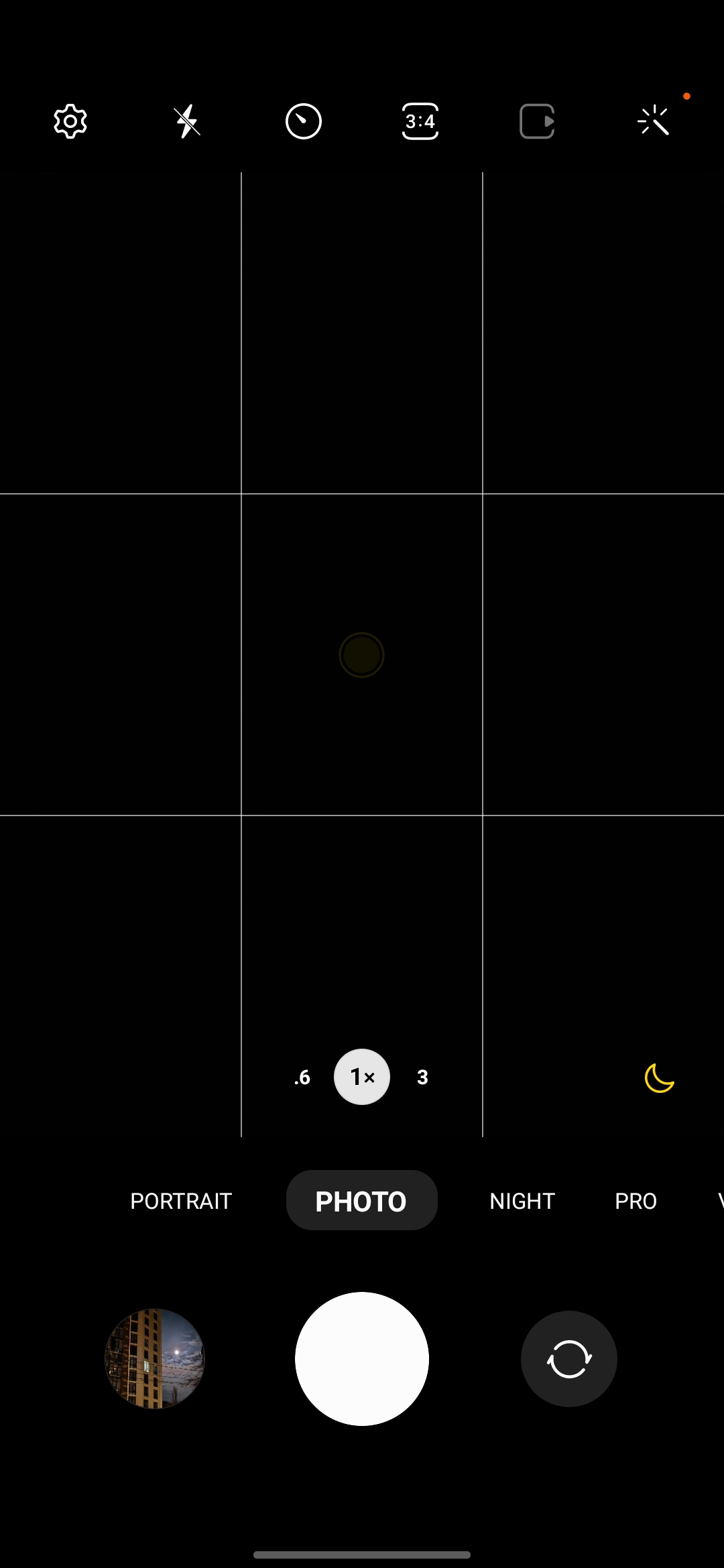
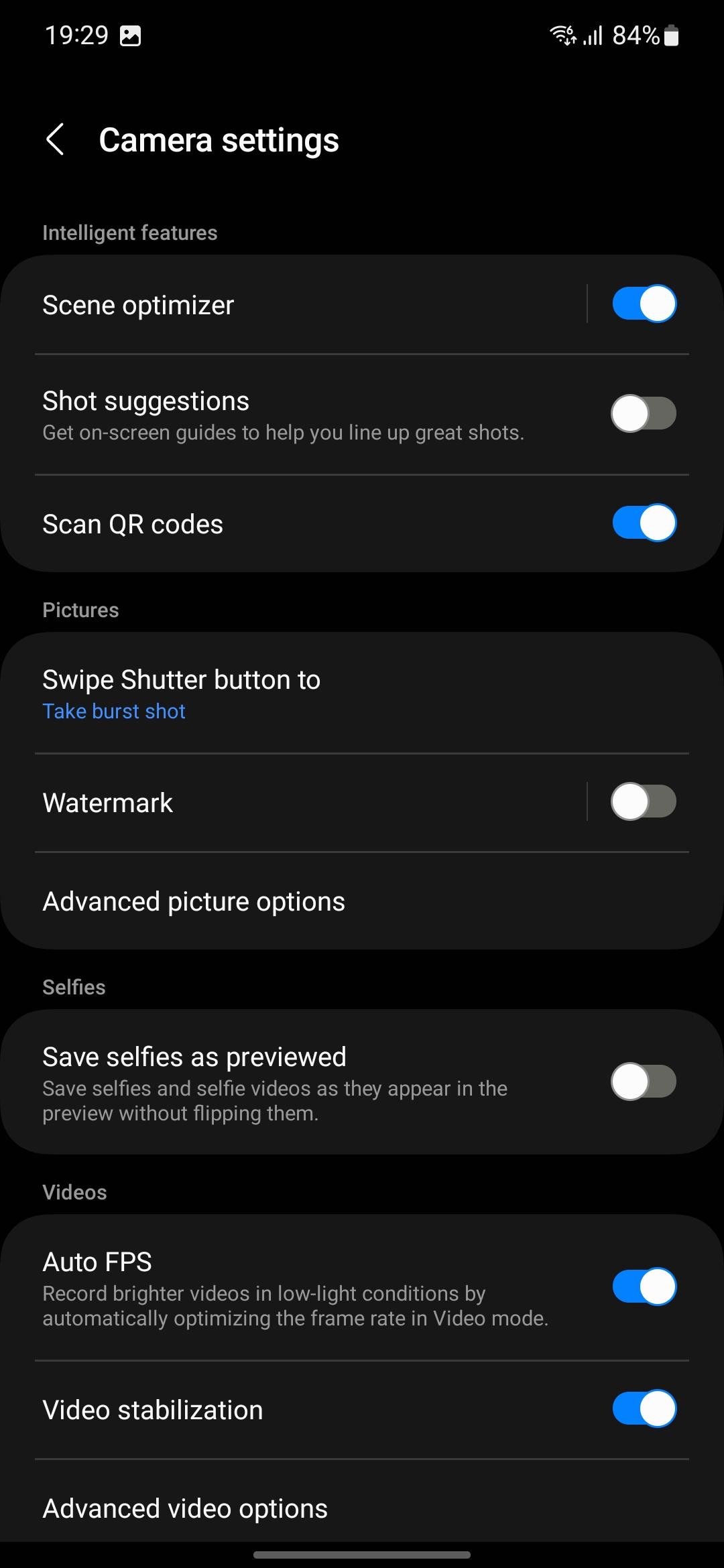
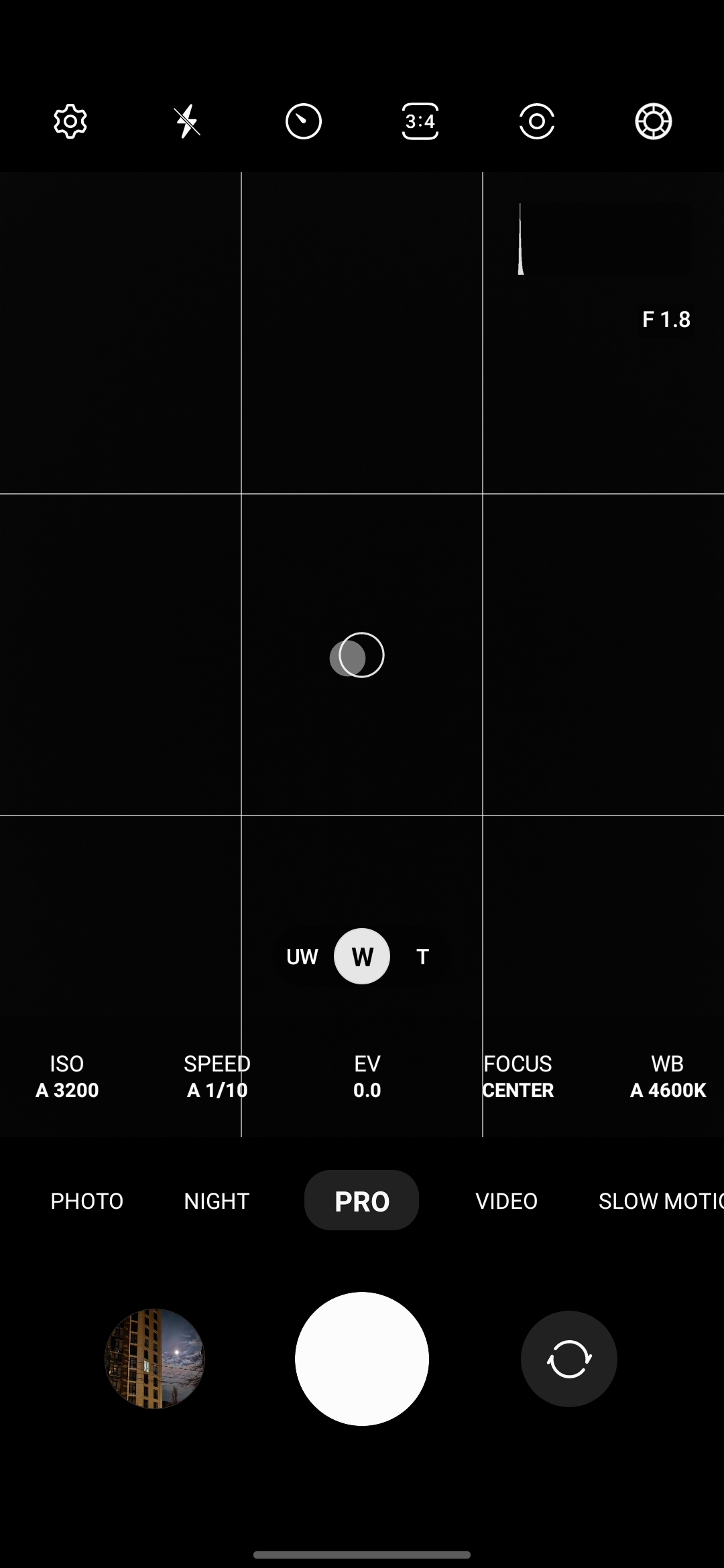
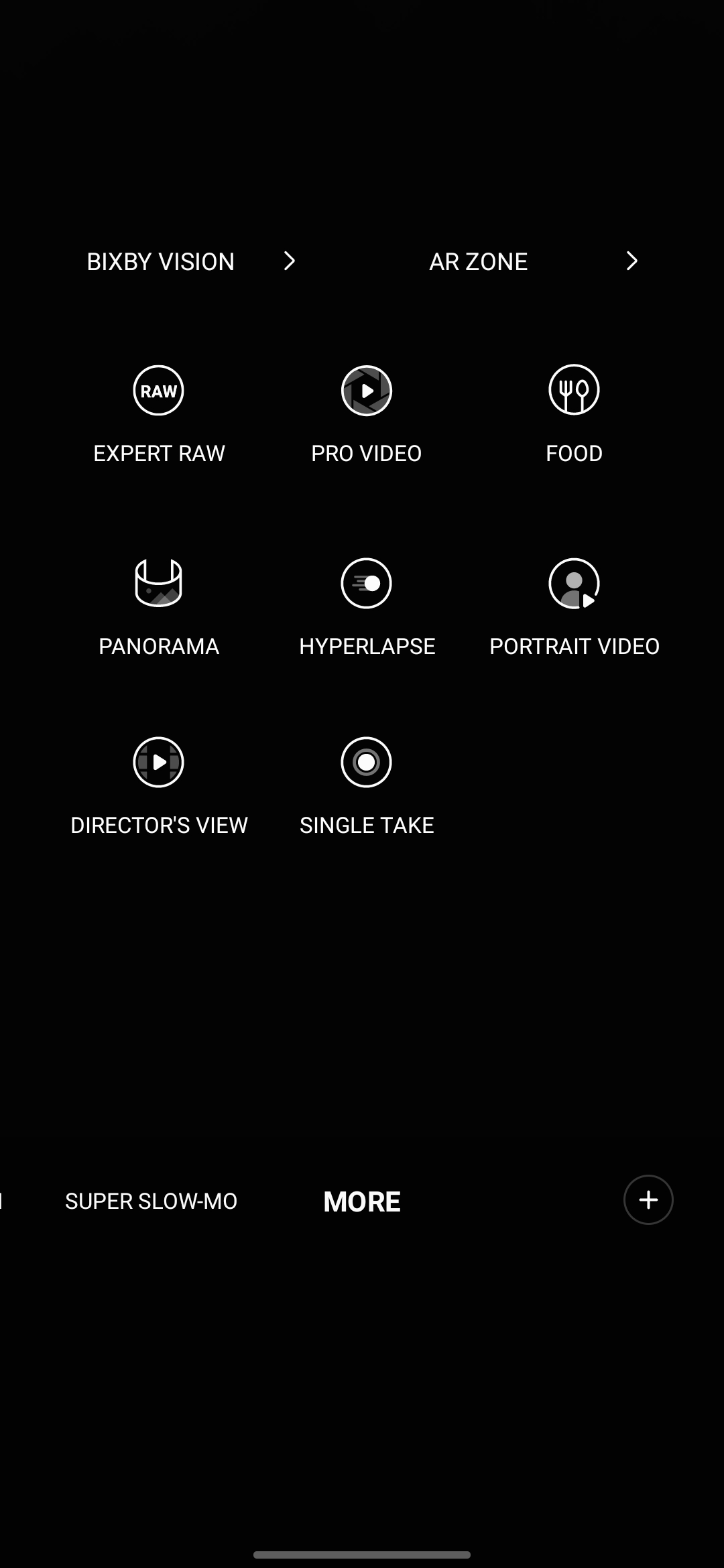
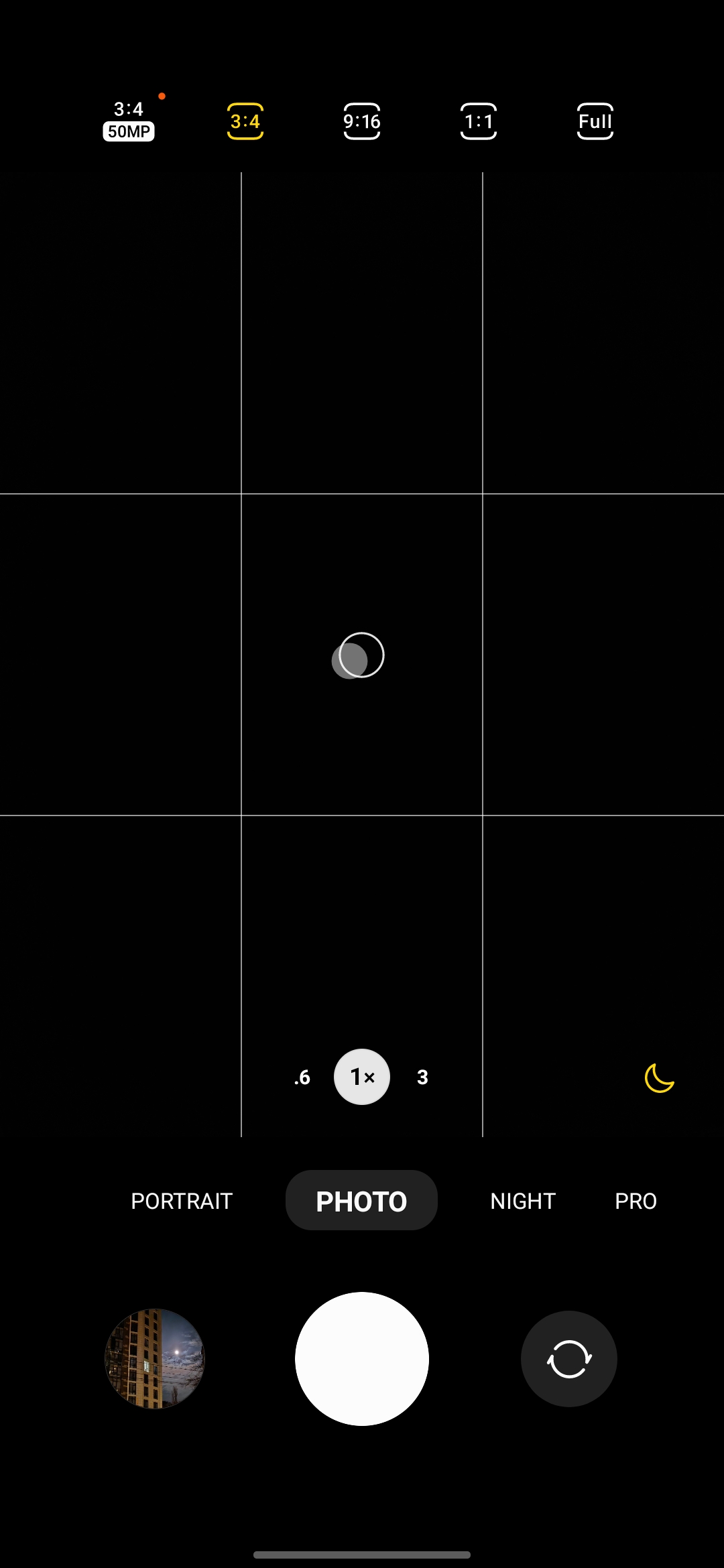
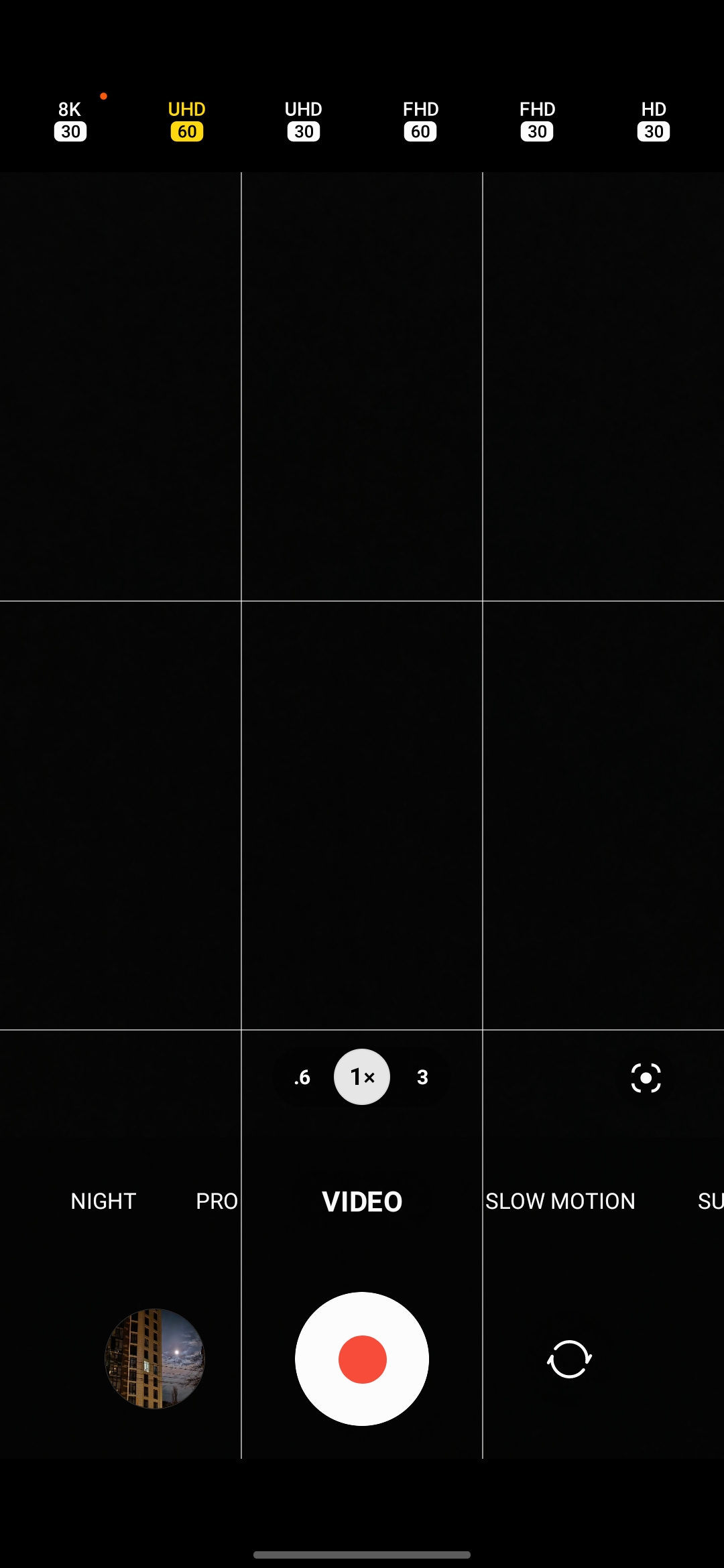
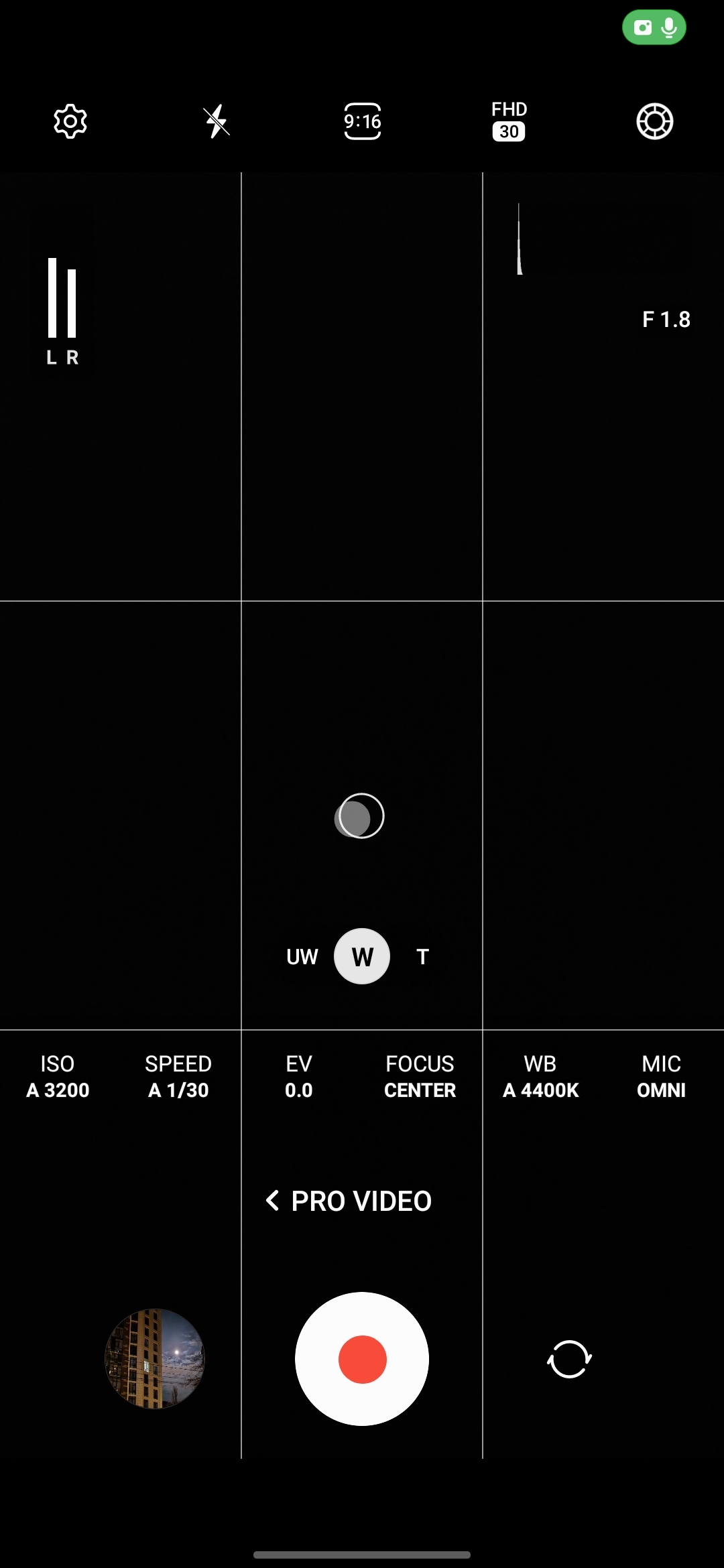
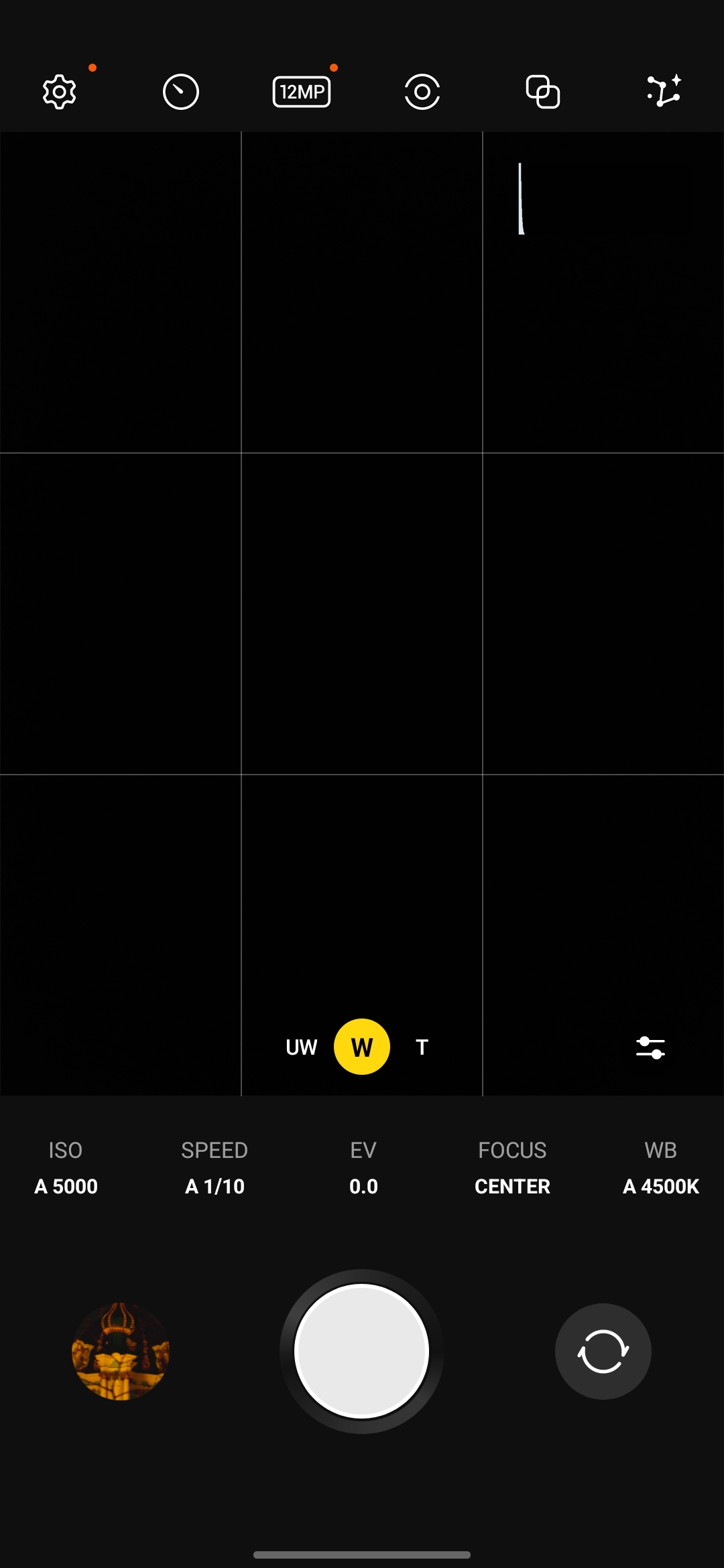
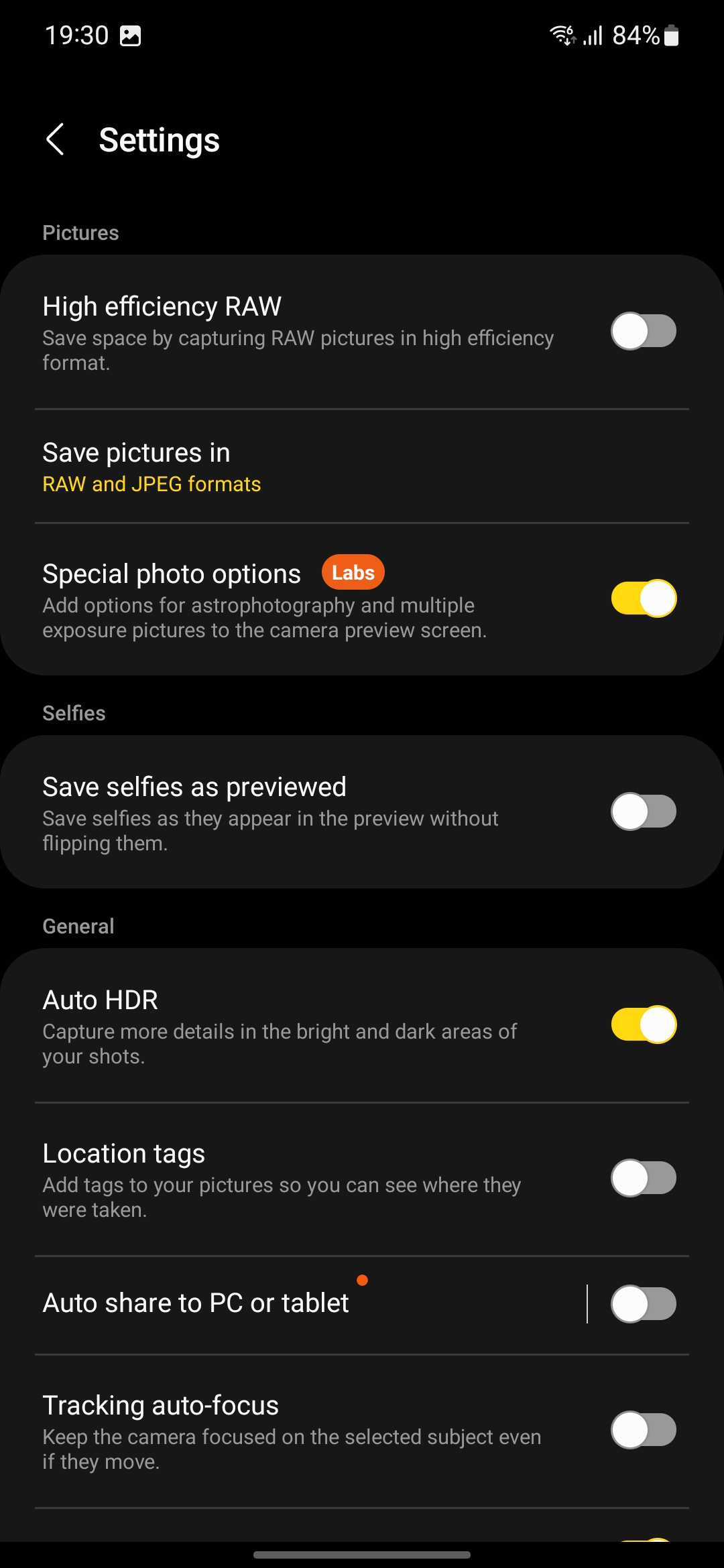

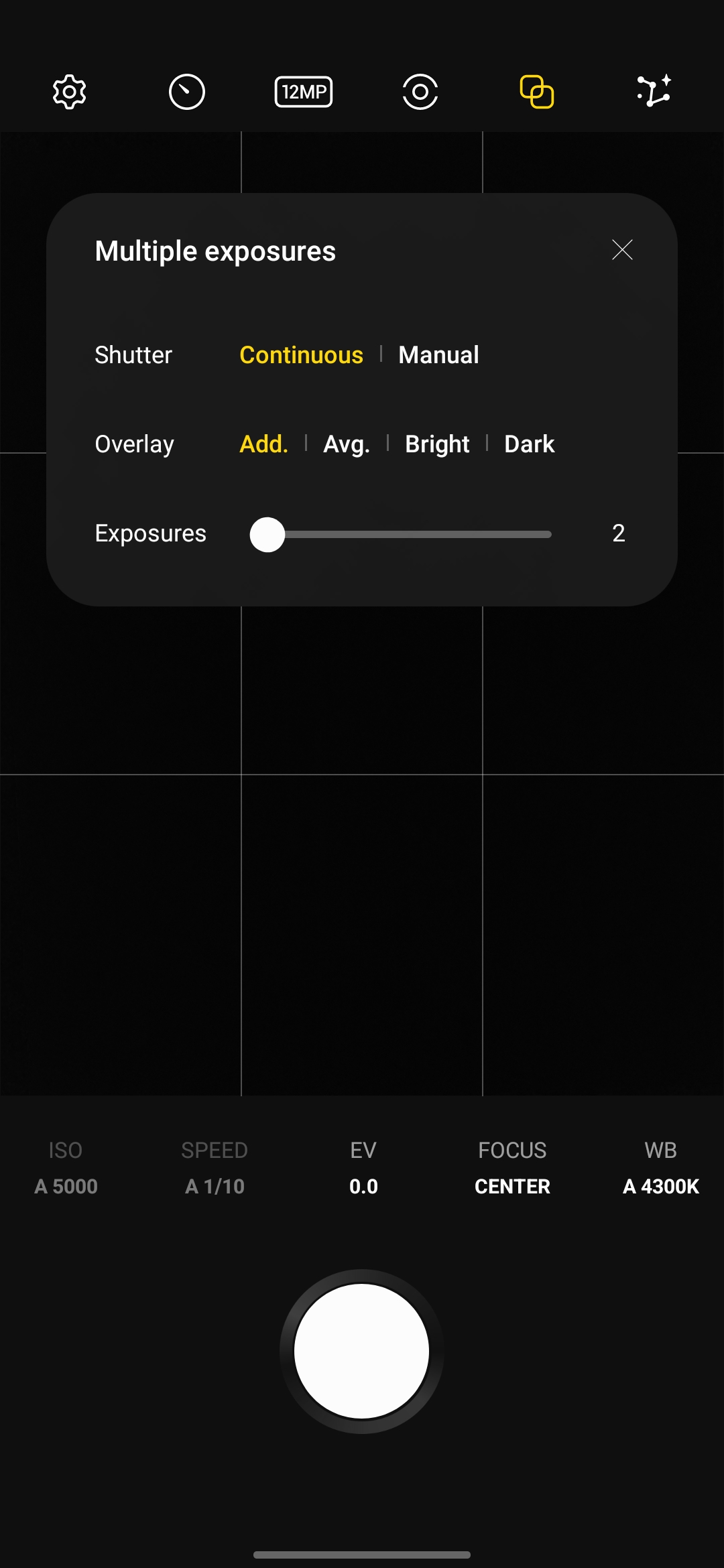
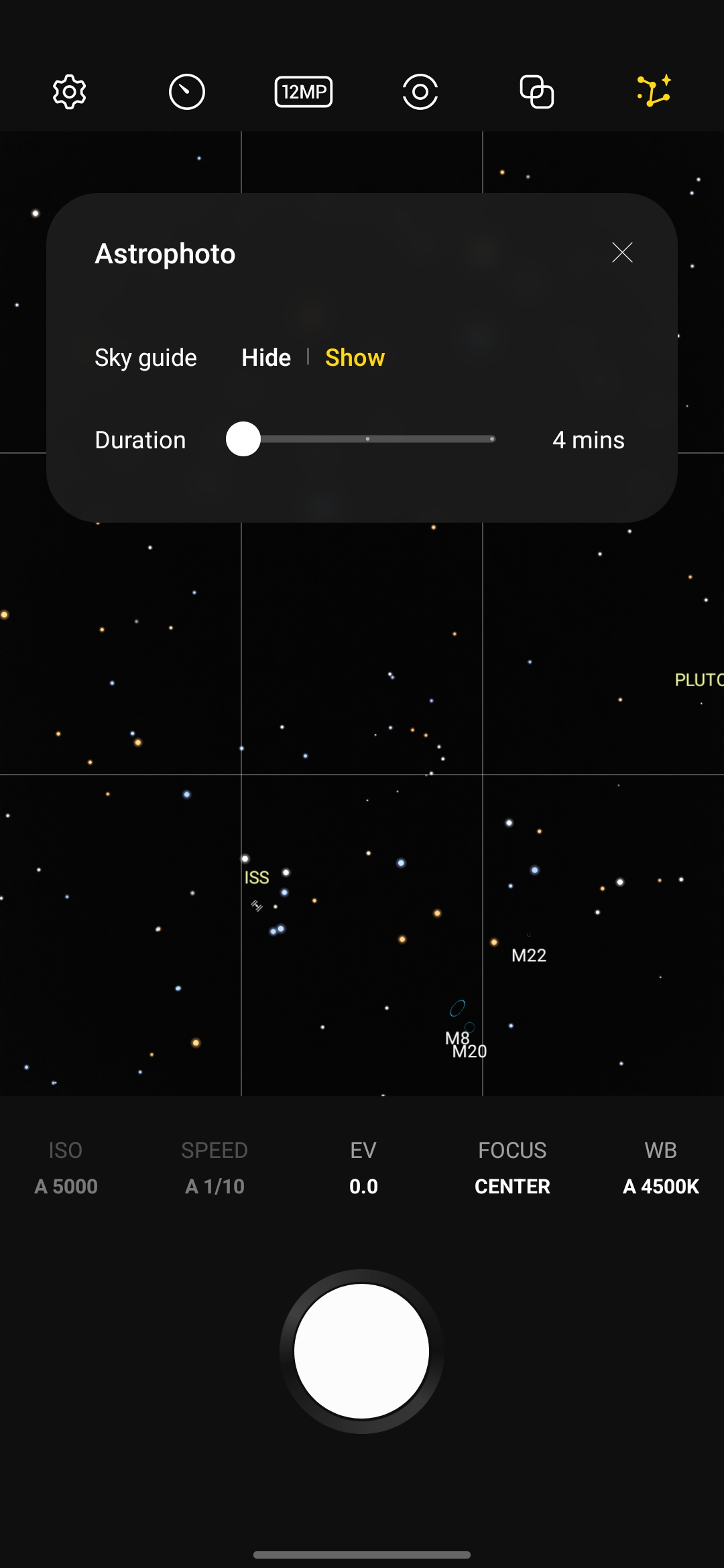












The main camera takes great pictures in the vast majority of situations, including night mode. The shots are very detailed, mostly with natural colour reproduction and a wide dynamic range. HDR generally works well and pulls out darker parts of the frame nicely. Only in night mode does yellowish tints appear. Snapshots on the main camera of the Samsung Galaxy S23+:

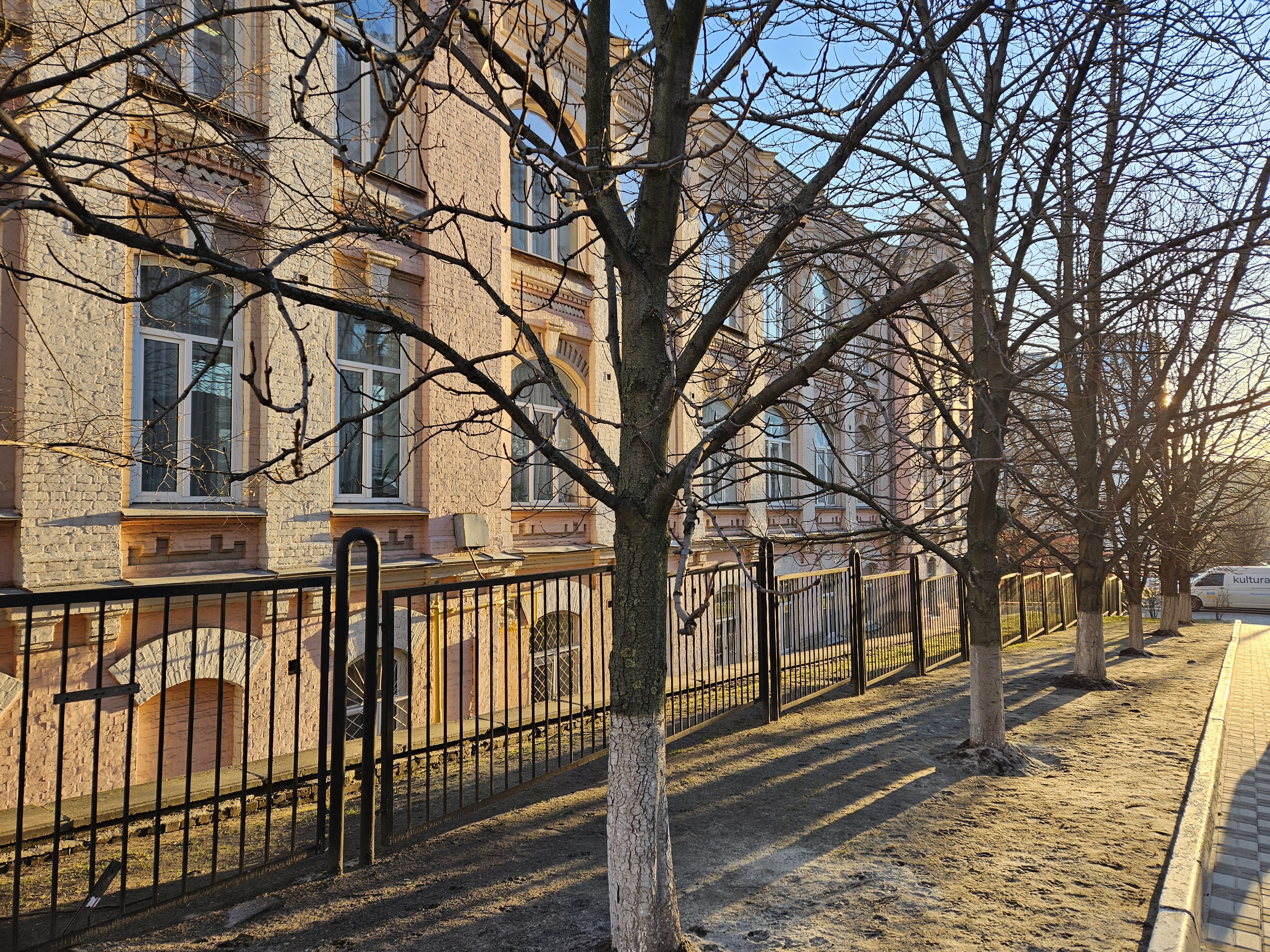





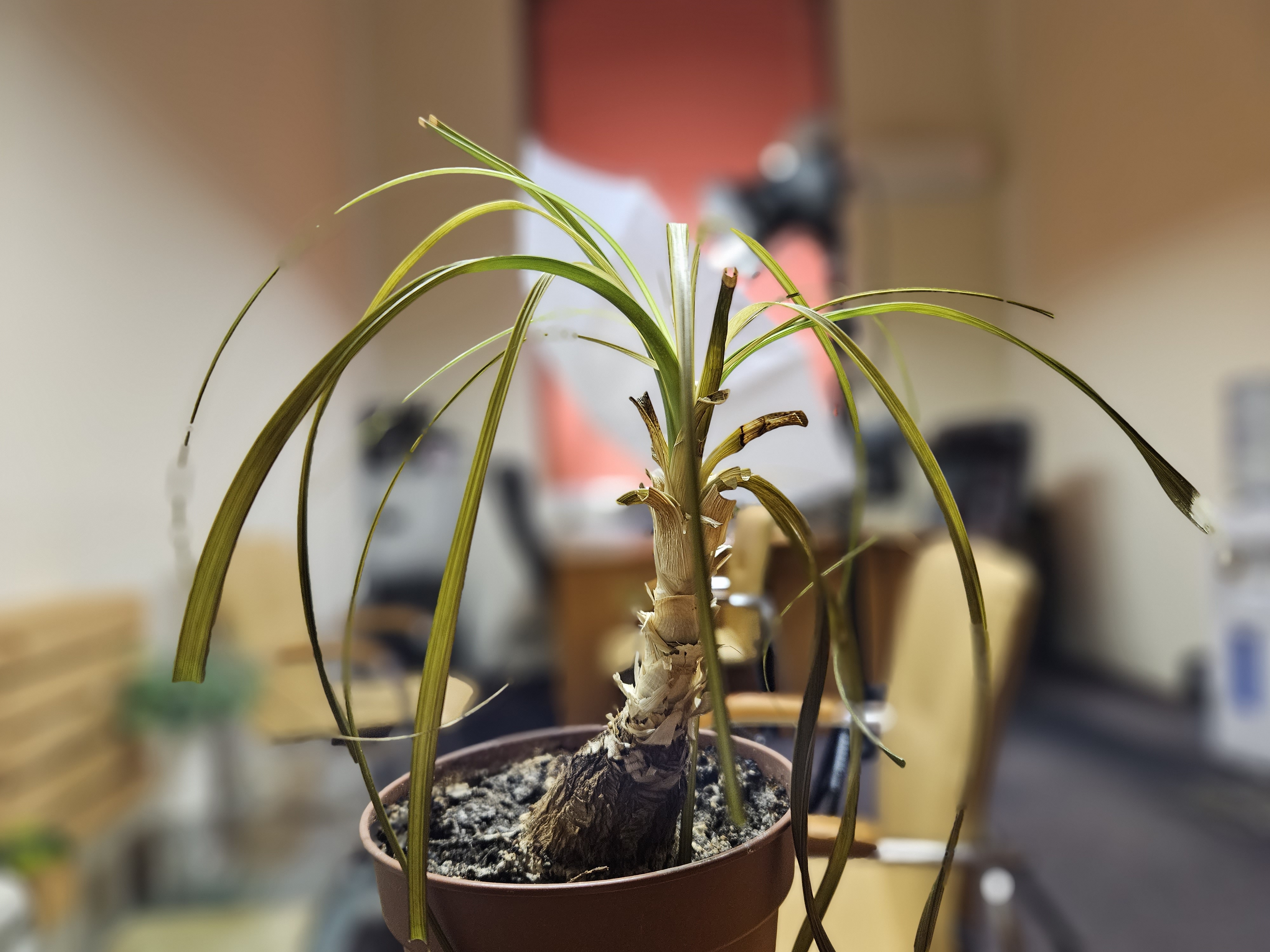






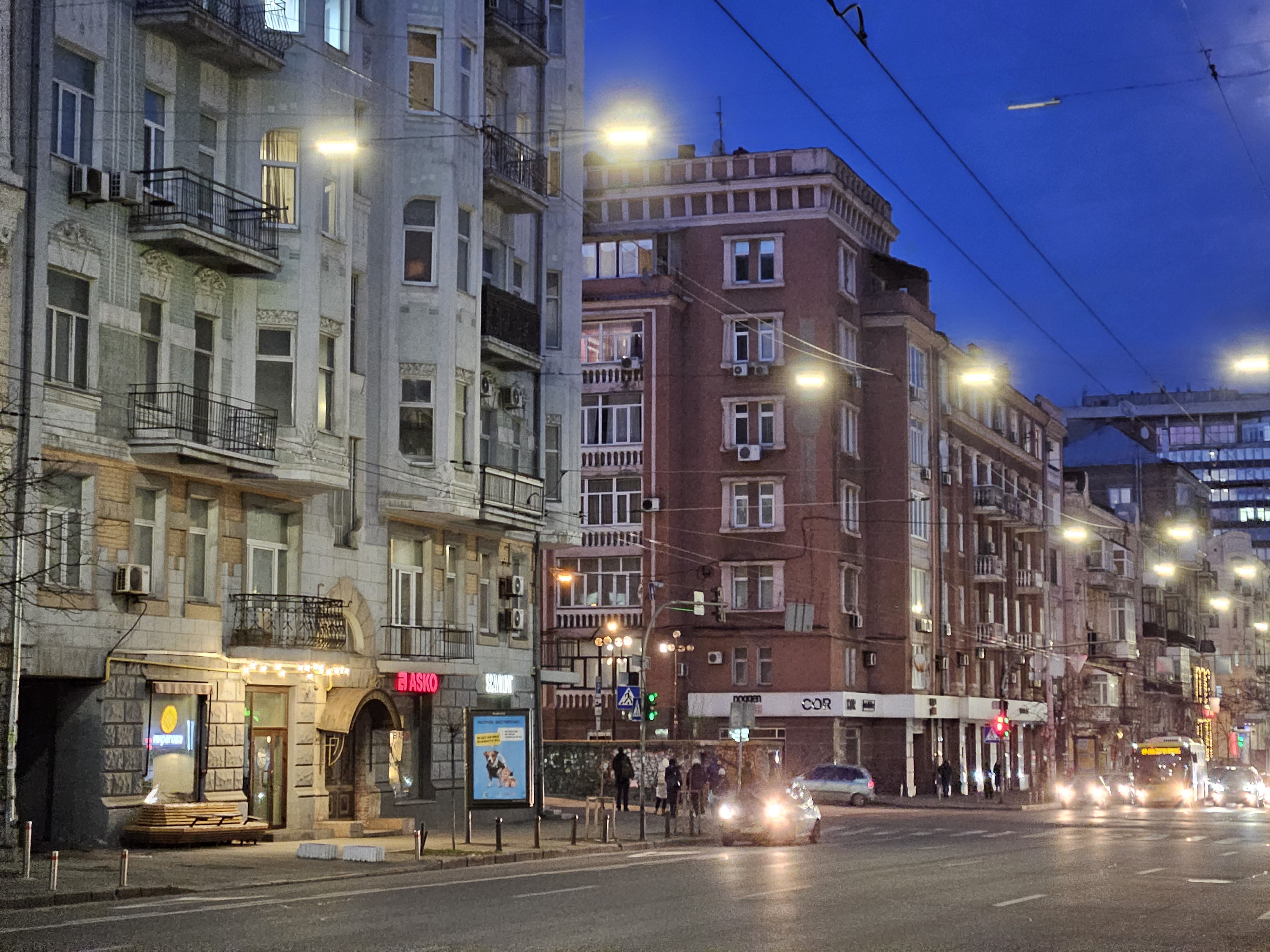


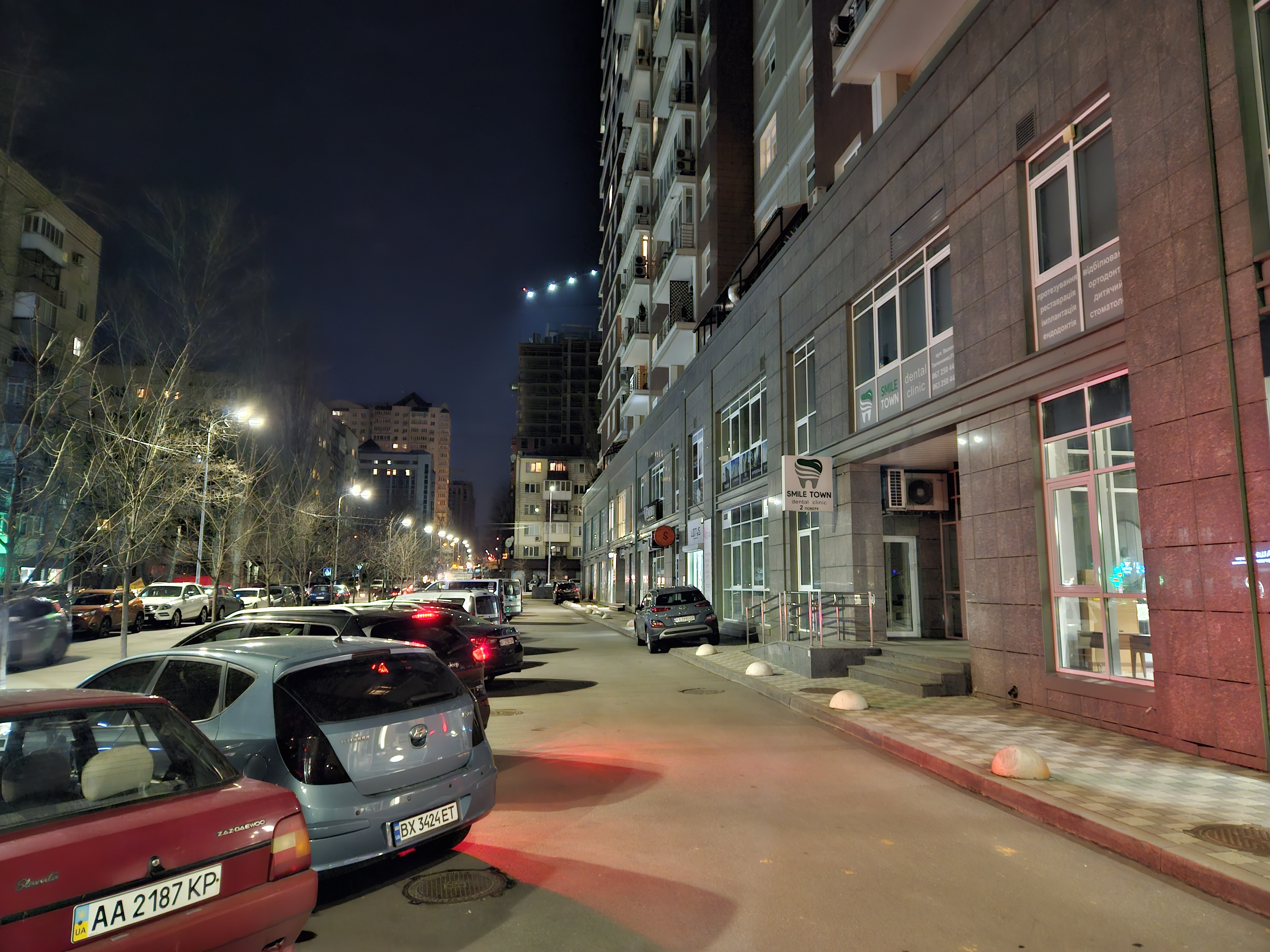
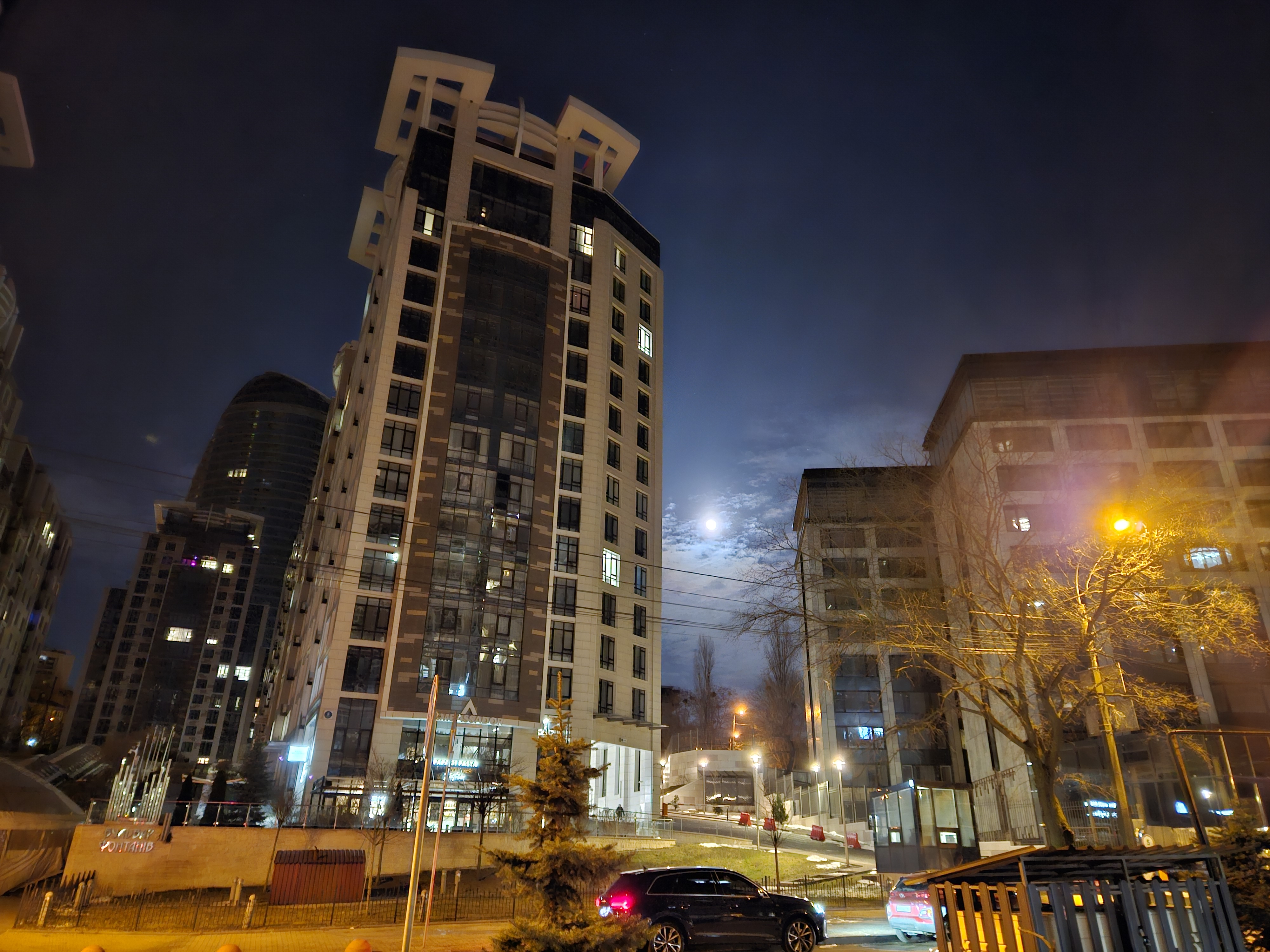



















The ultra-wide-angle camera captures good pictures in sufficient light. In the evening, the detail drops a bit and noise sometimes appears:
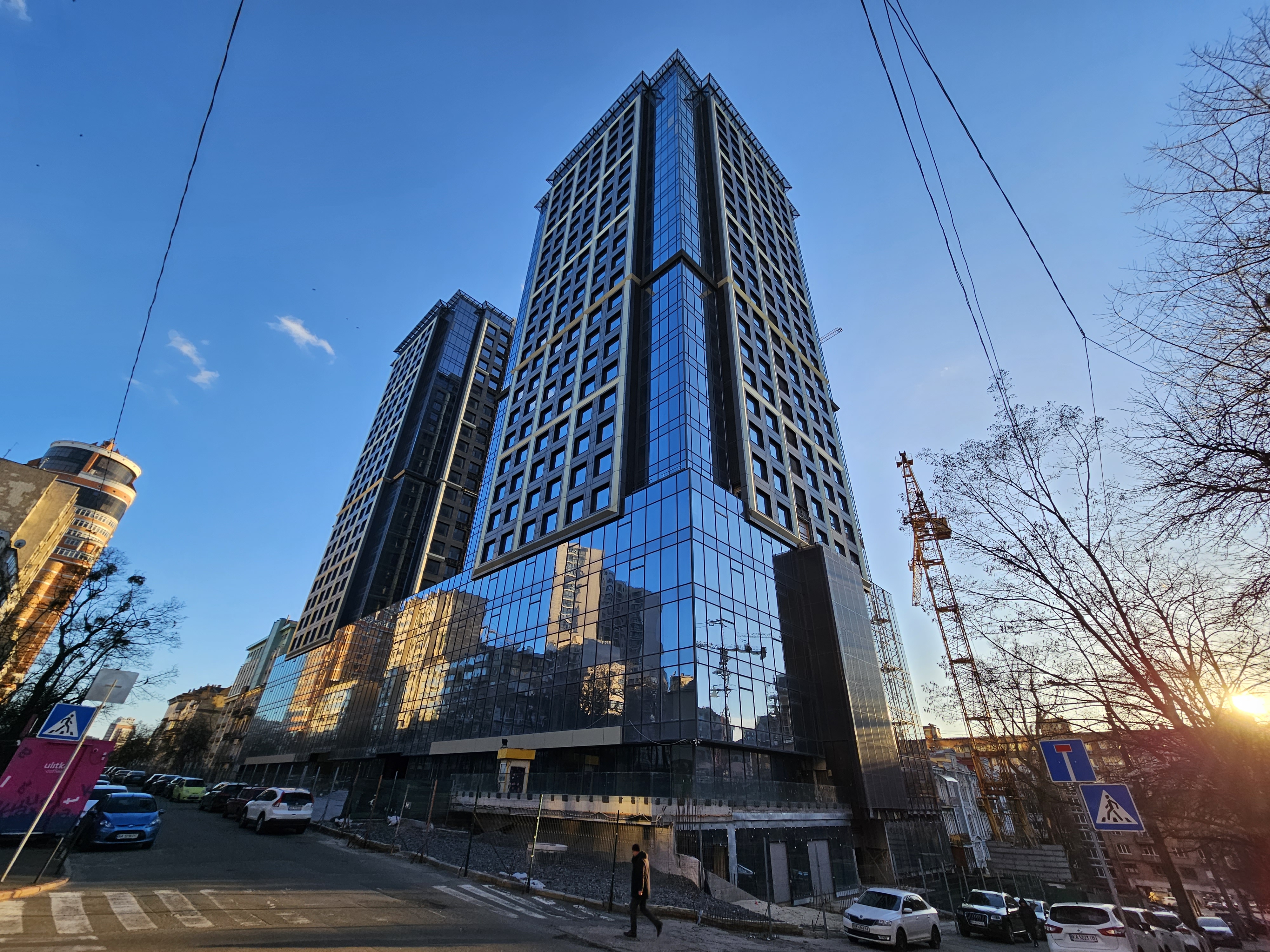



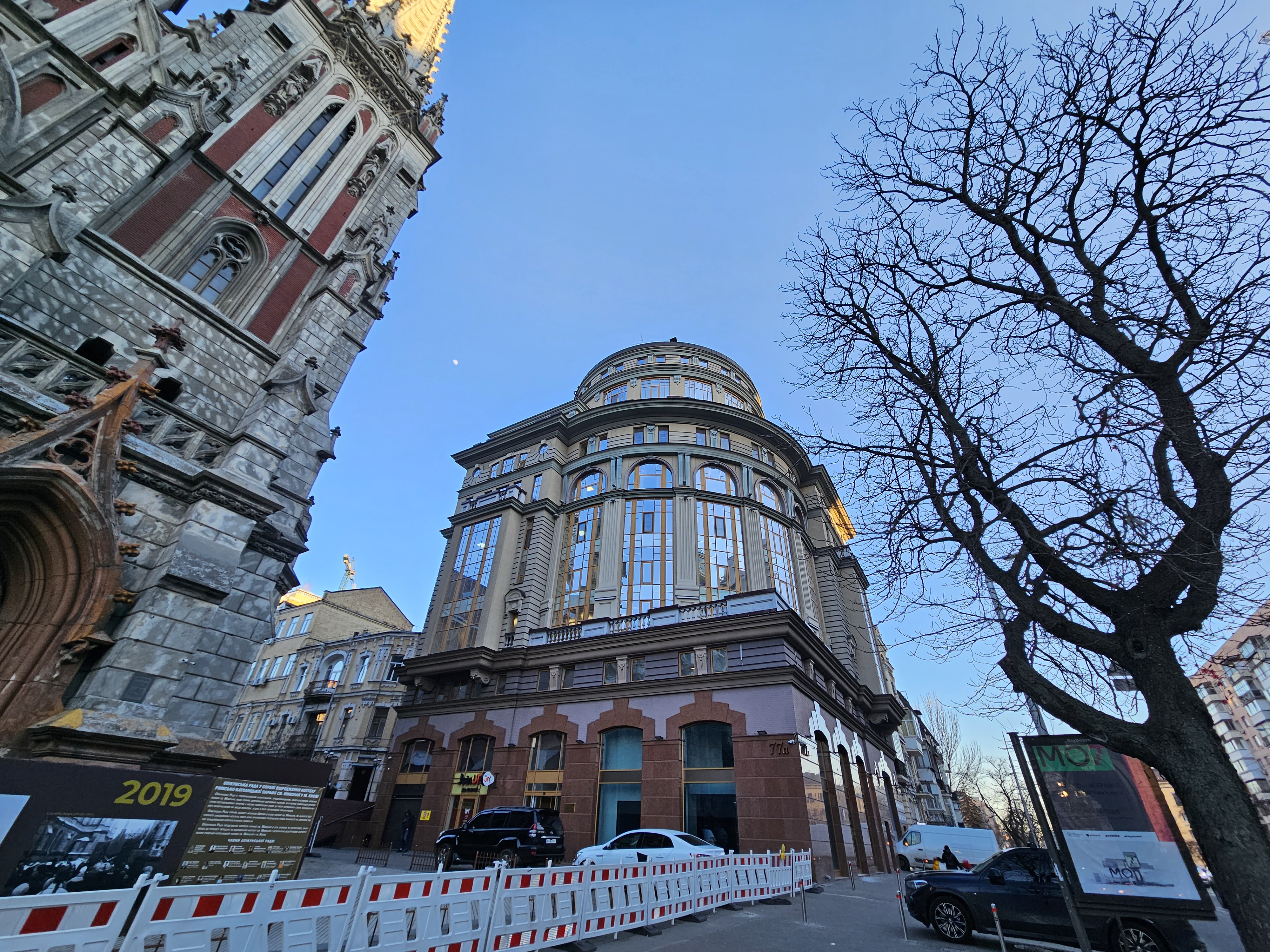


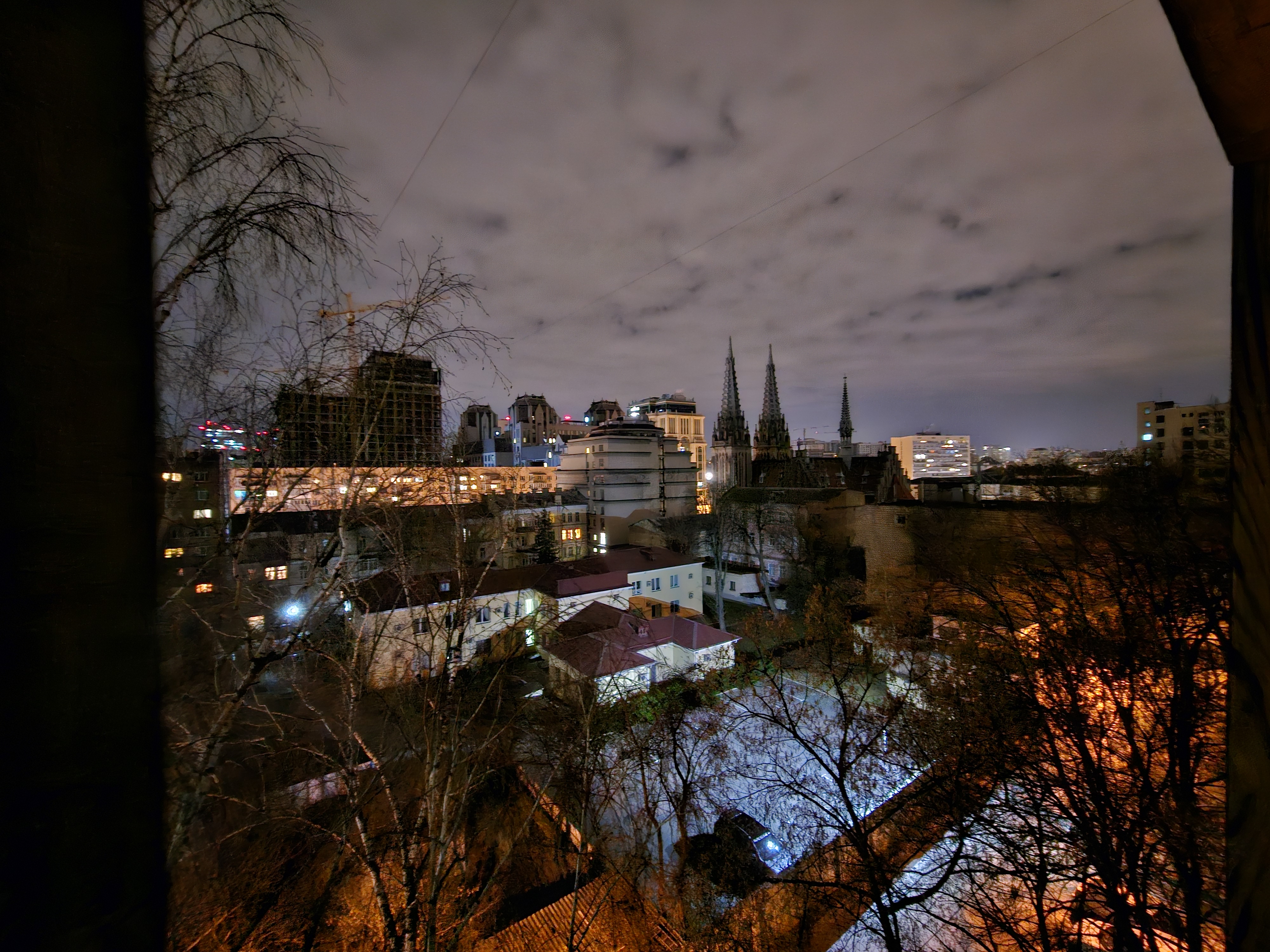




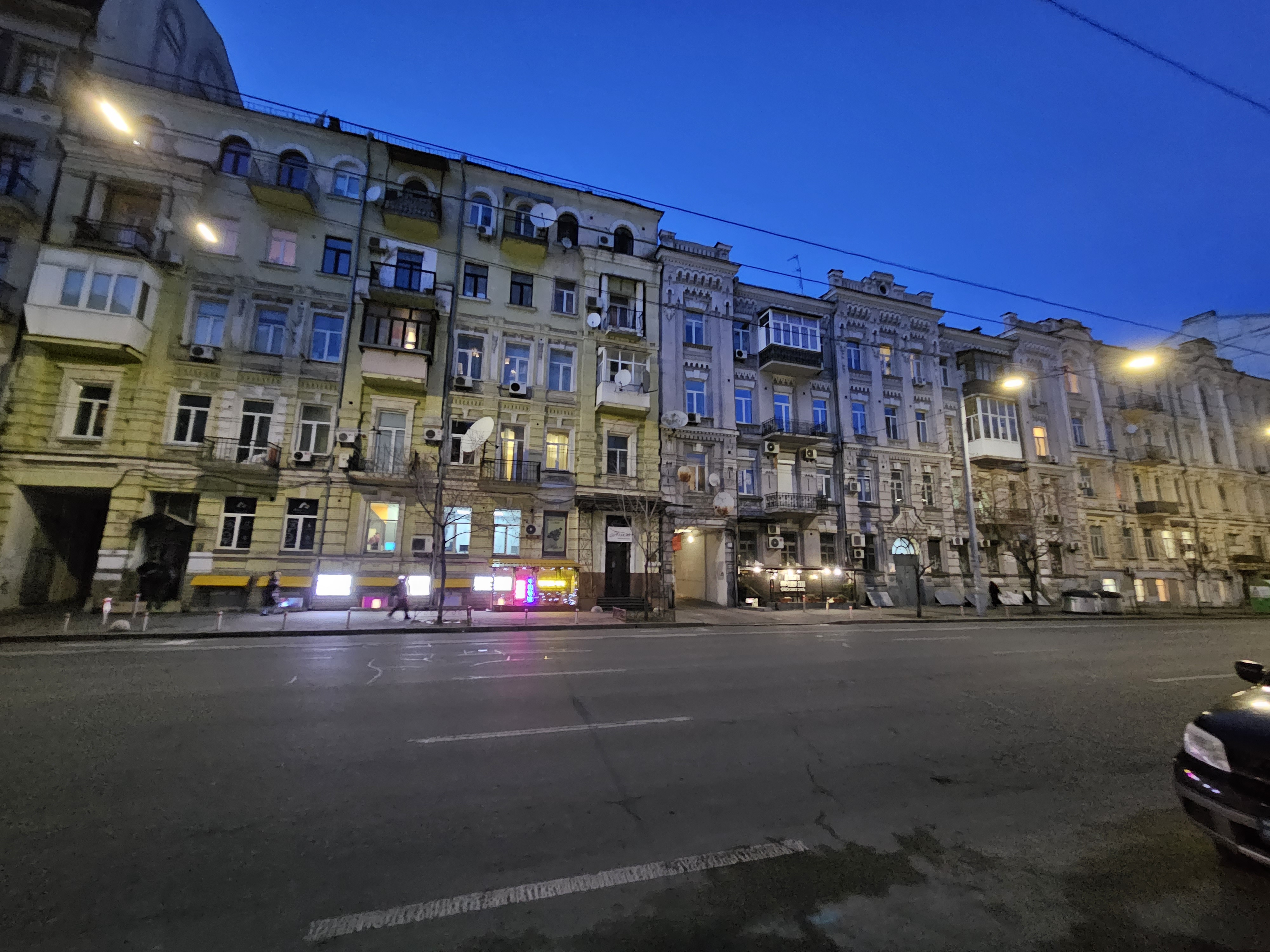

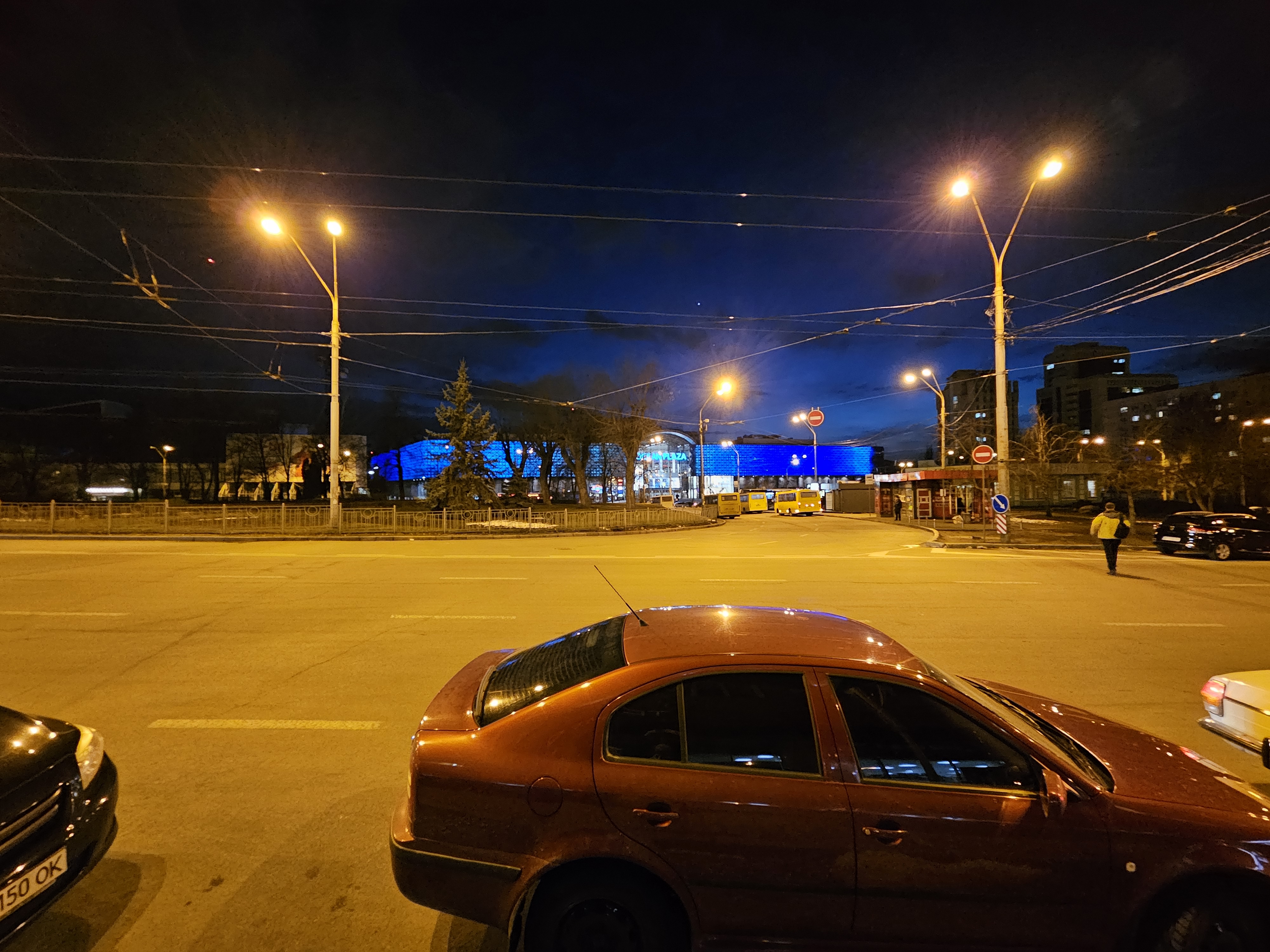





















Telephoto camera with 3x generally works well, but in low light it becomes a bit harder to take clear photos:





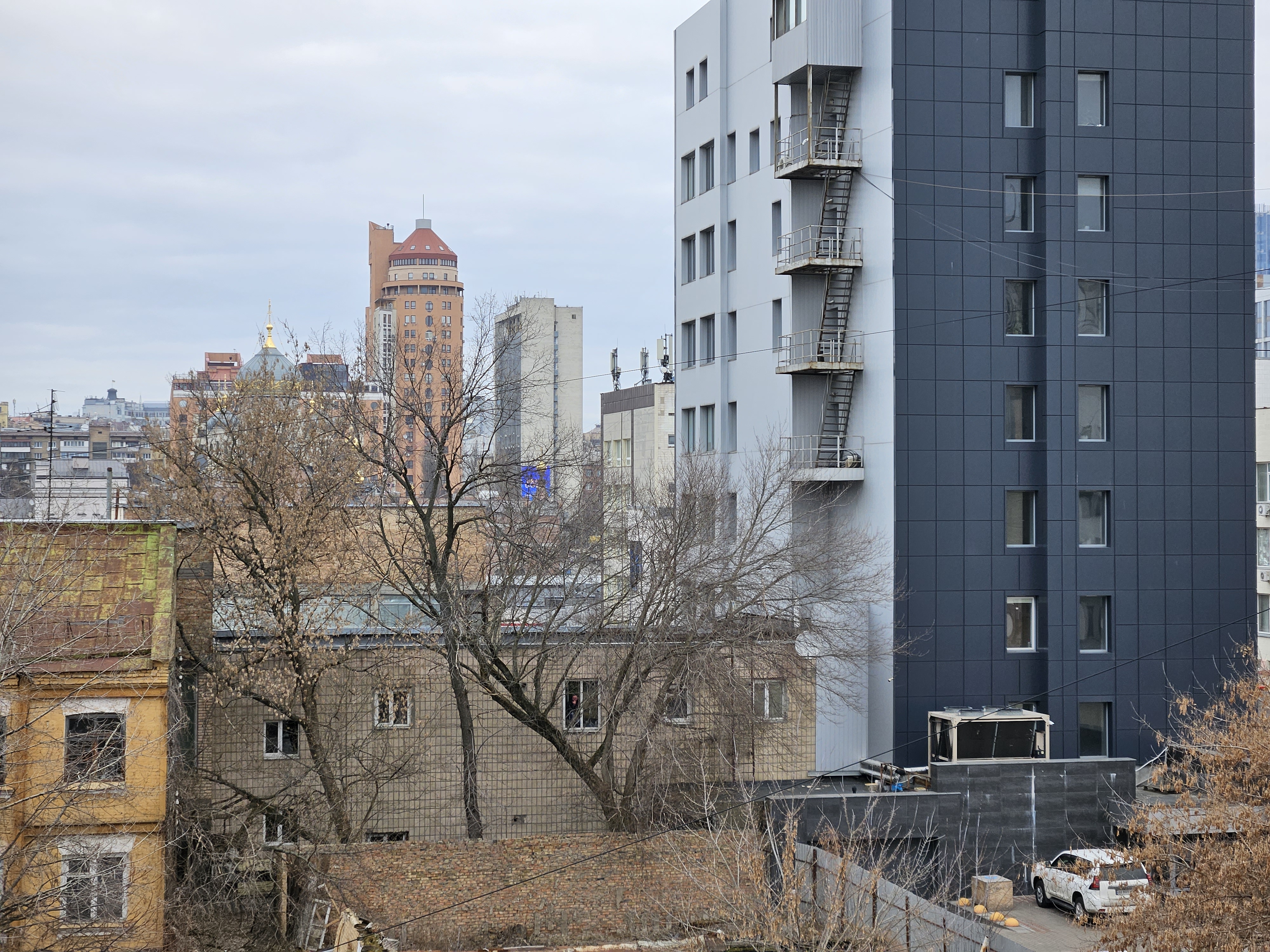






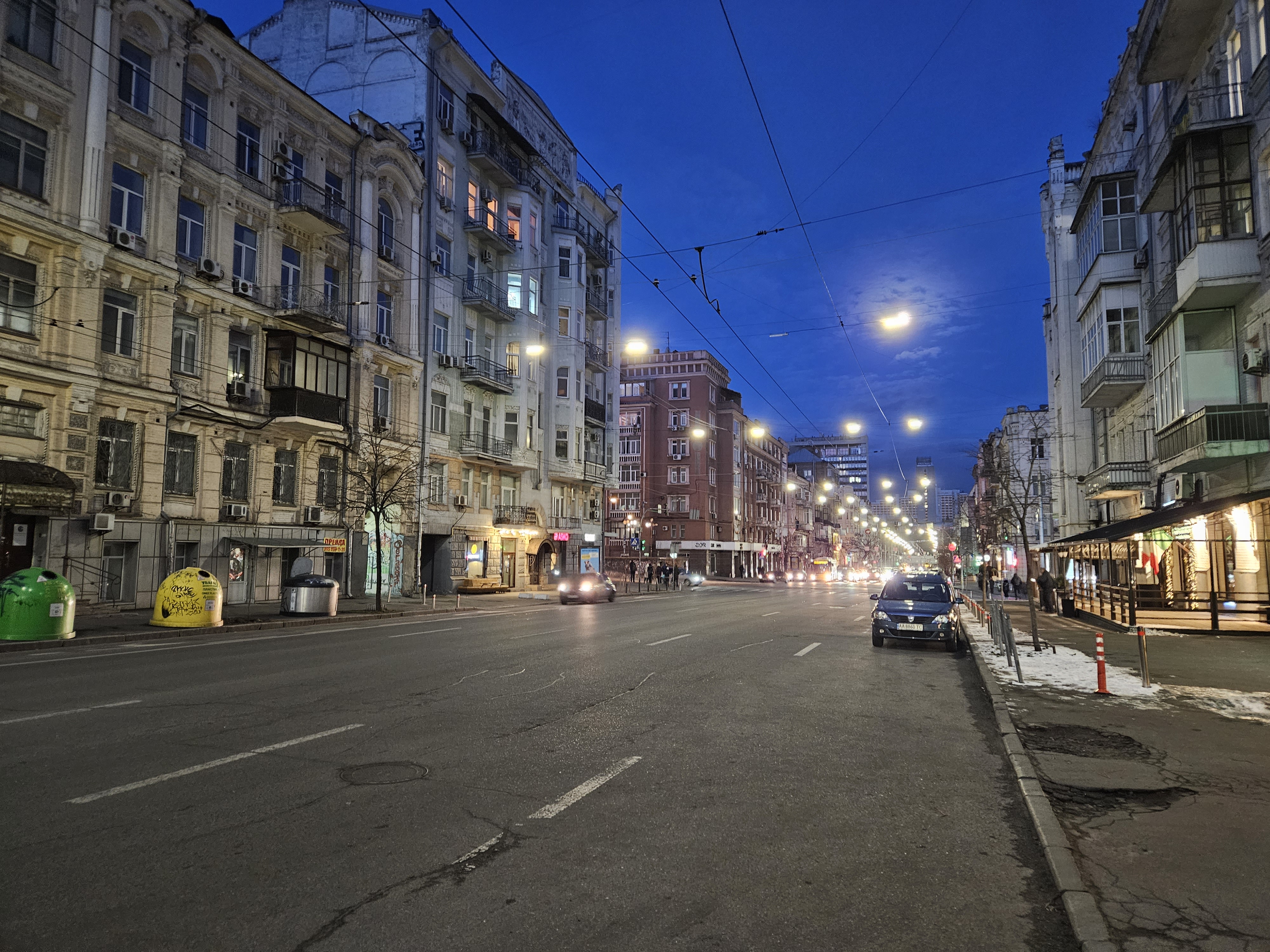
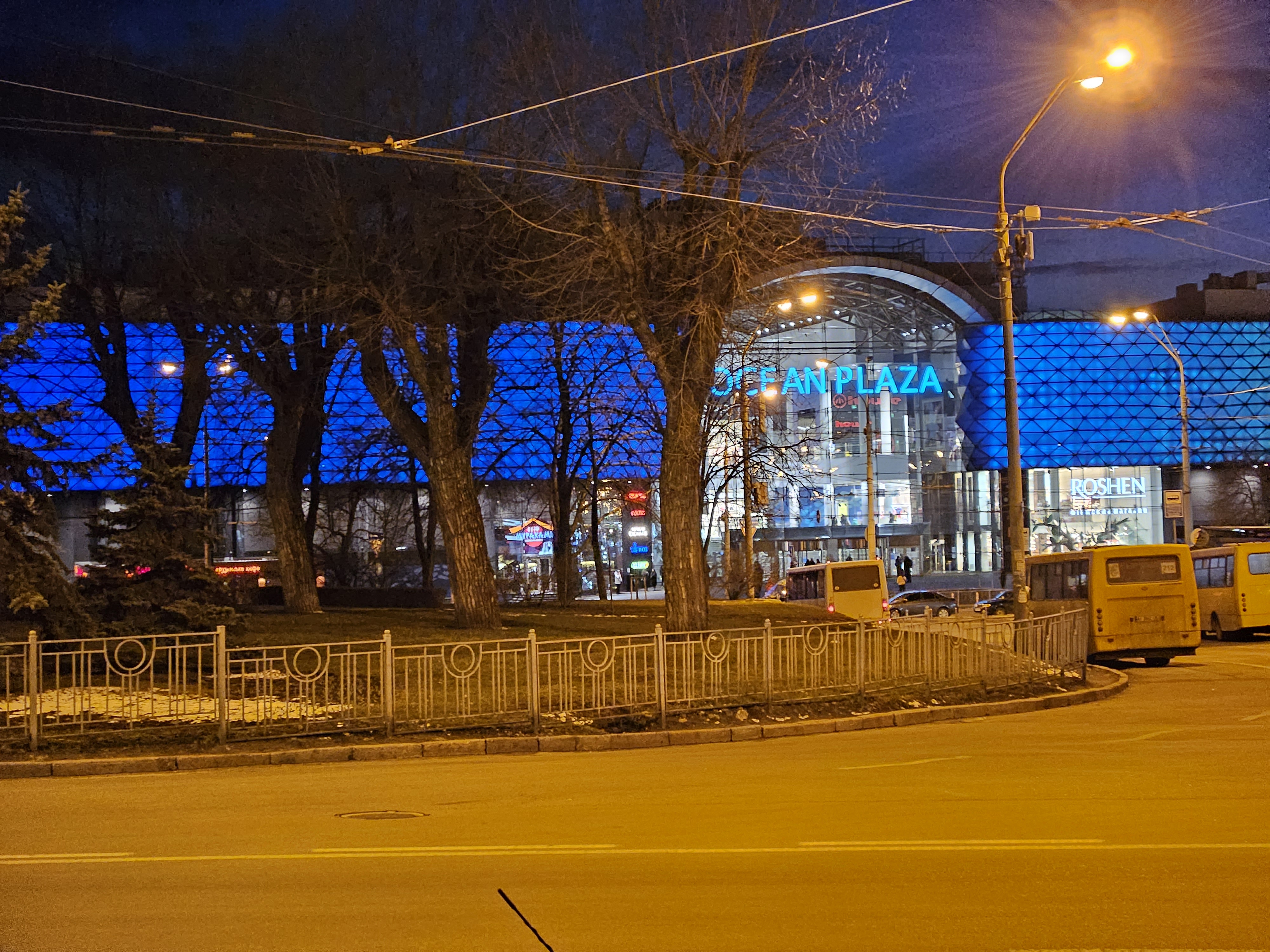

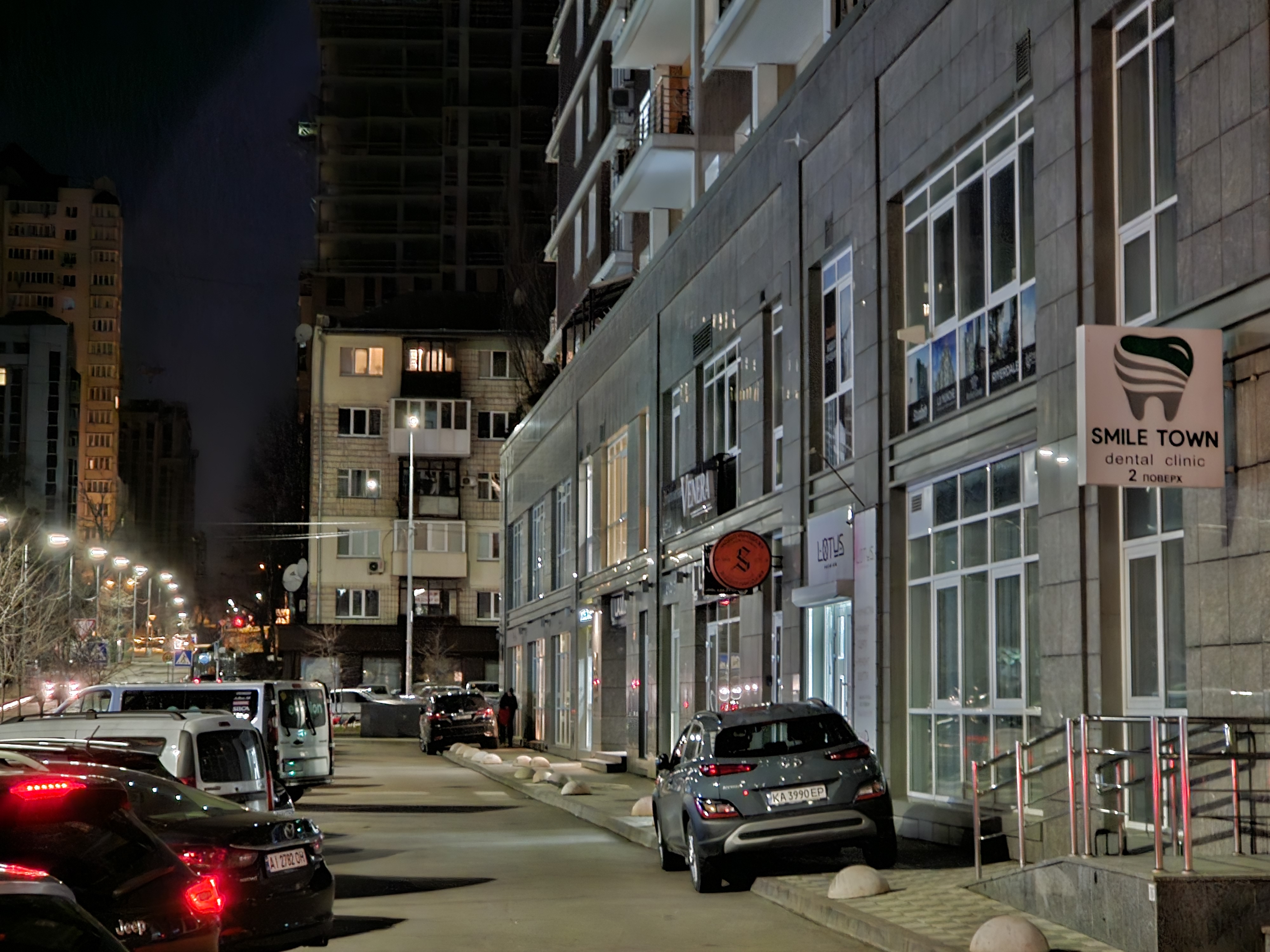


















Video 4K 60 FPS. Stabilization works very well:
The smartphone cameras are fully matched and they shoot about the same. Below are shots from the Samsung Galaxy S23:

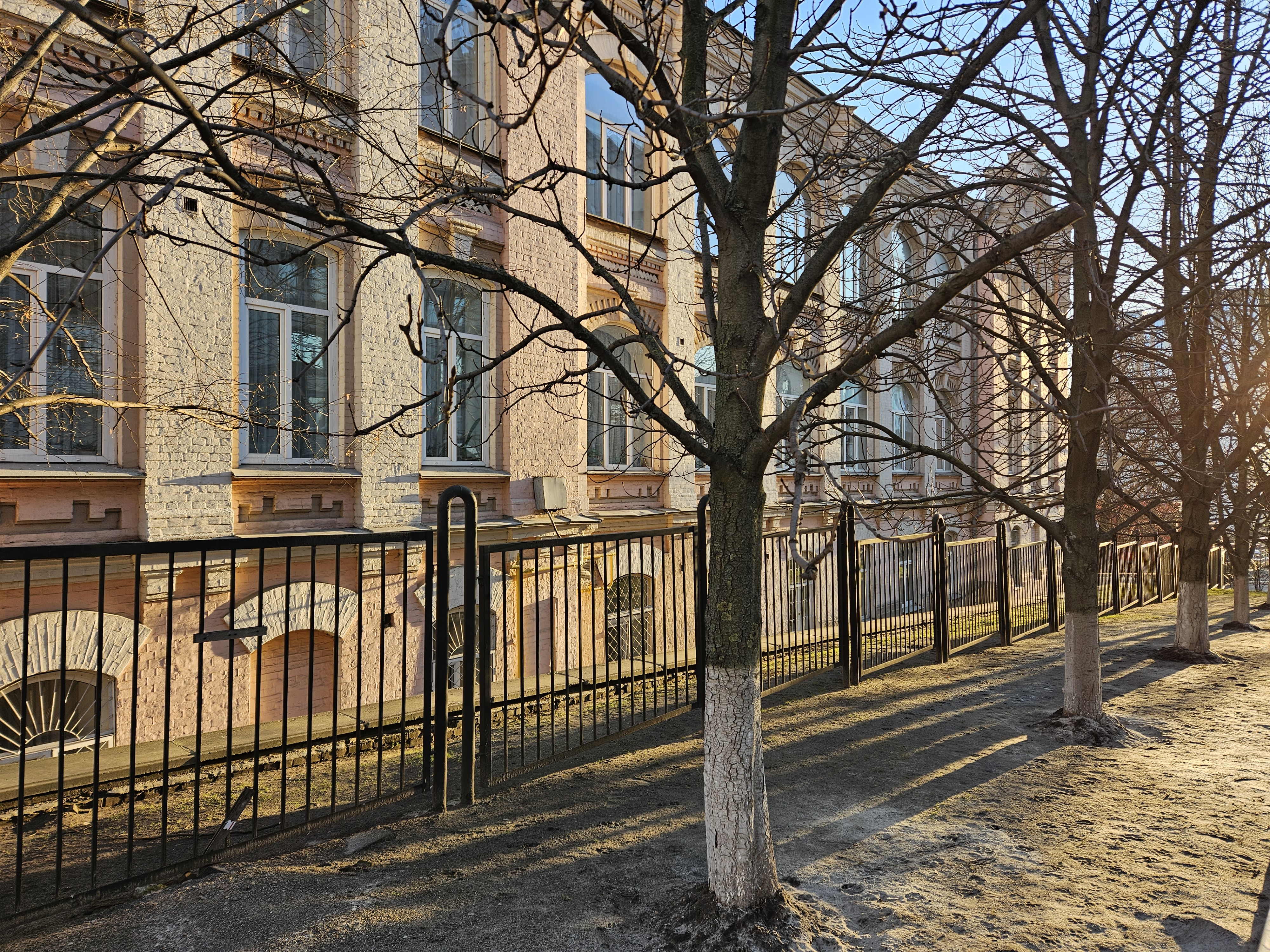










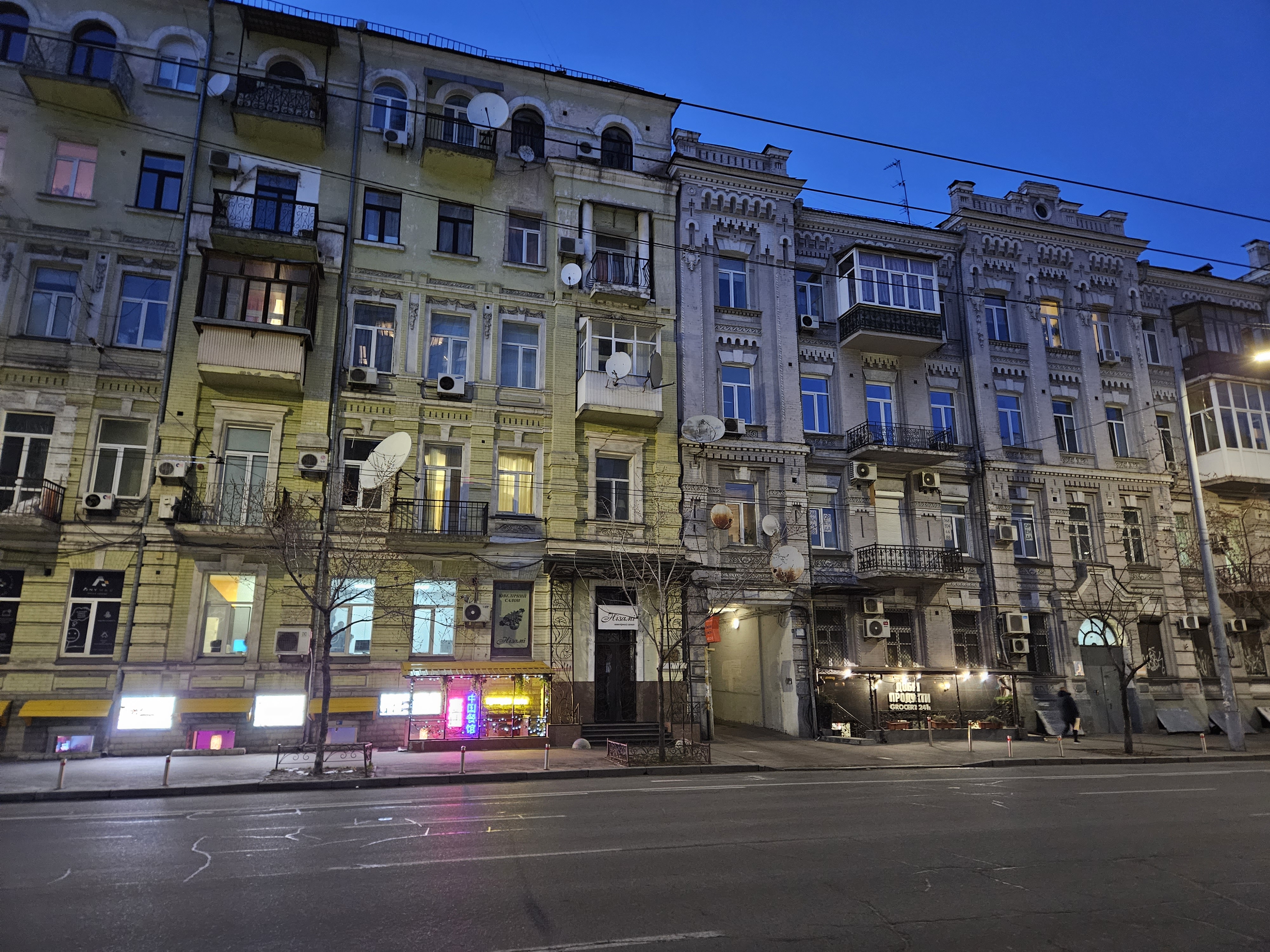

























Ultra wide angle:
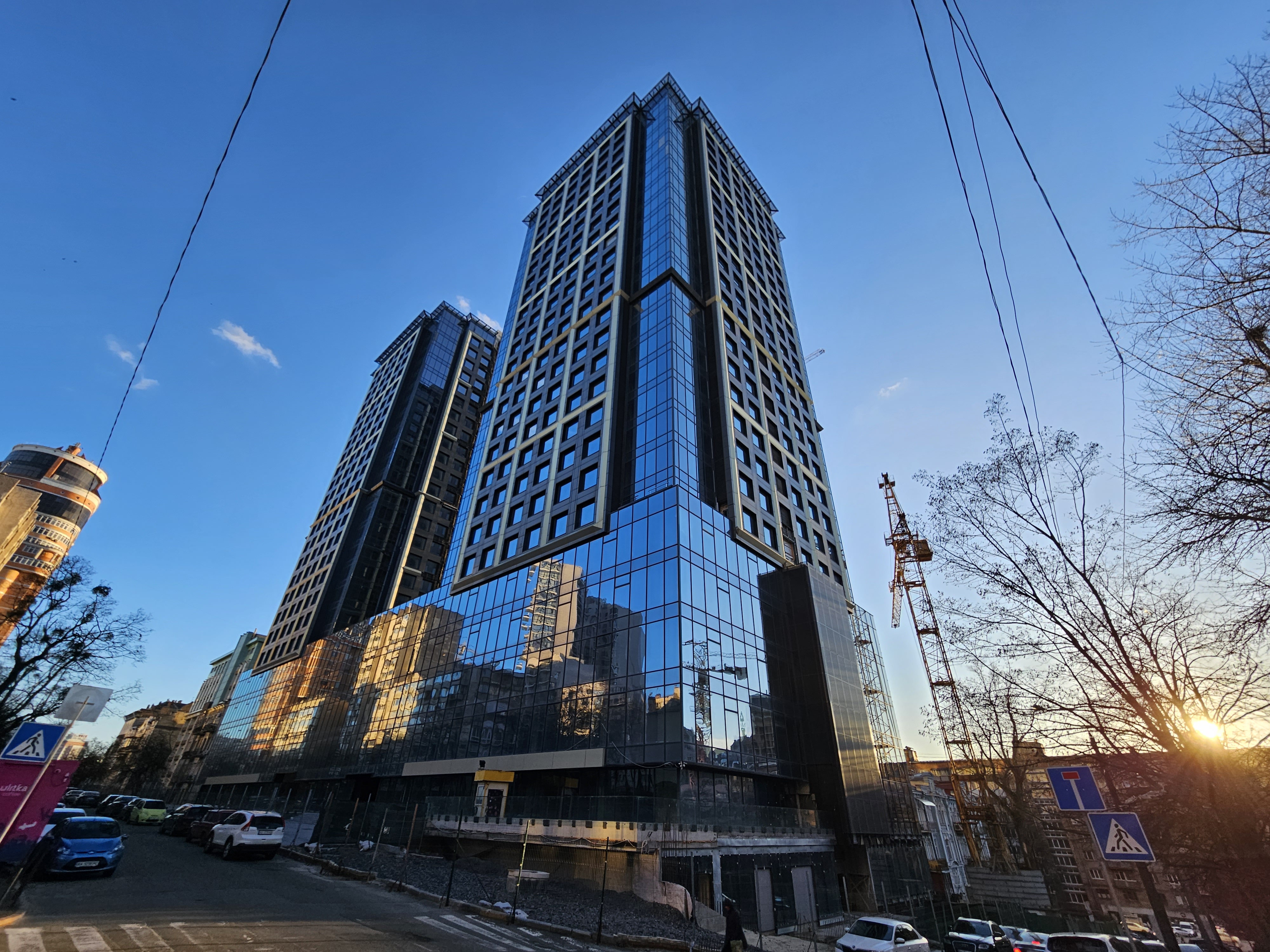











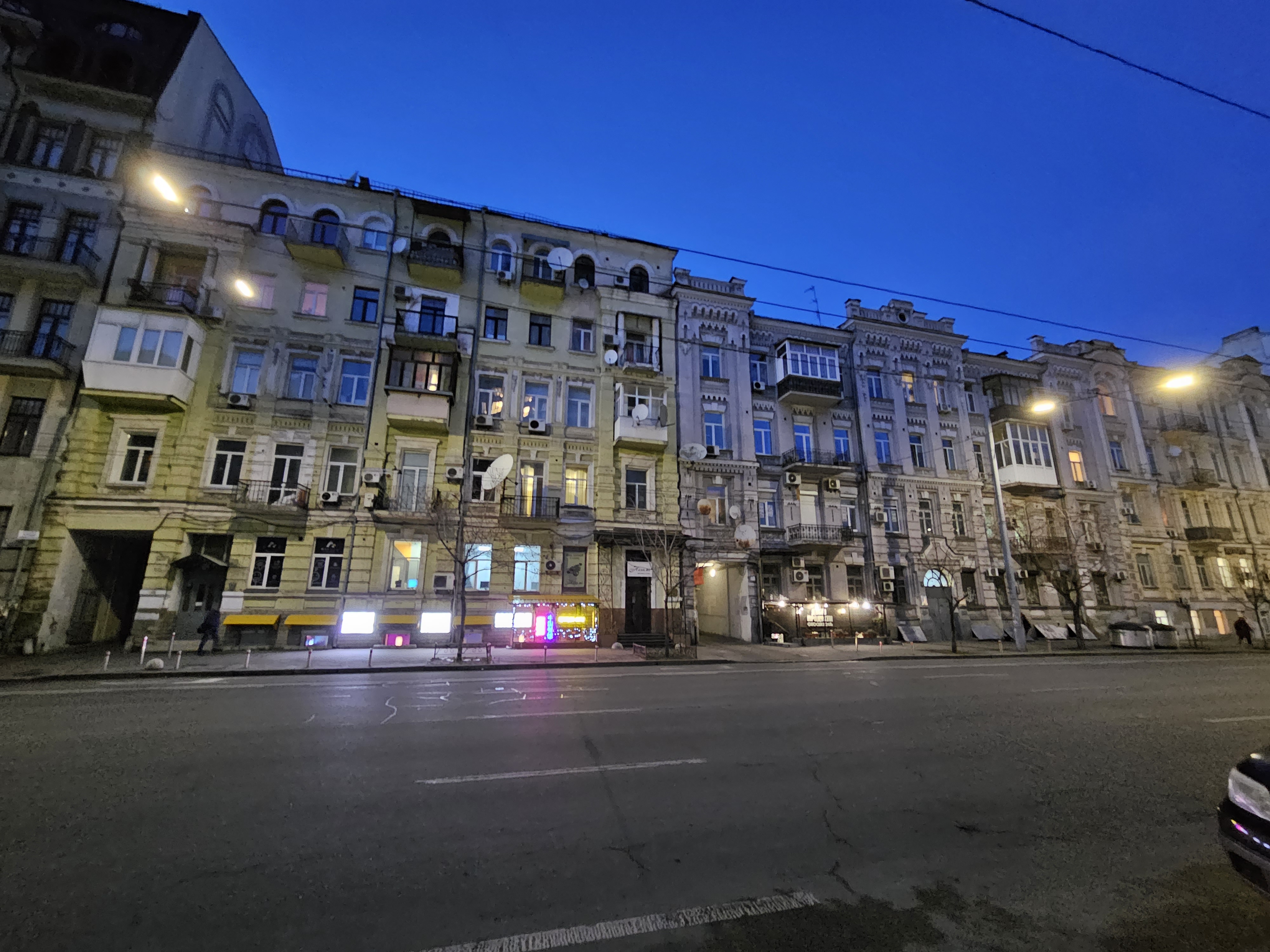

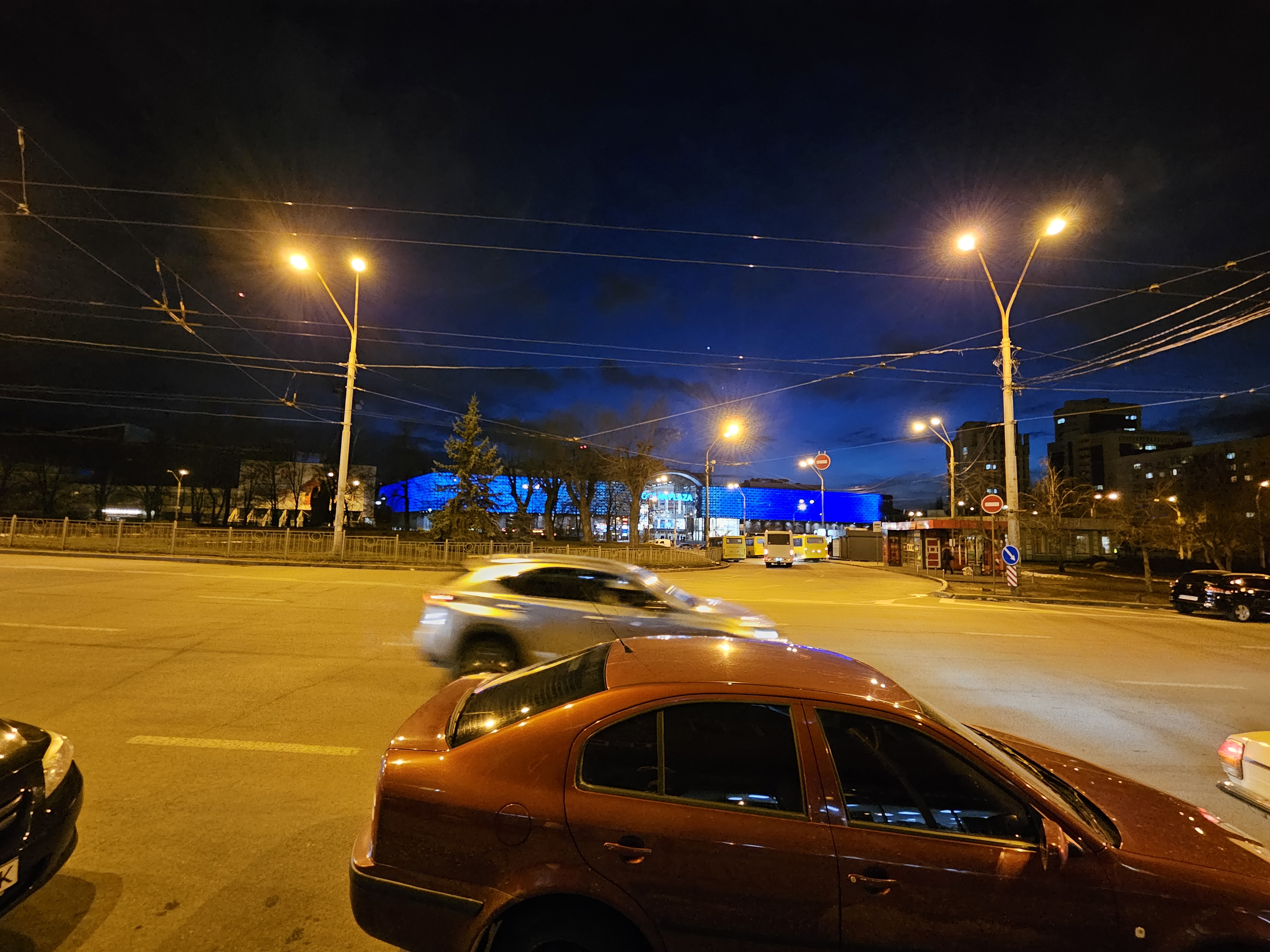





















3x zoom





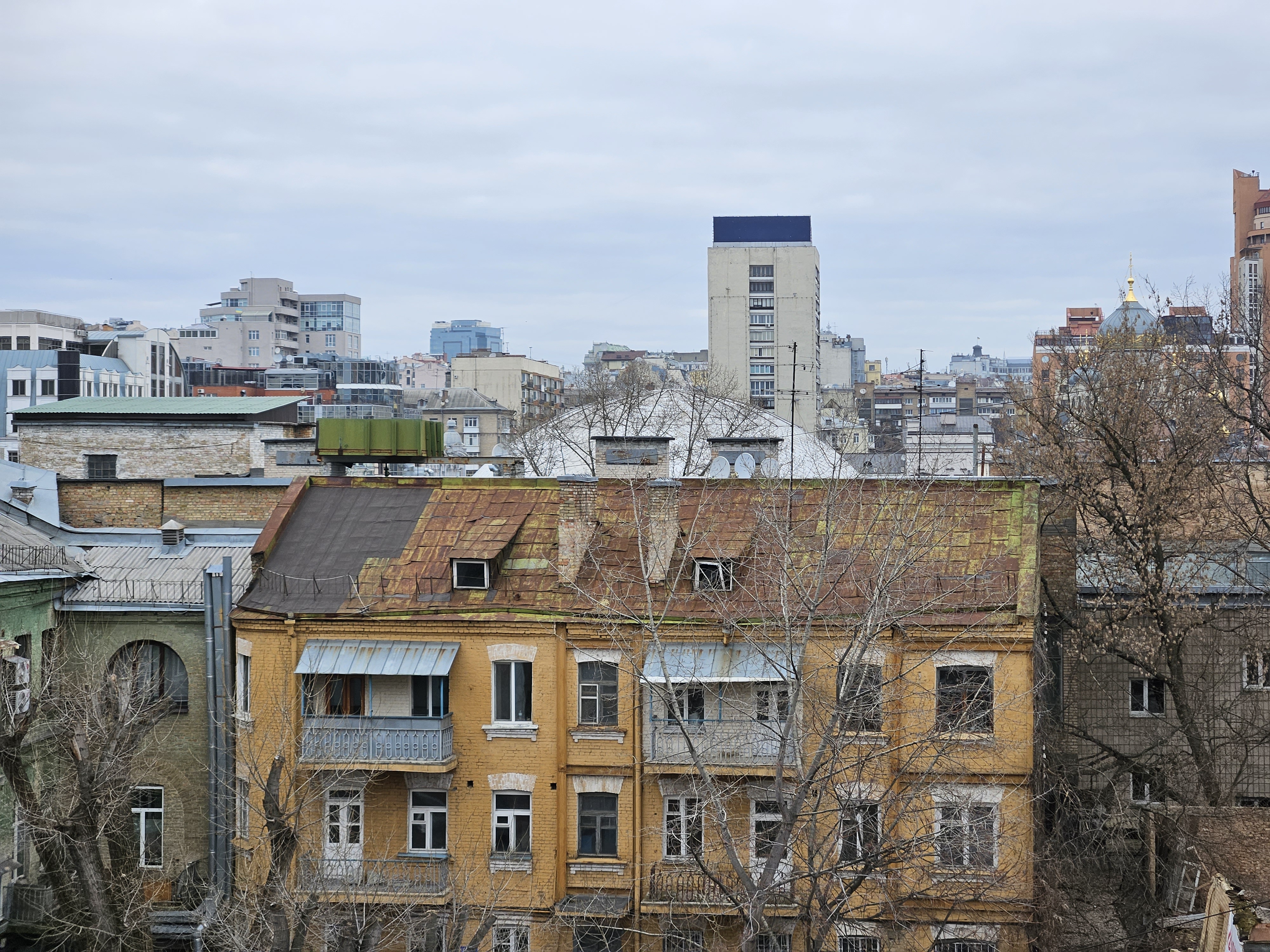





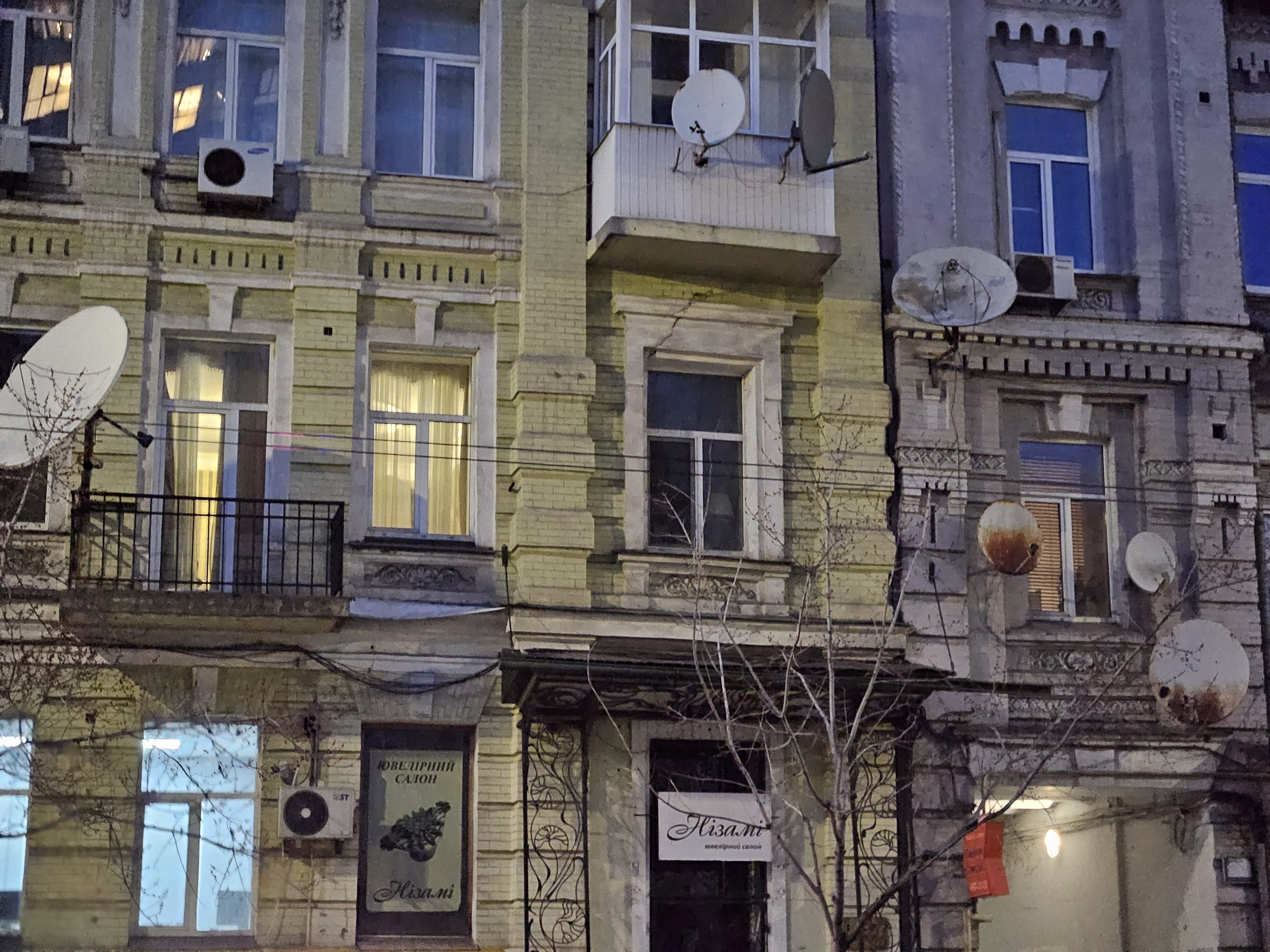




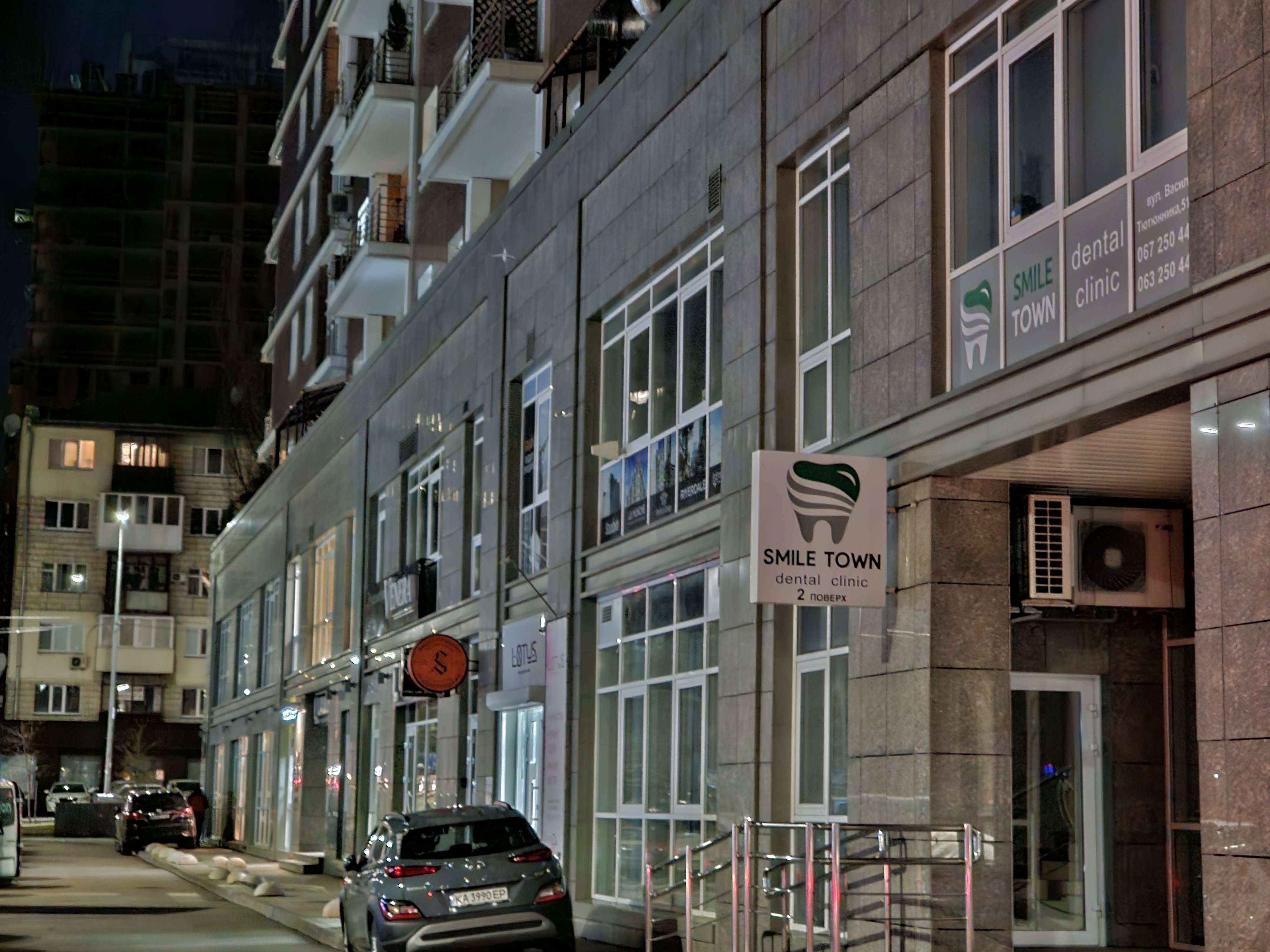



















4K 60 FPS video:
3 Things to Know about Samsung Galaxy S23 and Galaxy S23+.
- The Samsung Galaxy S23 and Galaxy S23+ feature the flagship Qualcomm Snapdragon 8 Gen 2 Mobile Platform for Galaxy
- The smartphones have a versatile camera that shoots well
- Battery life is enough for 24 hours of use
| Specifications | ||
|---|---|---|
| Samsung Galaxy S23 | Samsung Galaxy S23+ | |
| Display | Dynamic AMOLED 2x, 6.1 inches, 2340x1080 (aspect ratio 19.5:9), 422 ppi, HDR10+, 48-120 Hz, Gorilla Glass Victus 2 | Dynamic AMOLED 2x, 6.6 inches, 2340x1080 (aspect ratio 19.5:9), 390 ppi, HDR10+, 48-120 Hz, Gorilla Glass Victus 2 |
| Case | dimensions: 146.3x70.9x7.6 mm, weight: 167 g | dimensions: 157.8x76.2x7.6 mm, weight: 195 g |
| Processor | 64-bit 4nm Qualcomm Snapdragon 8 Gen 2 Mobile Platform for Galaxy, 1x3.36GHz Cortex-X3, 2x2.8GHz Cortex-A715, 2x2.8GHz Cortex-A710, 3x2.0GHz Cortex-A510, Adreno 740 719MHz graphics | 64-bit 4nm Qualcomm Snapdragon 8 Gen 2 Mobile Platform for Galaxy, 1x3.36GHz Cortex-X3, 2x2.8GHz Cortex-A715, 2x2.8GHz Cortex-A710, 3x2.0GHz Cortex-A510, Adreno 740 719MHz graphics |
| RAM | 8GB | 8GB |
| Flash memory | 128GB UFS 3.1 / 256GB UFS 4.0 | 256/512GB UFS 4.0 |
| Camera |
50MP (f/1.8, 24mm, 1/1.57", 1.0µm, multi-directional PDAF, OIS); 10MP telephoto (f/2.4, 70mm, 1/3.94", 1.0µm, PDAF, OIS, 3x zoom); ultra-wide-angle 12 MP (f/2.2, 13mm, 120˚, 1/2.55" 1.4µm); flash, video 8K@30fps, 2160p@60fps, 1080p@240fps, 720p@960fps; front camera: 12 MP (f/2.2, 25mm, PDAF) |
50MP (f/1.8, 24mm, 1/1.57", 1.0µm, multi-directional PDAF, OIS); telephoto 10MP (f/2.4, 70mm, 1/3.94", 1.0µm, PDAF, OIS, 3x zoom); ultra-wide angle 12MP (f/2.2, 13mm, 120˚, 1/2.55" 1.4µm); flash, video 8K@24fps, 2160p@60fps, 1080p@240fps, 720p@960fps; front camera: 12MP (f/2.2, 25mm, PDAF) |
| Wireless technologies | Wi-Fi 802.11 a/b/g/n/ac/6e (tri-band), Bluetooth 5.3 LE, NFC | Wi-Fi 802.11 a/b/g/n/ac/6e (tri-band), Bluetooth 5.3 LE, NFC |
| GPS | GPS, A-GPS, GLONASS, BDS, GALILEO | GPS, A-GPS, GLONASS, BDS, GALILEO |
| Battery | 3900mAh, non-removable, fast charging 25W, wireless charging 15W, wireless charging | 4700mAh, non-removable, fast charging 45W, wireless charging 15W, reverse wireless charging |
| Operating system | Android 13 + One UI 5.1 | Android 13 + One UI 5.1 |
| Sim card | 2xNanoSIM | 2xNanoSIM |
| Optional | dust and water protection IP68, ultrasonic fingerprint scanner in screen, Samsung Wireless DeX | dust and water protection IP68, ultrasonic fingerprint scanner in screen, Samsung Wireless DeX |
Go Deeper:
- Samsung Galaxy S23 Ultra review: reaching for the stars
- Samsung Galaxy Flip4 review: flagship Android smartphone clamshell
- Samsung Galaxy Fold4 review: the best smartphone for geeks
- Samsung Galaxy Watch5 Pro and Watch5 review: plus battery life, minus physical bezel
- Hello, Hi-Res Audio without wires! Review of the flagship TWS headphones Samsung Galaxy Buds2 Pro



